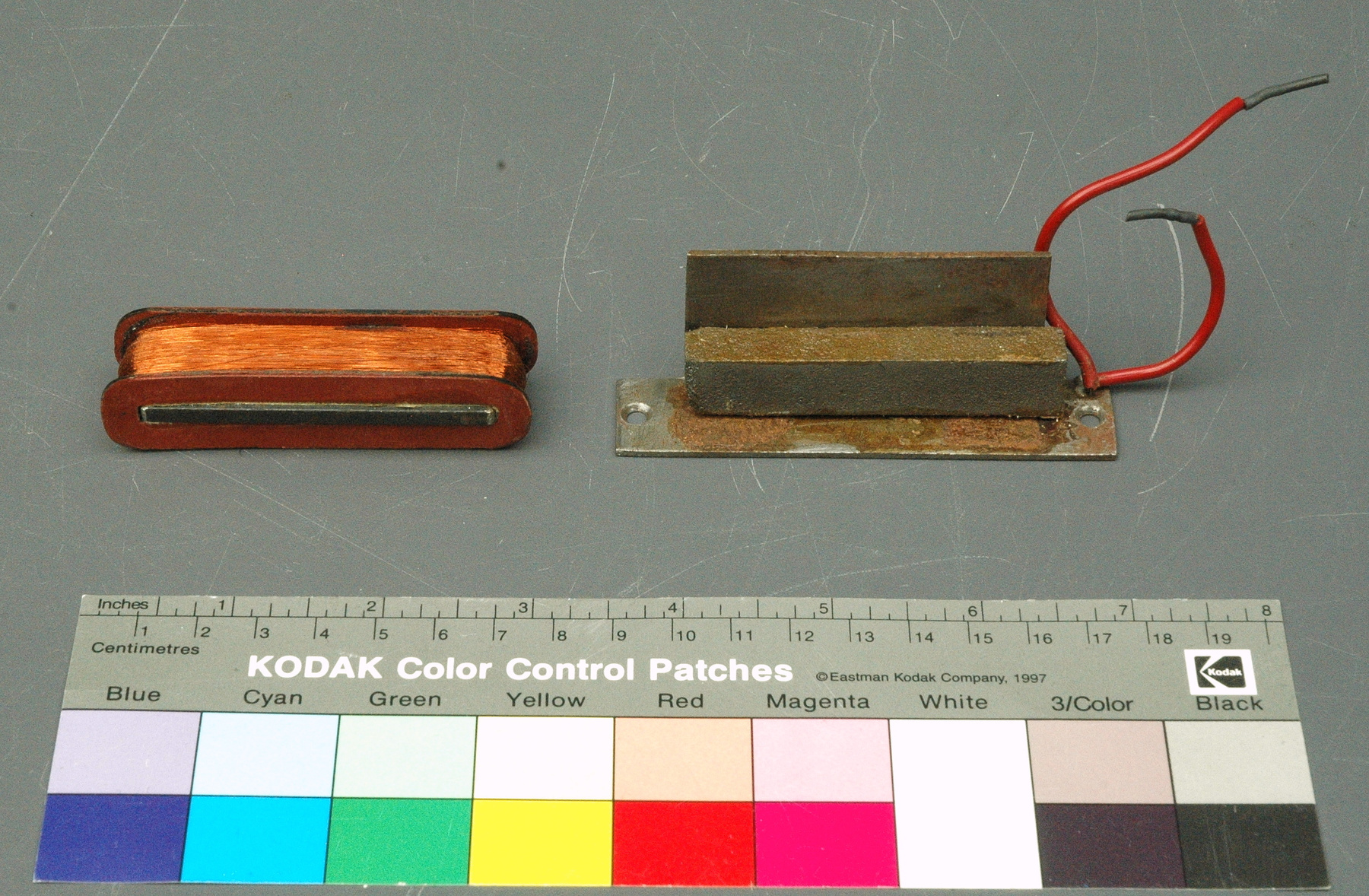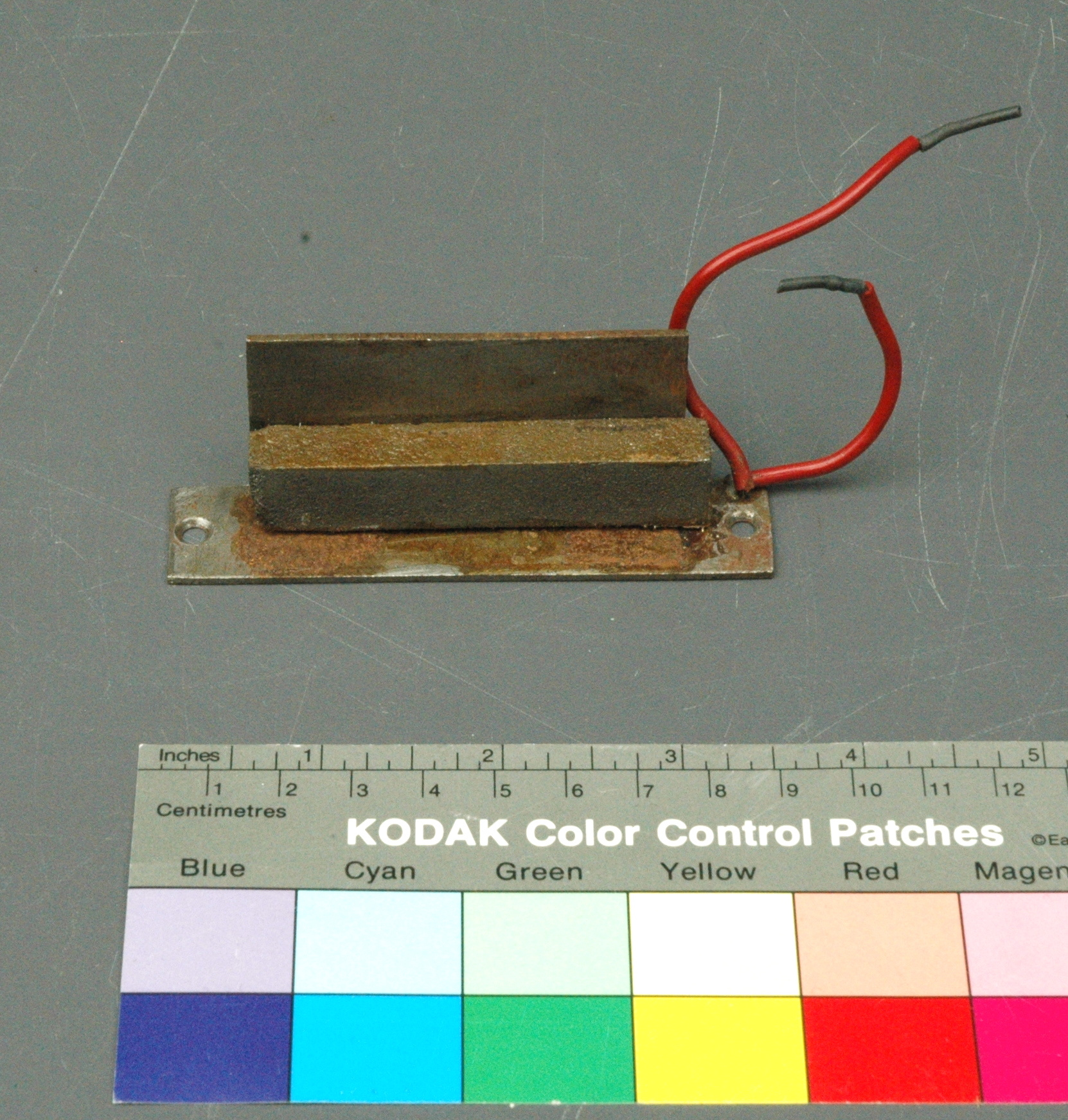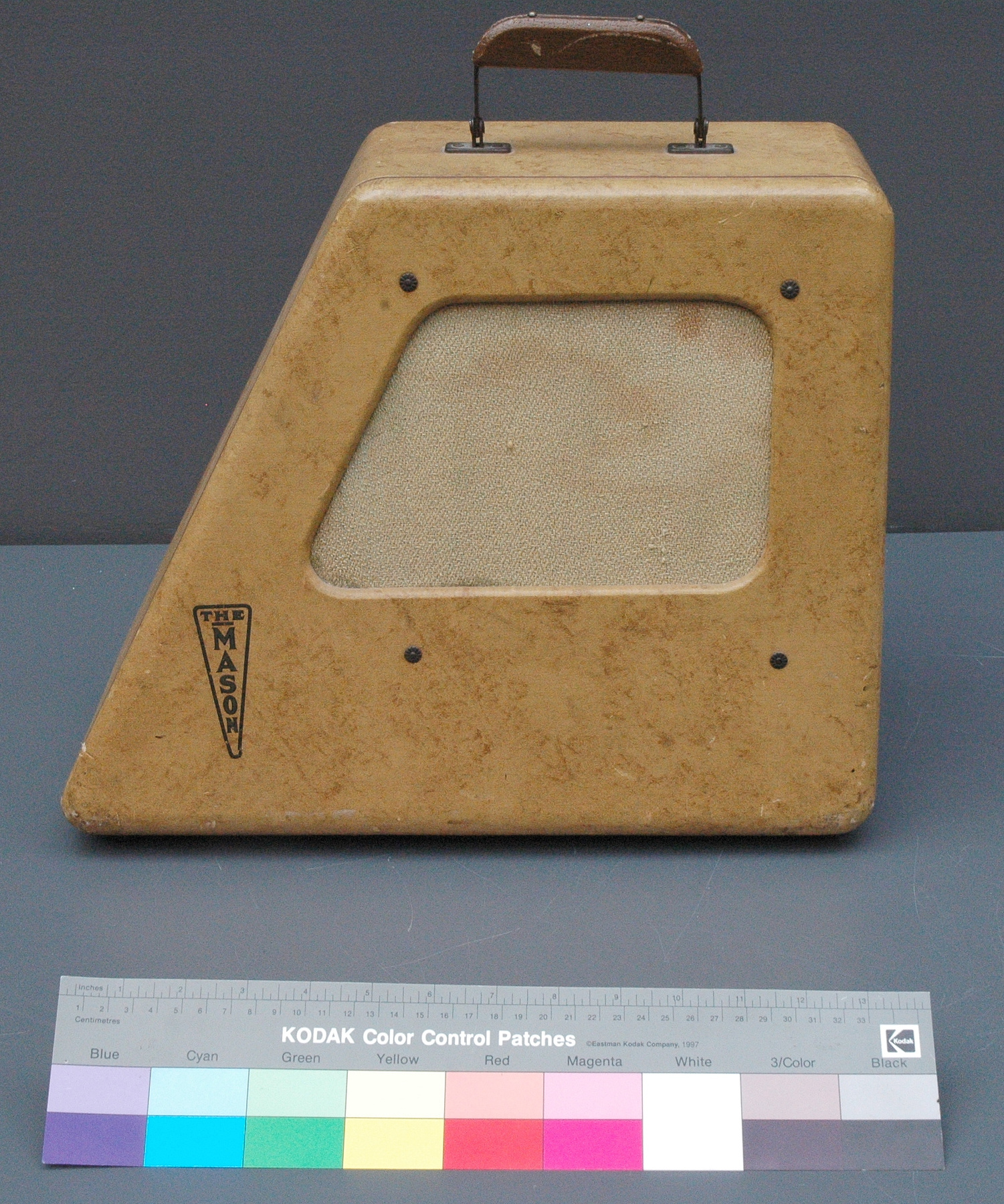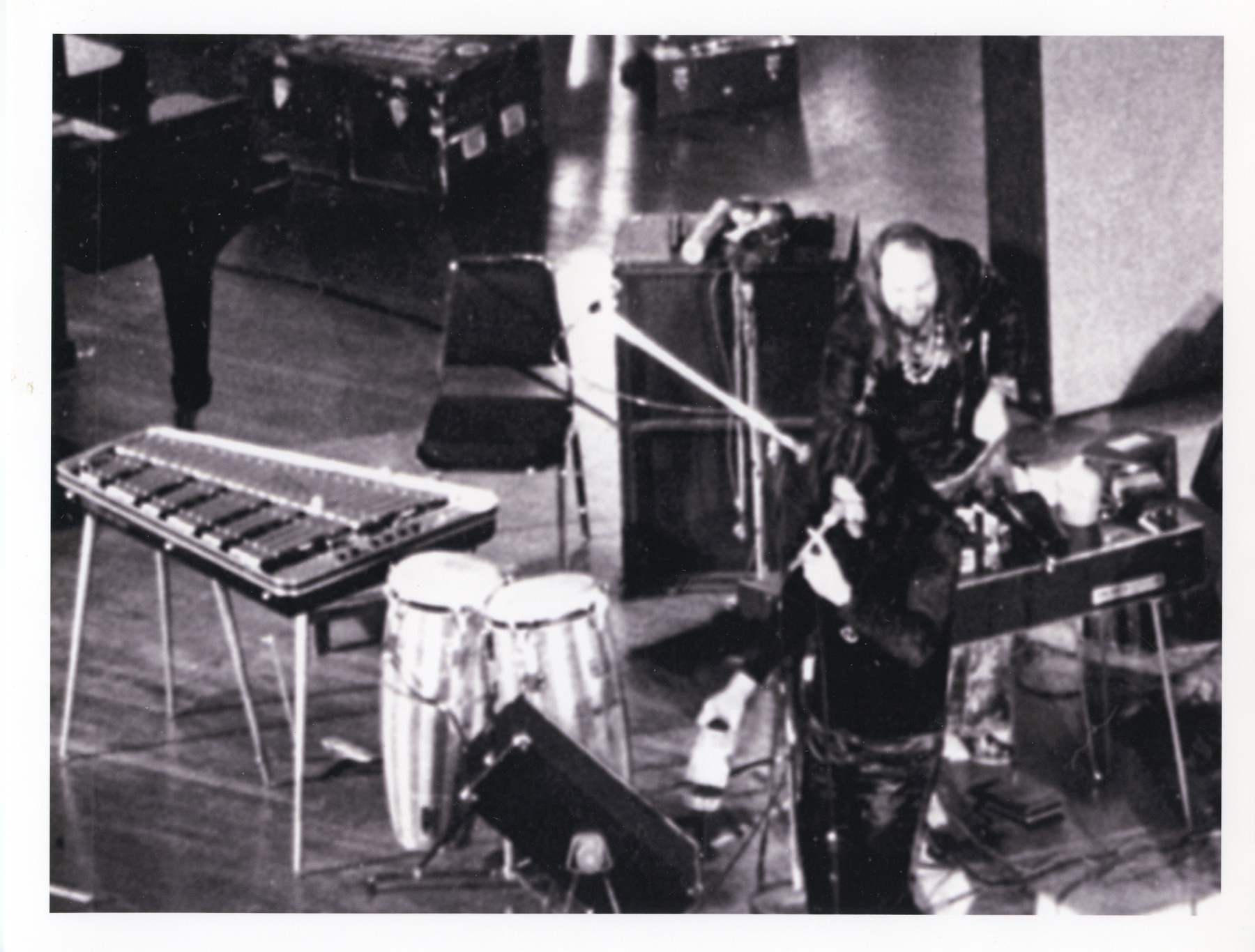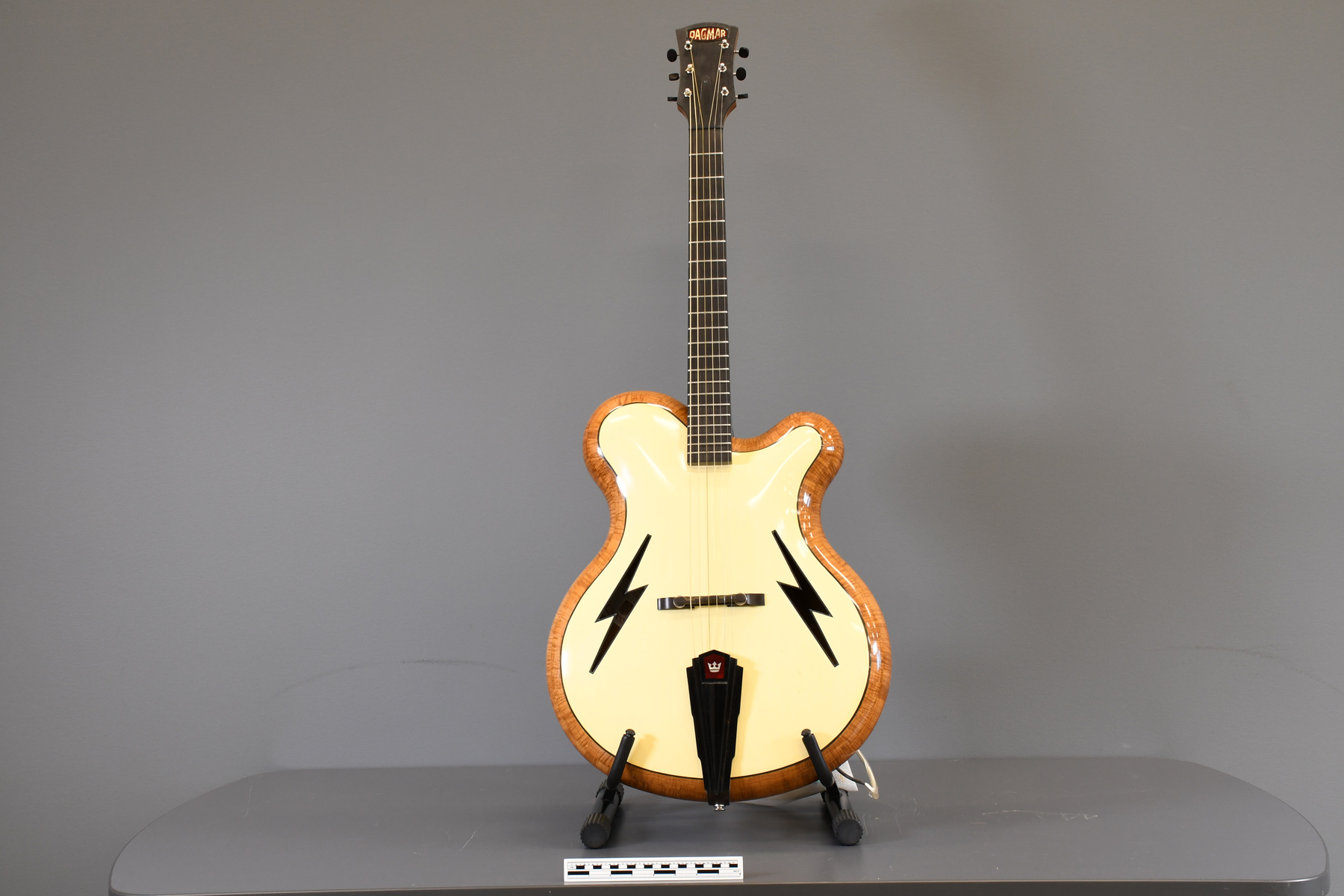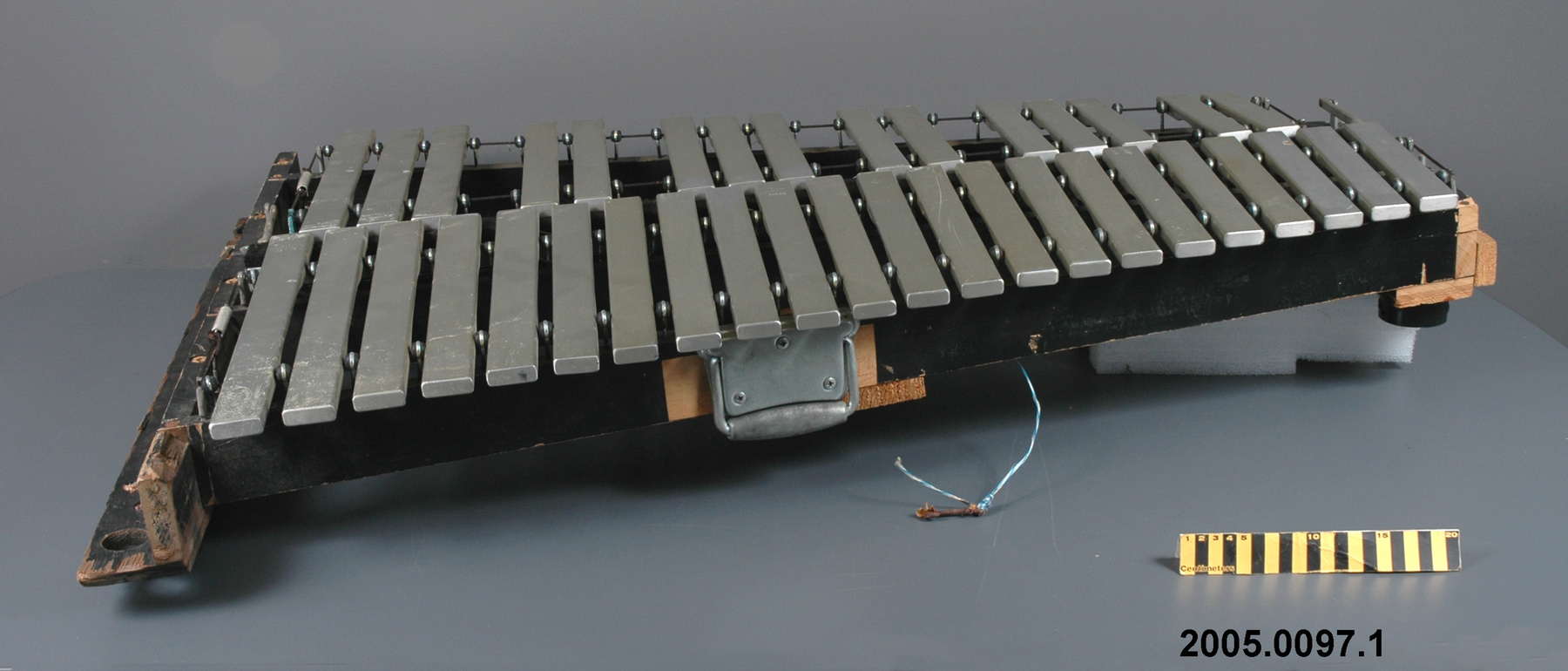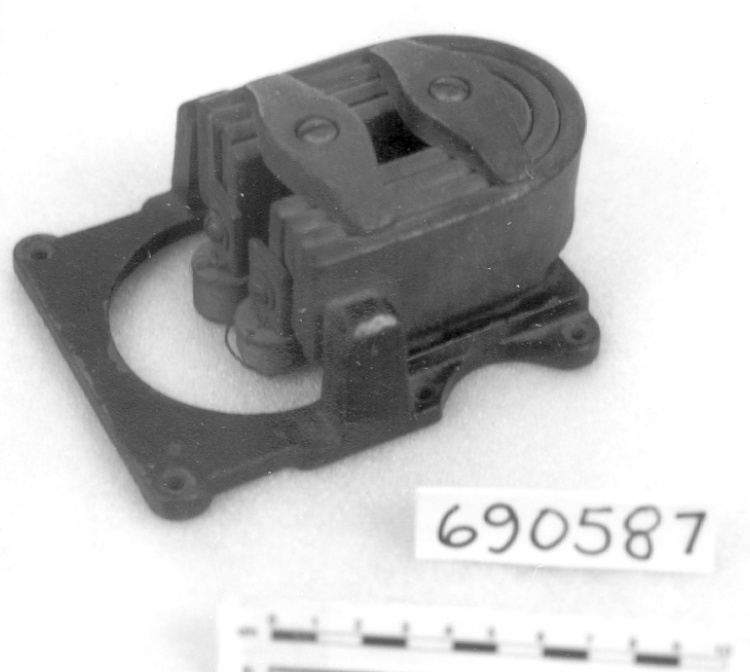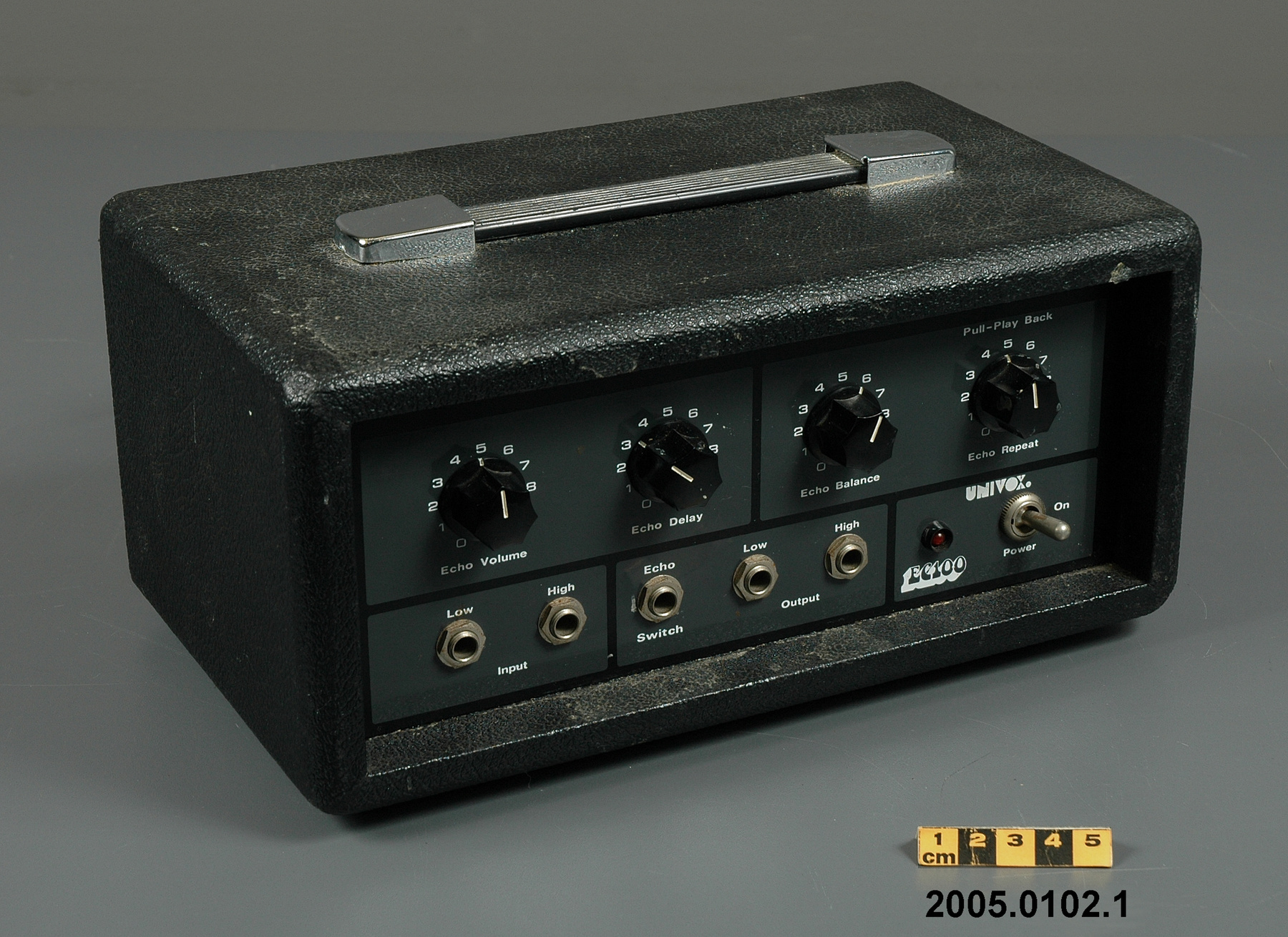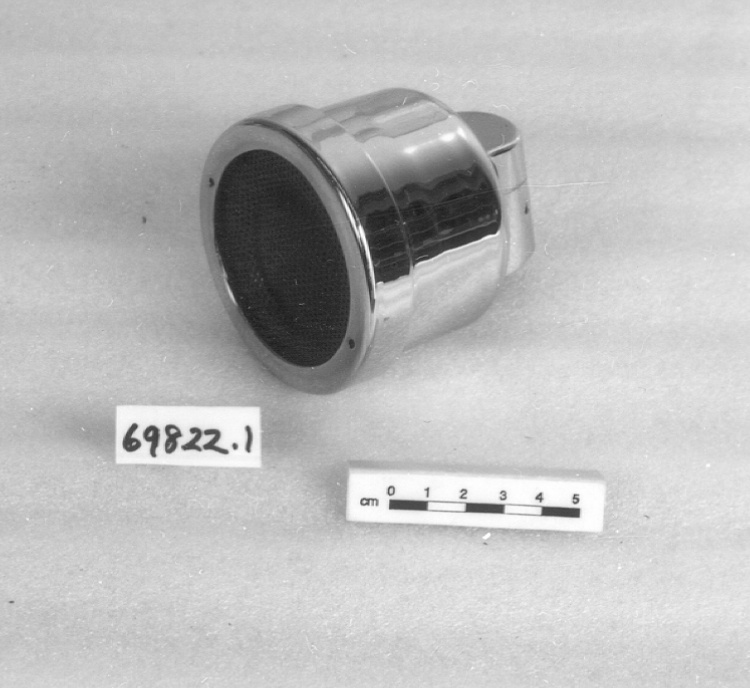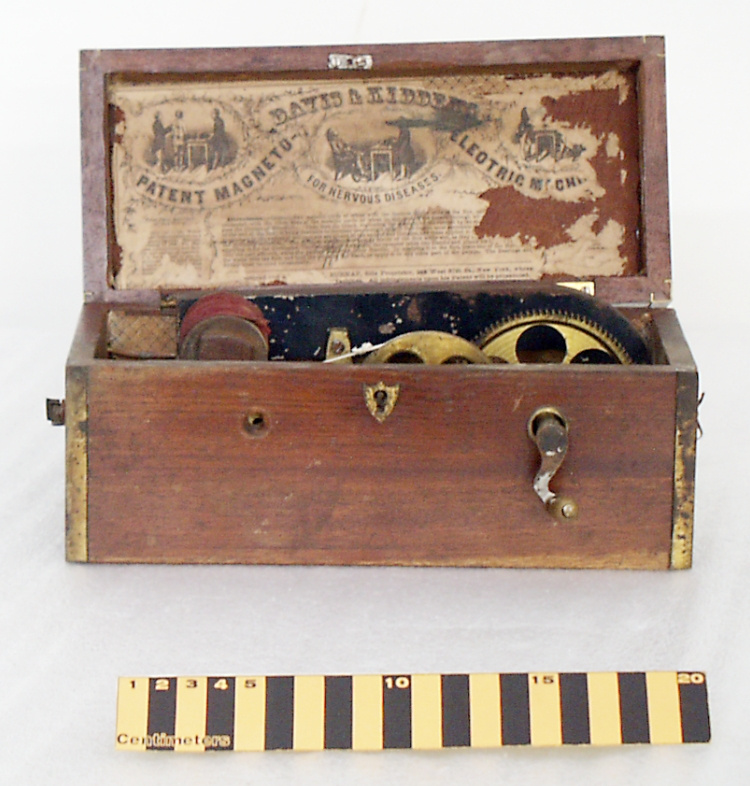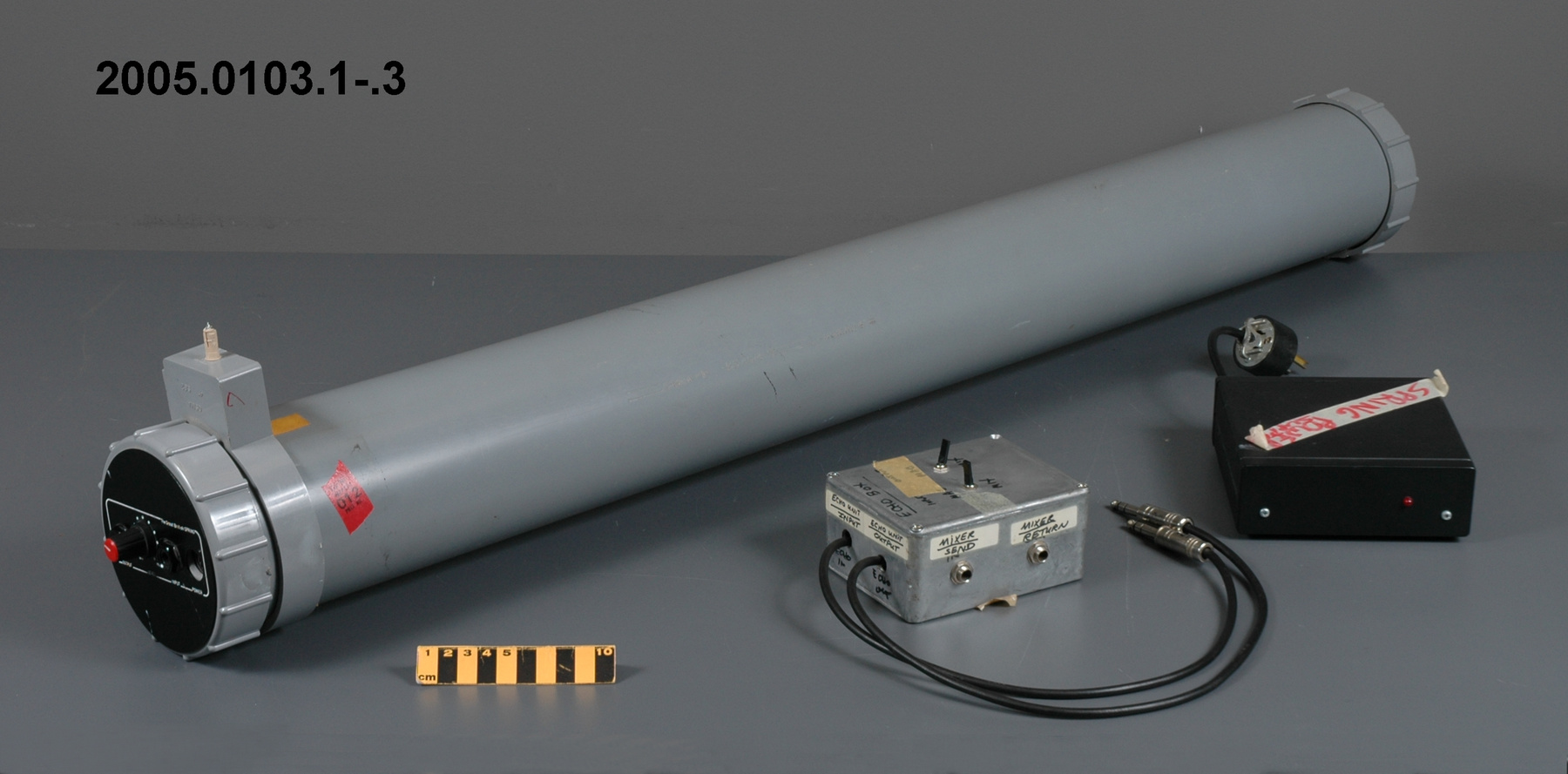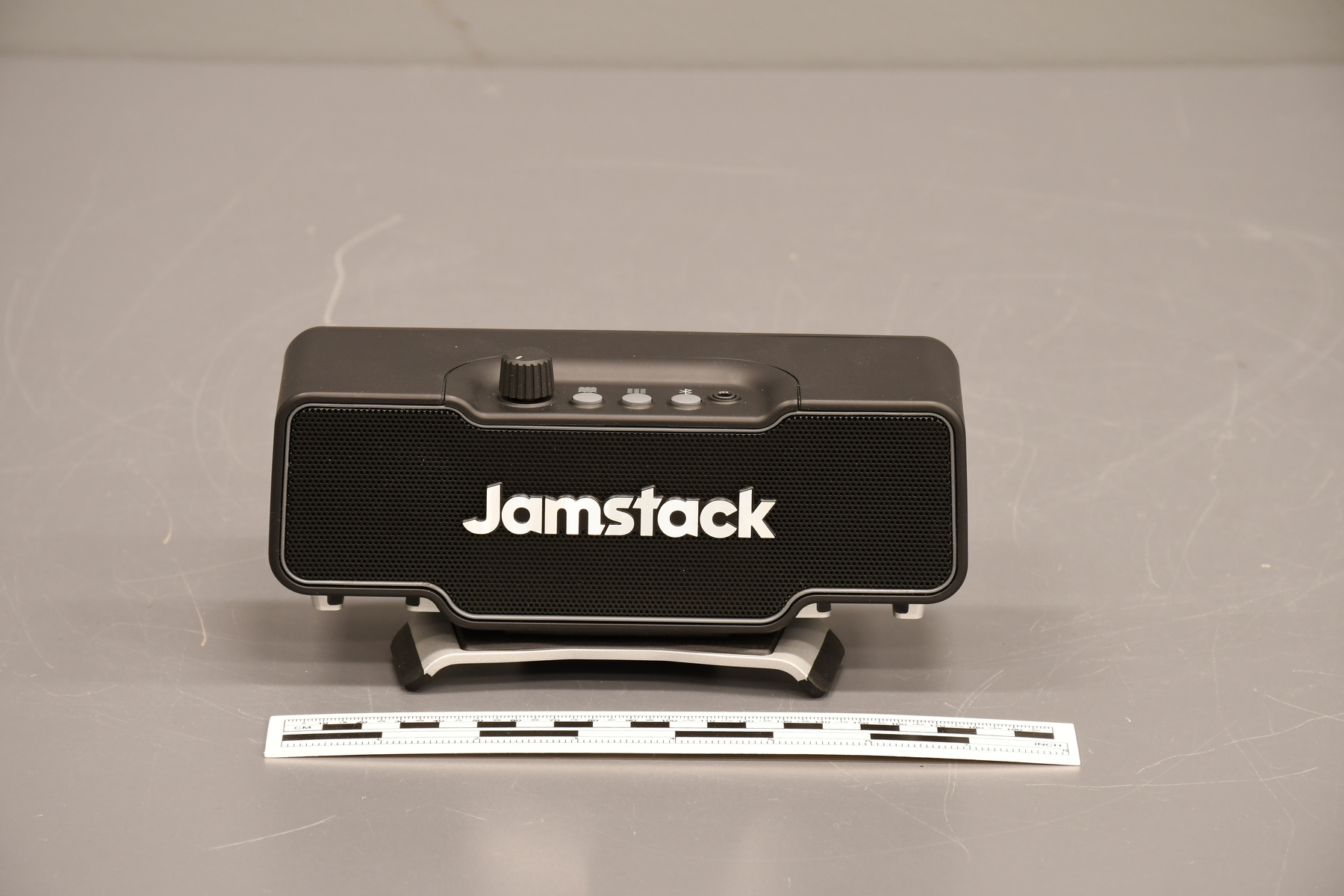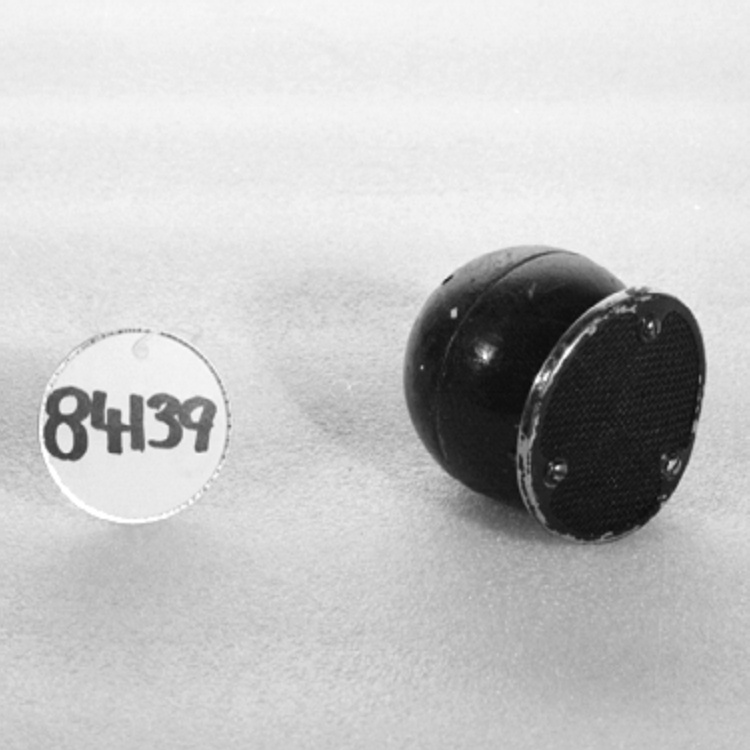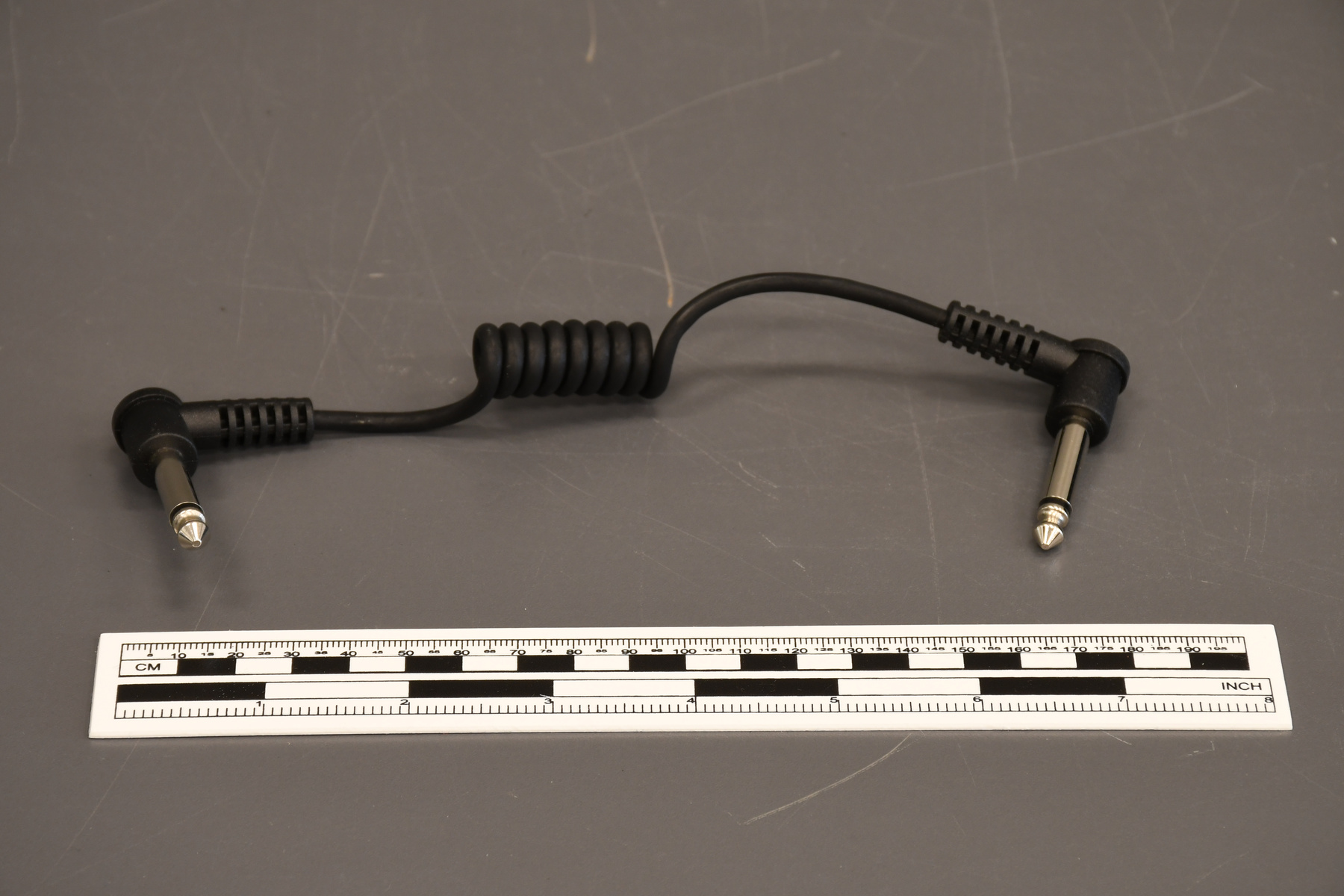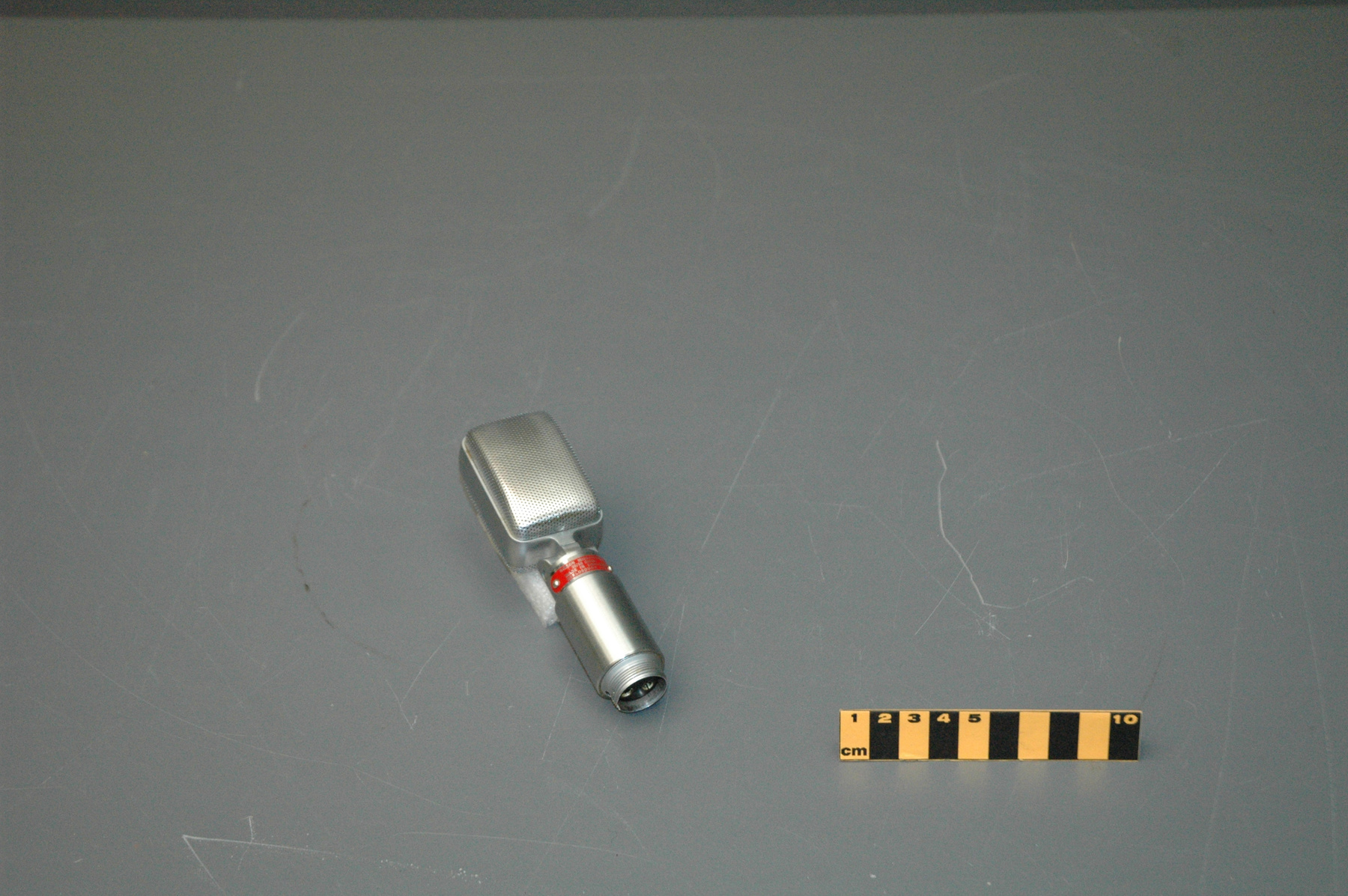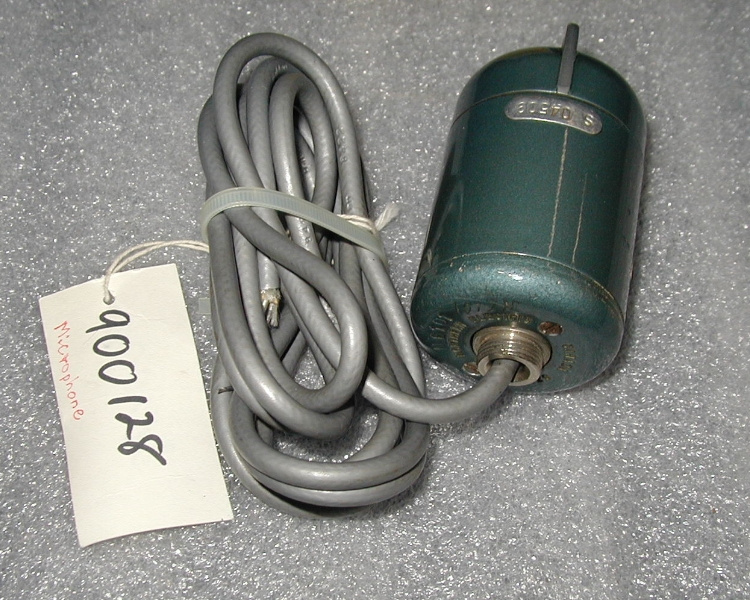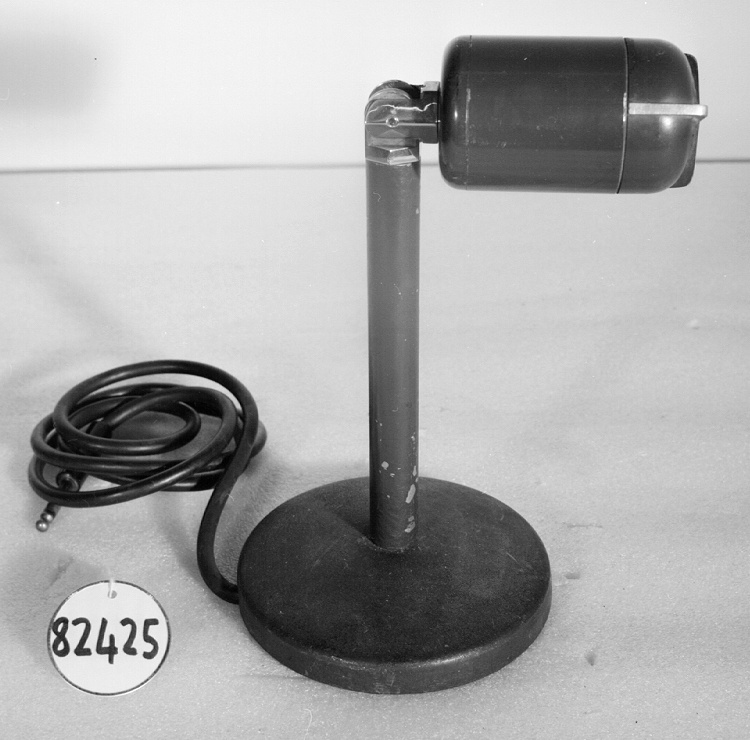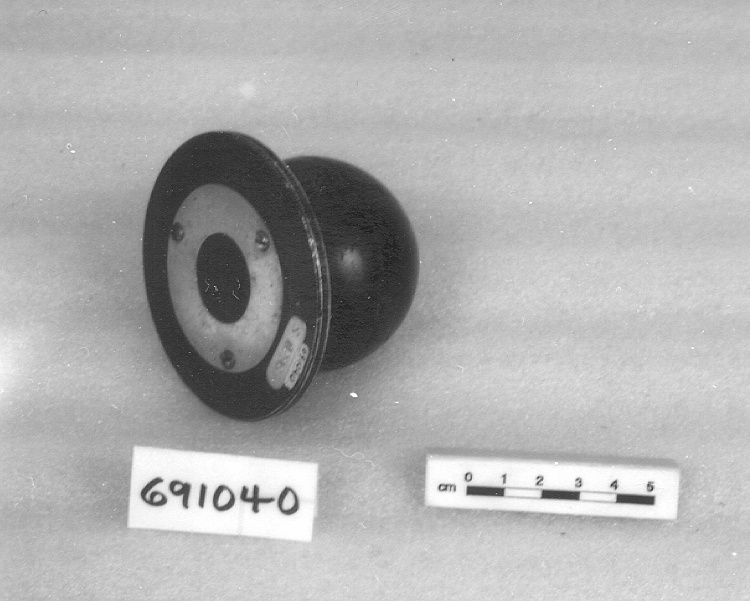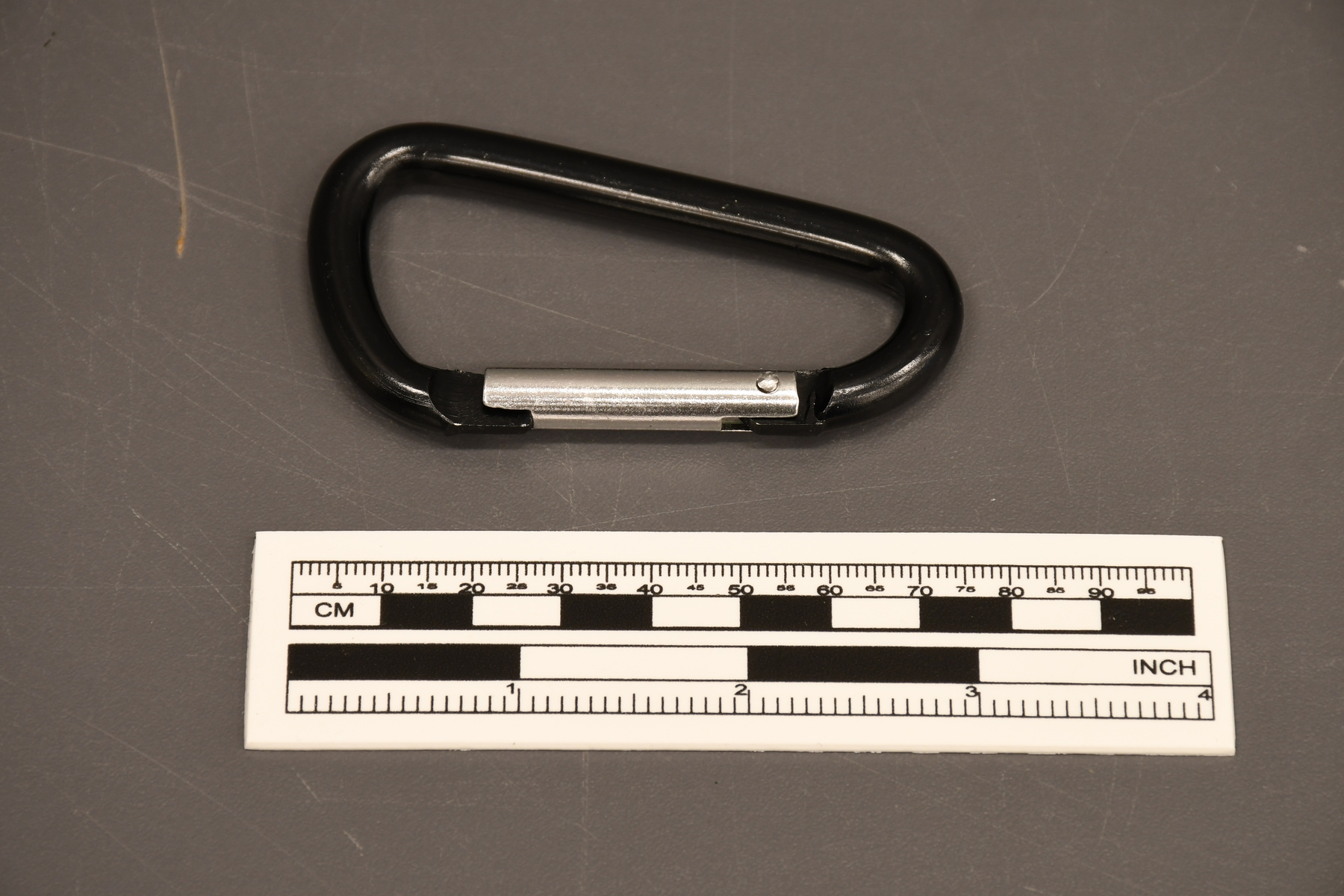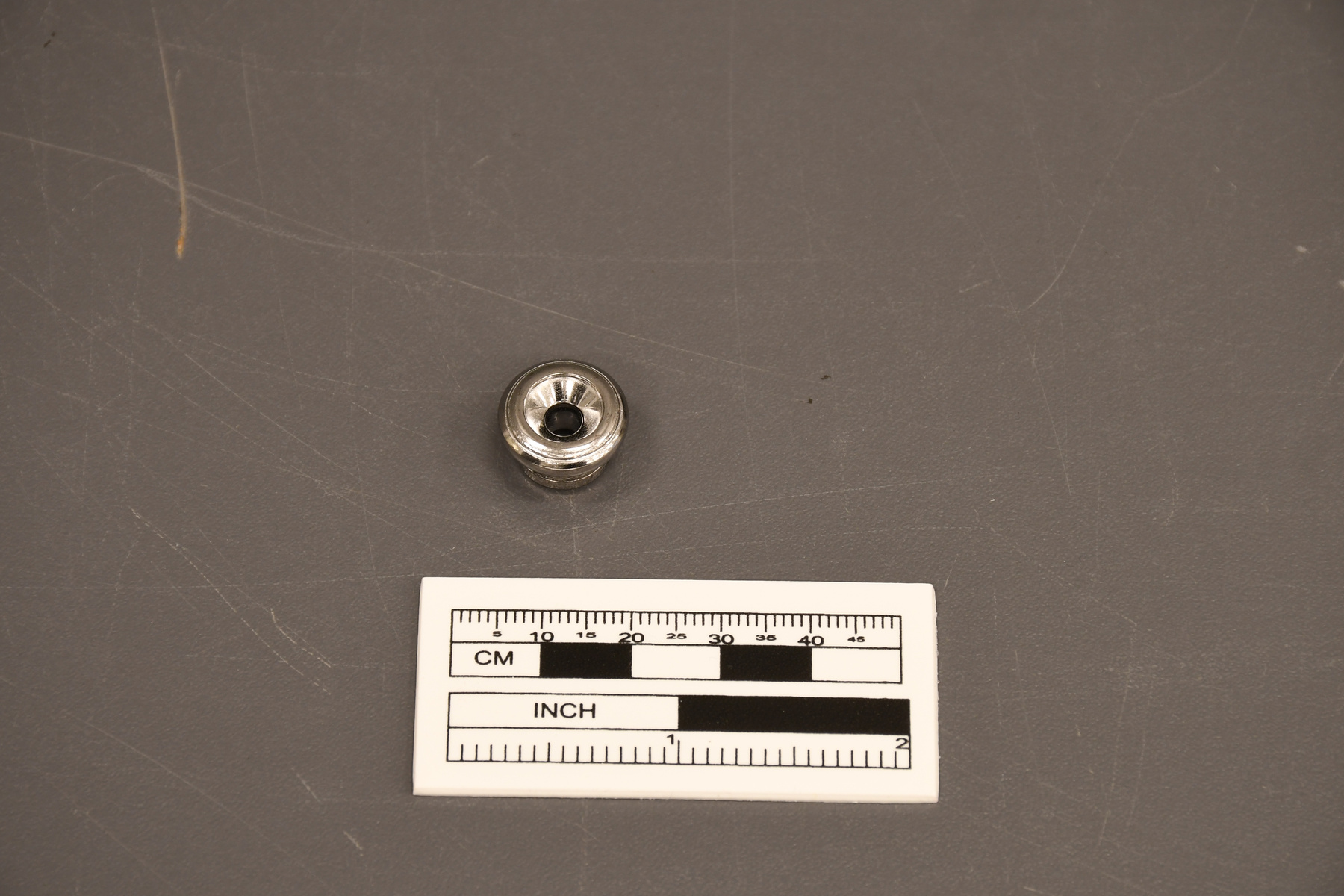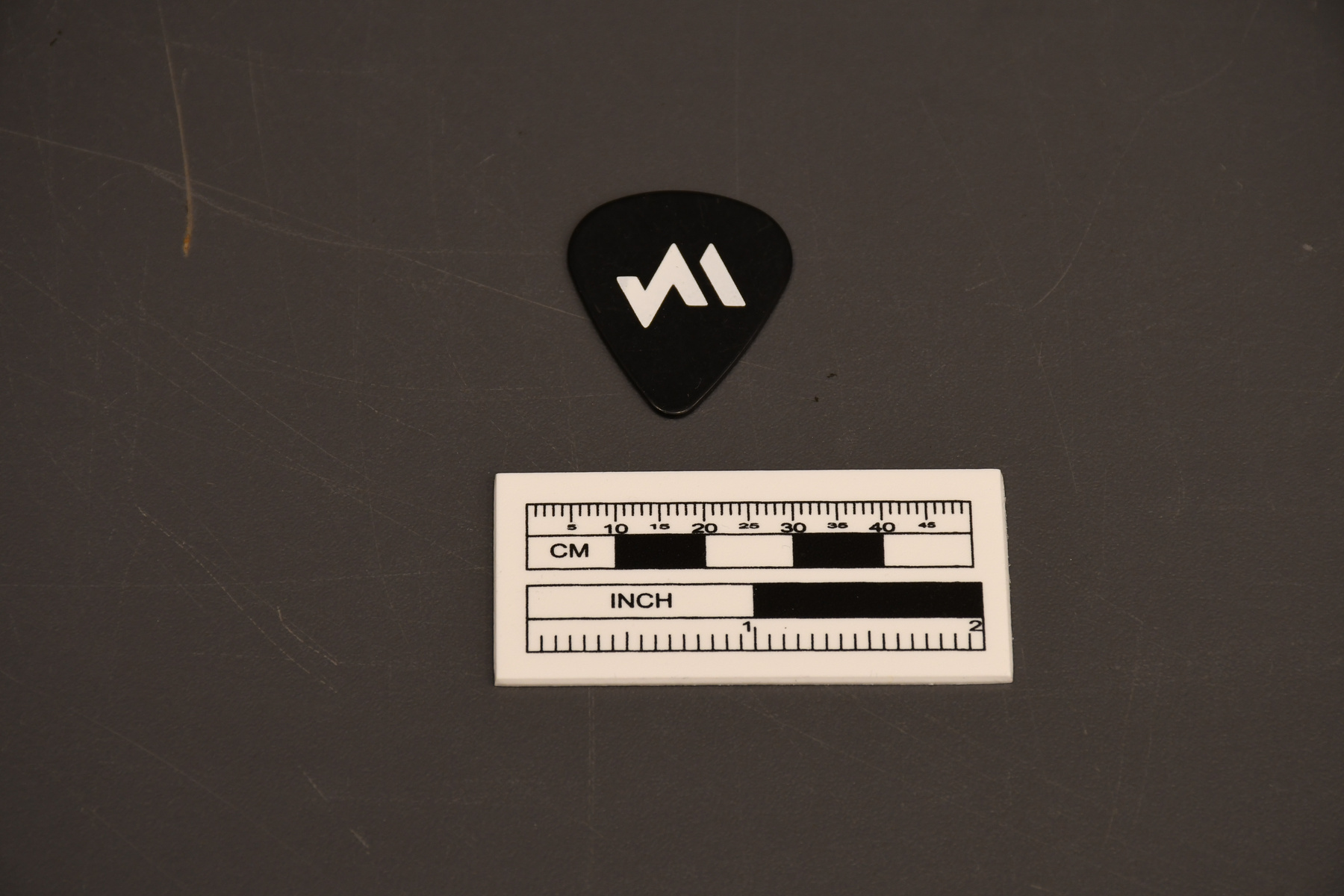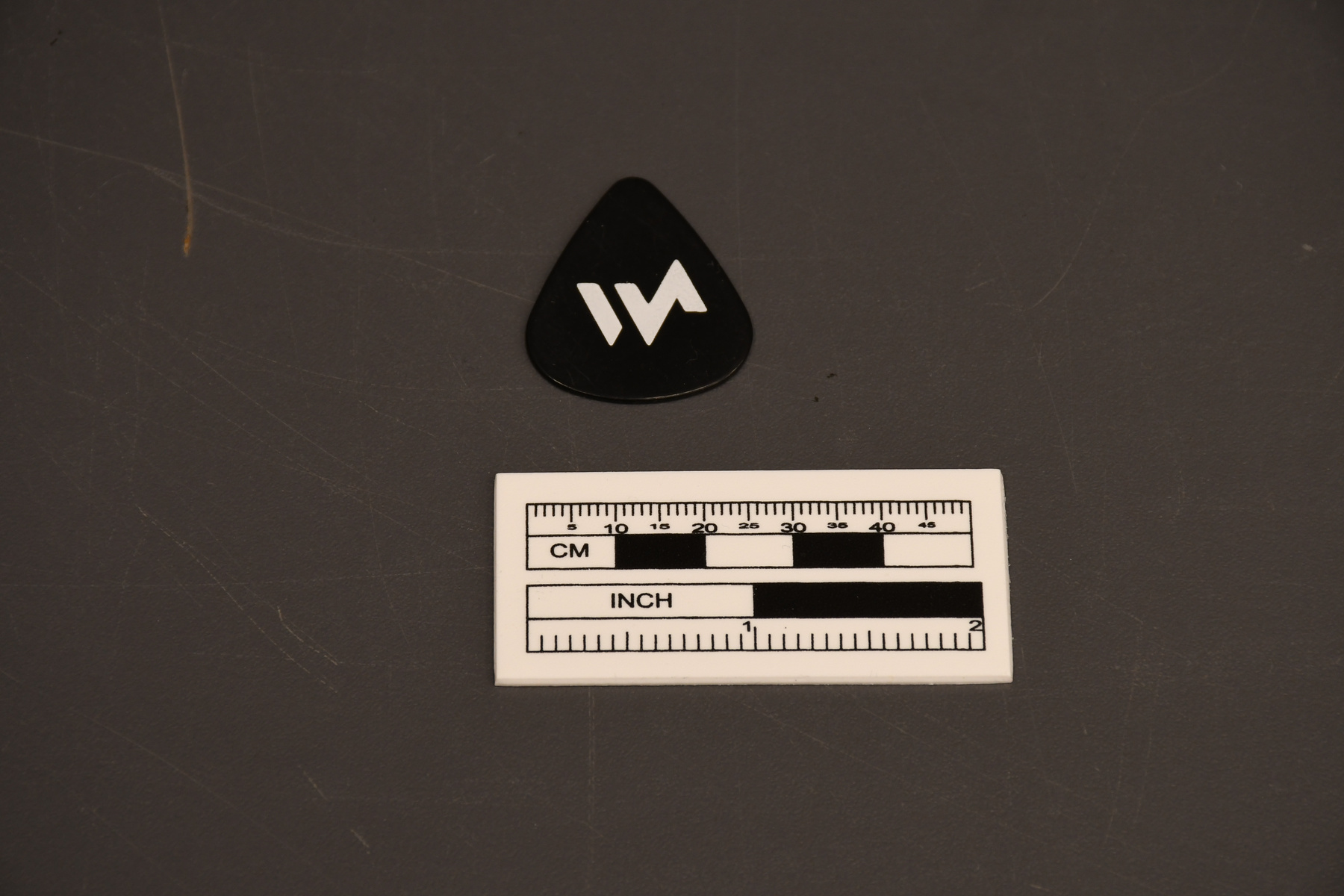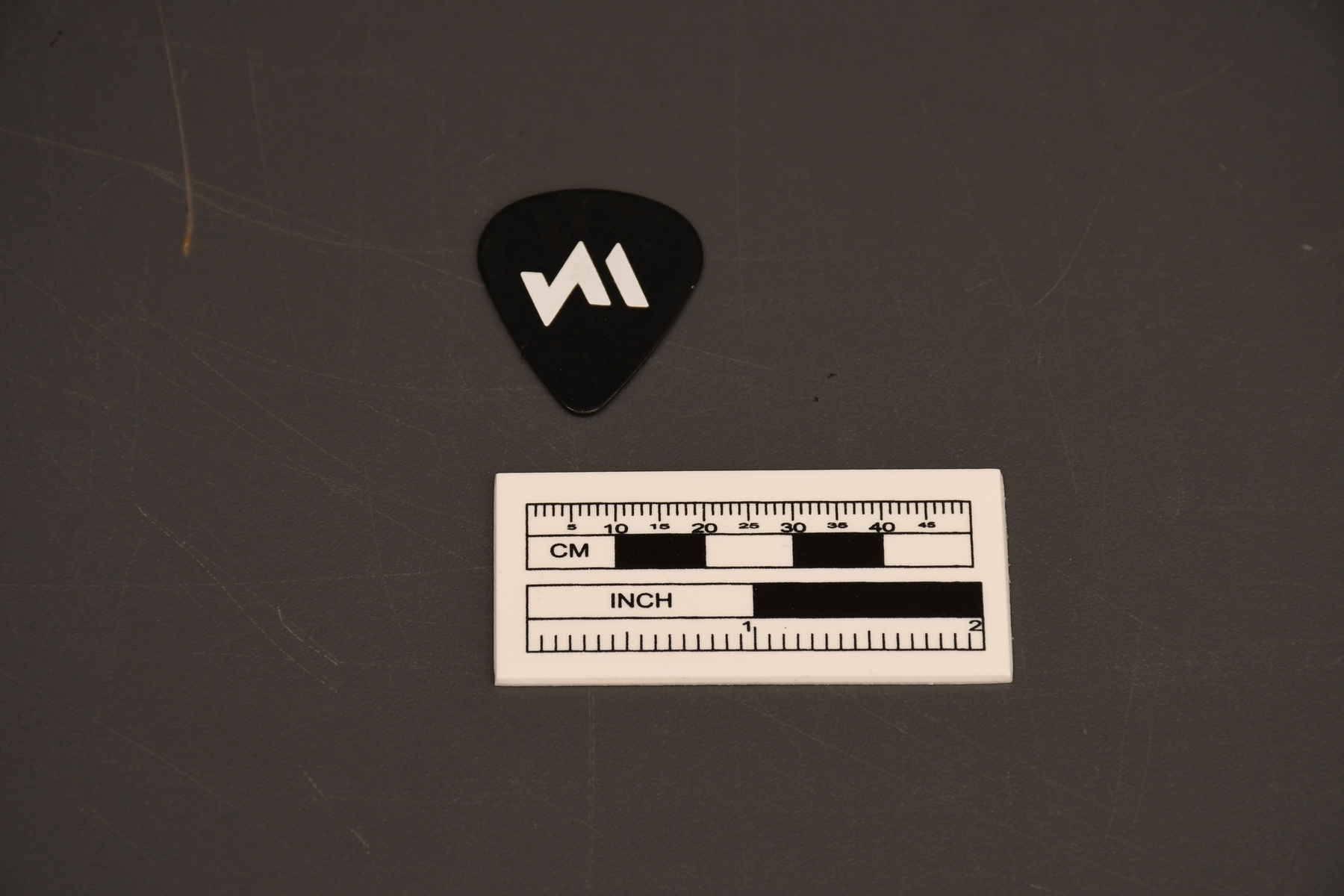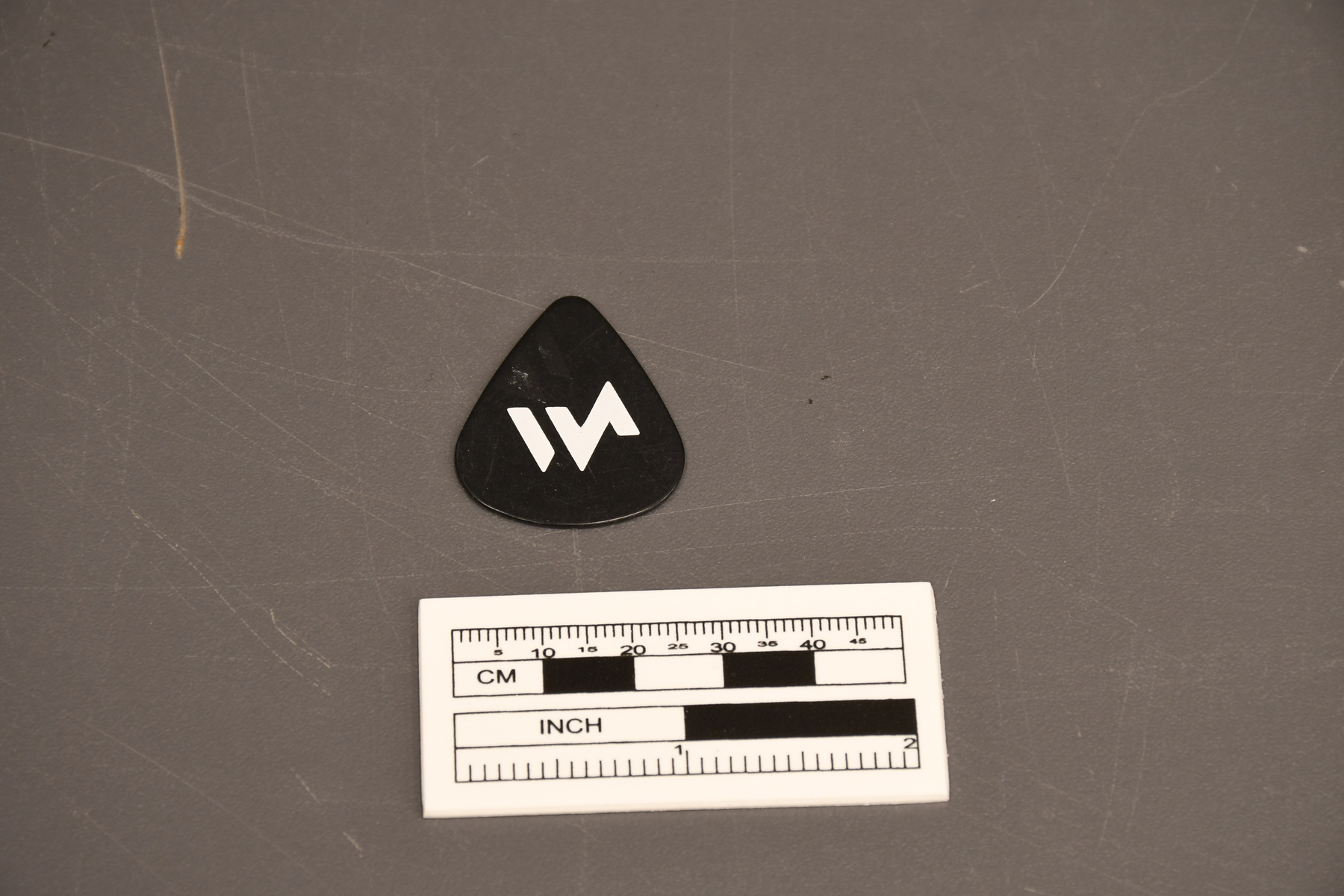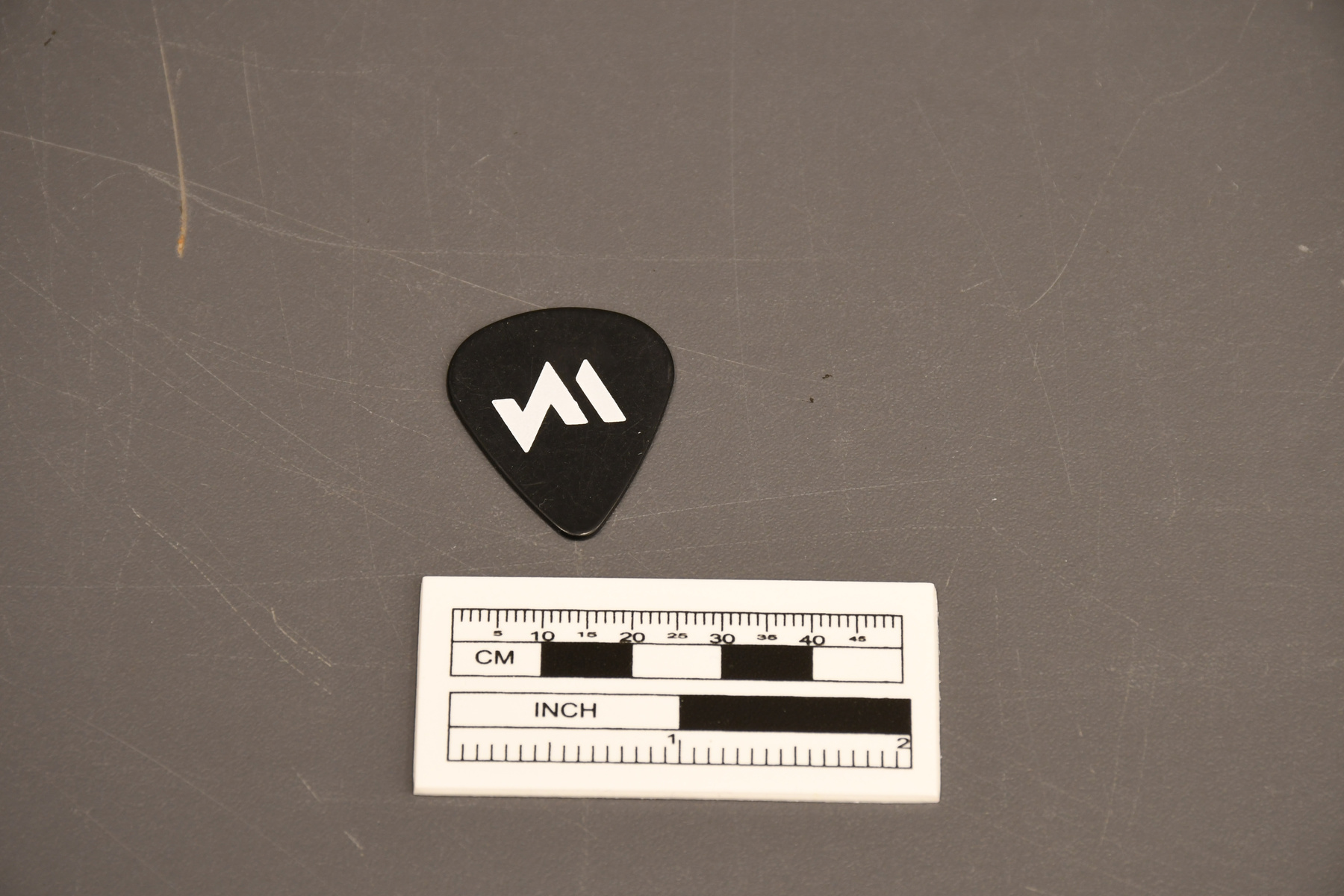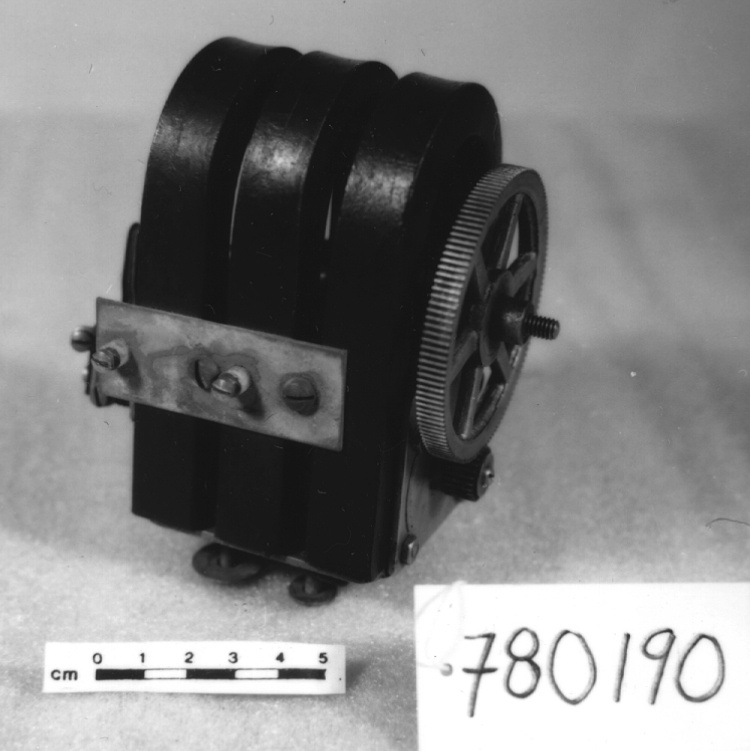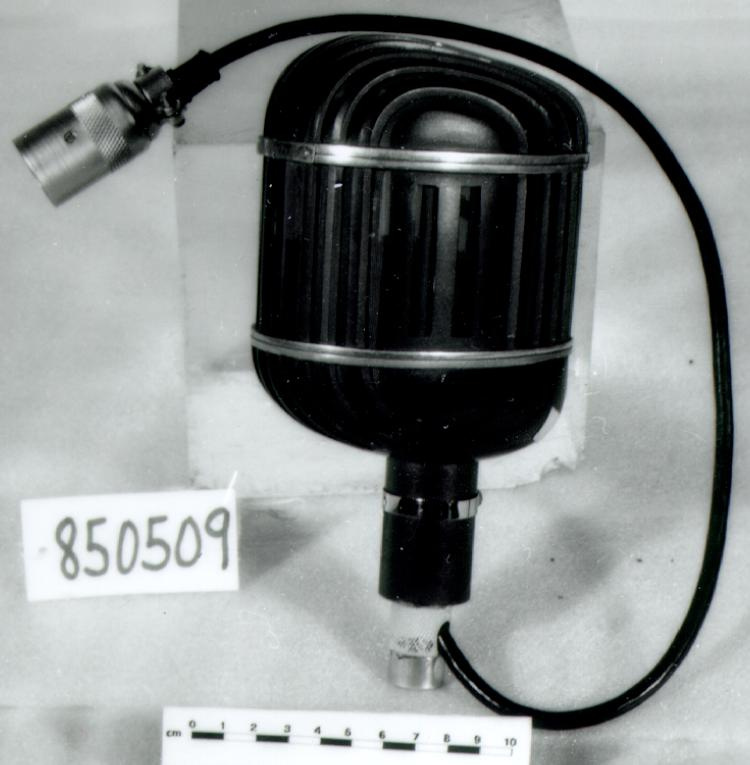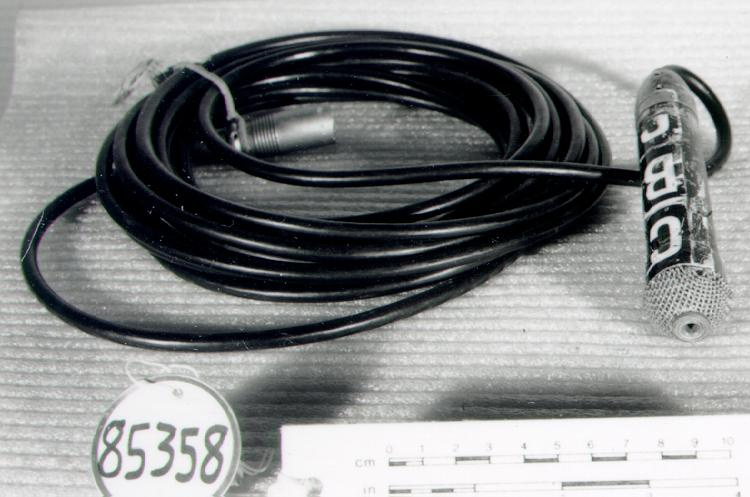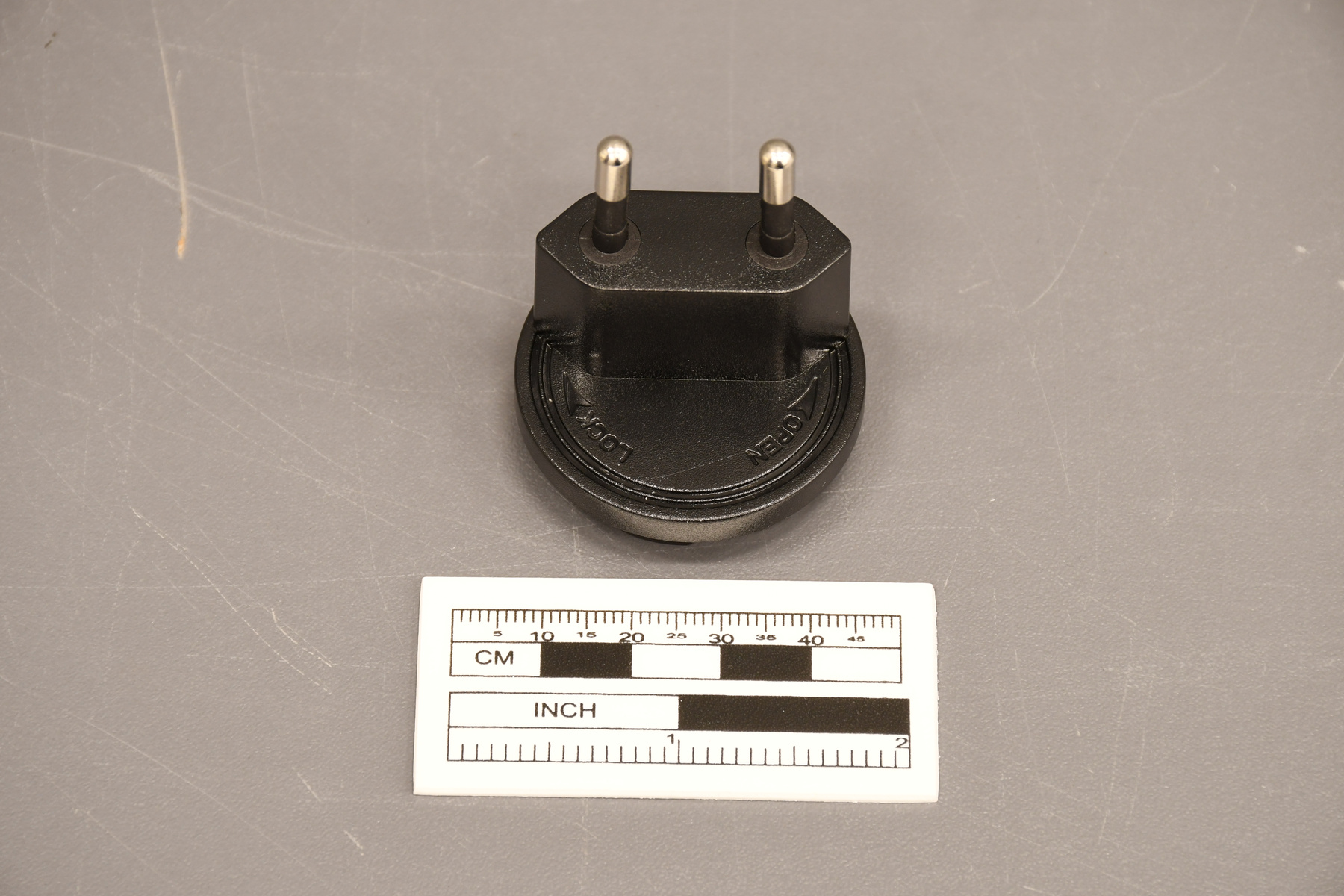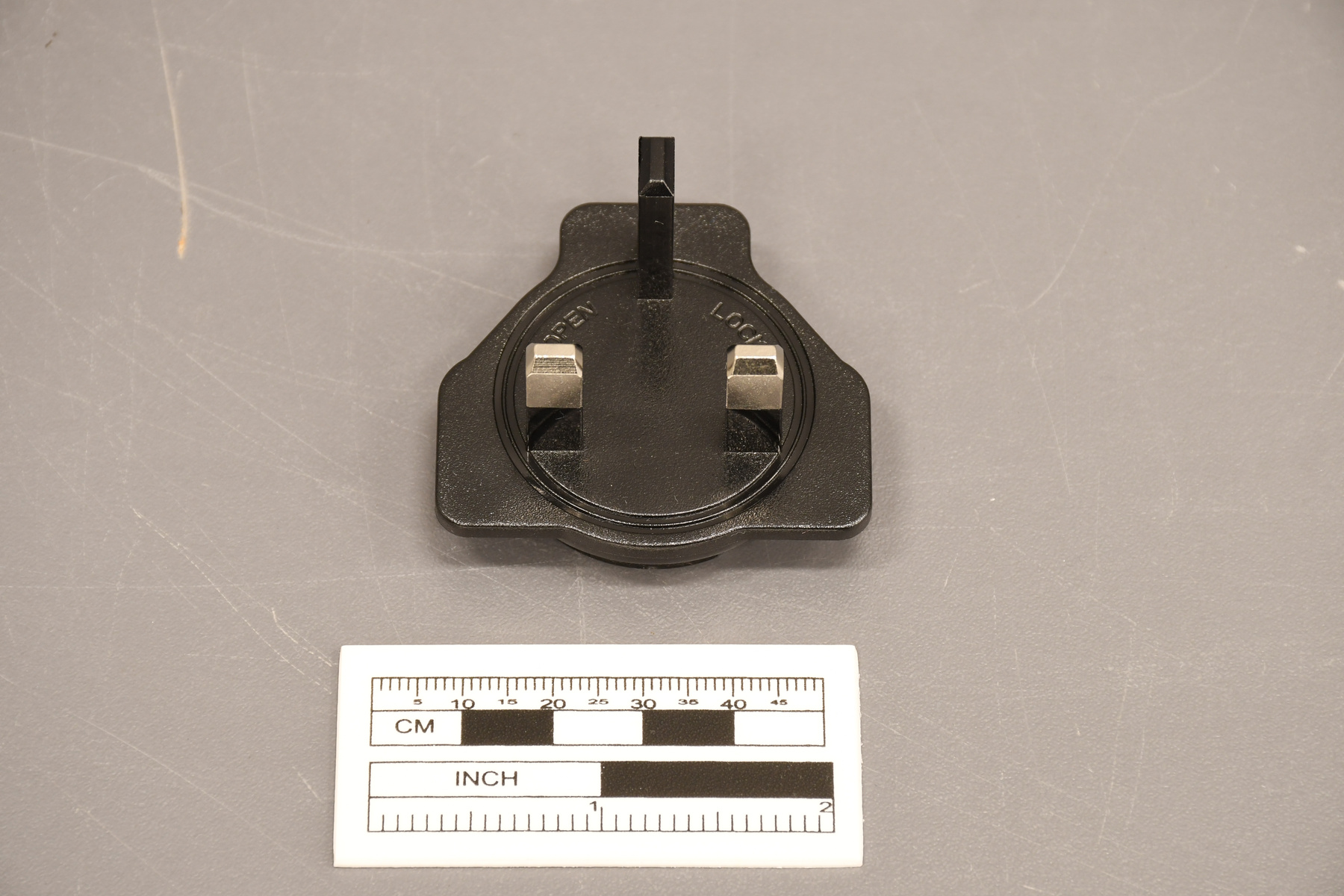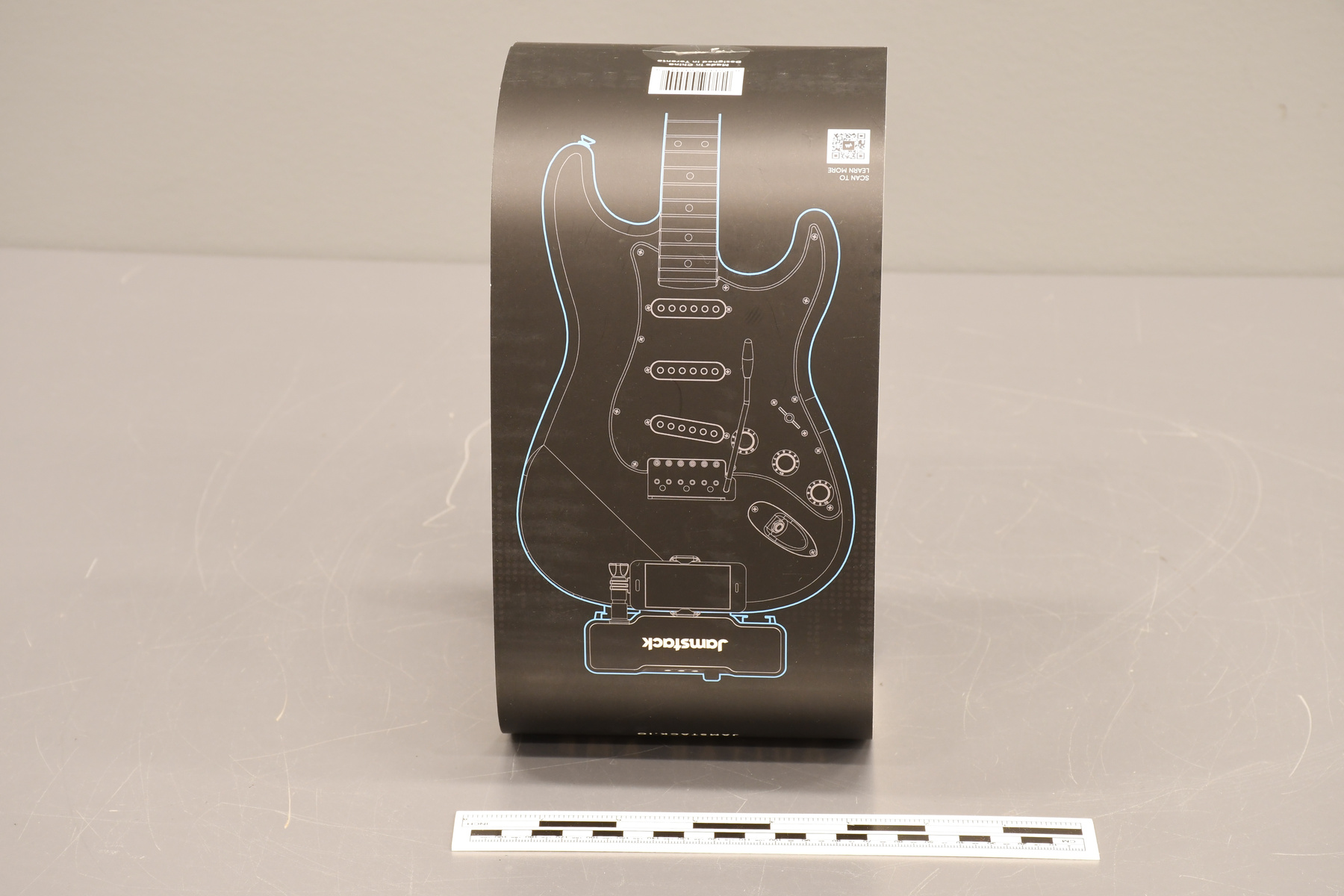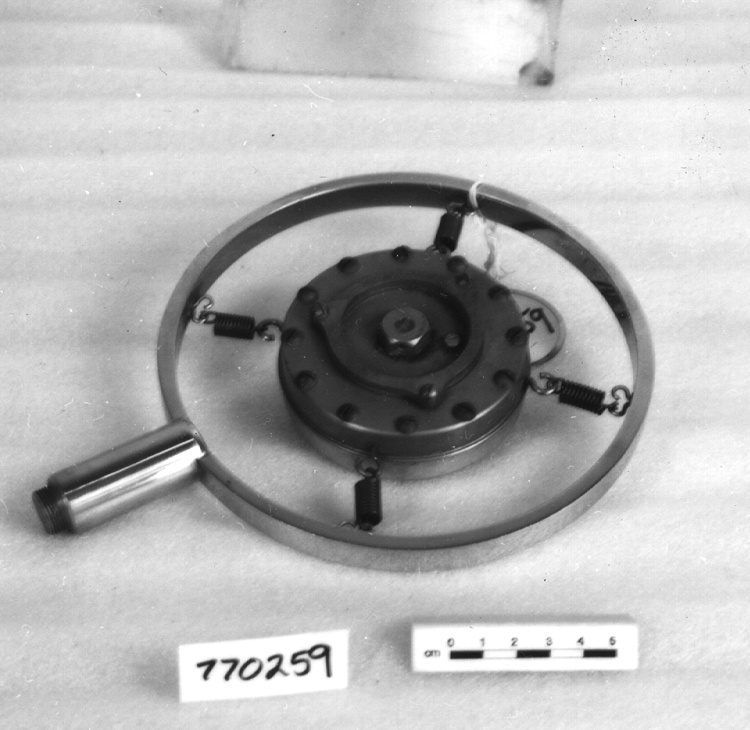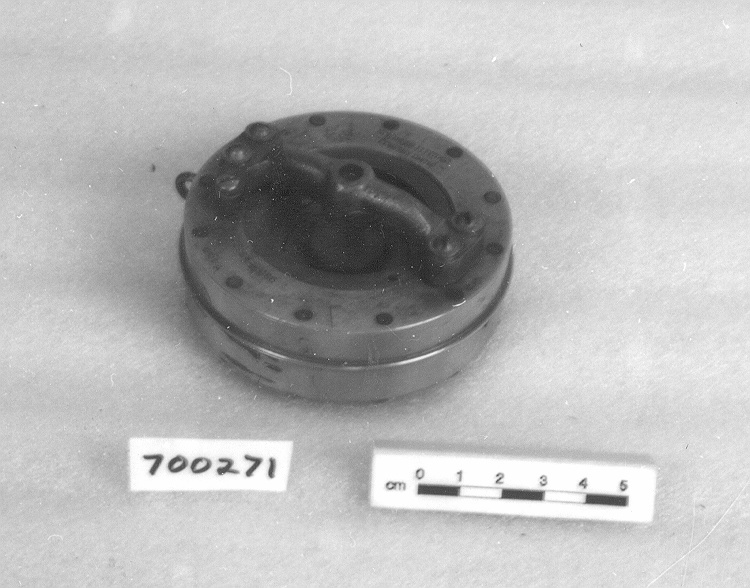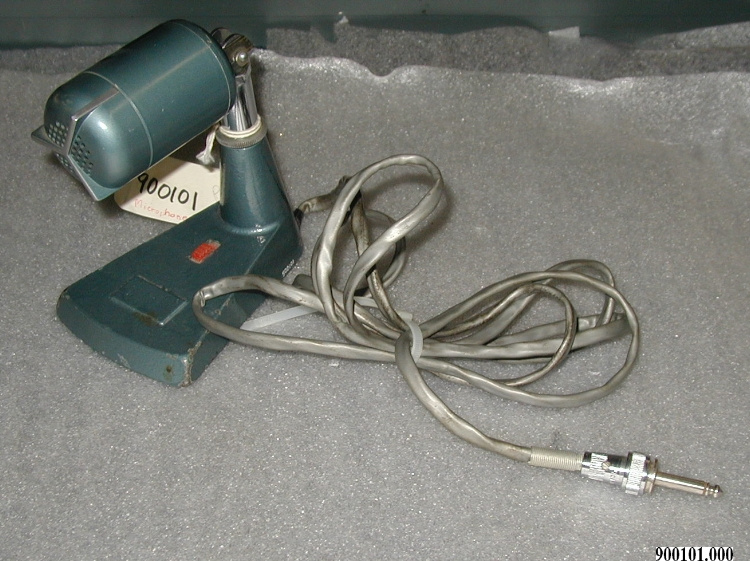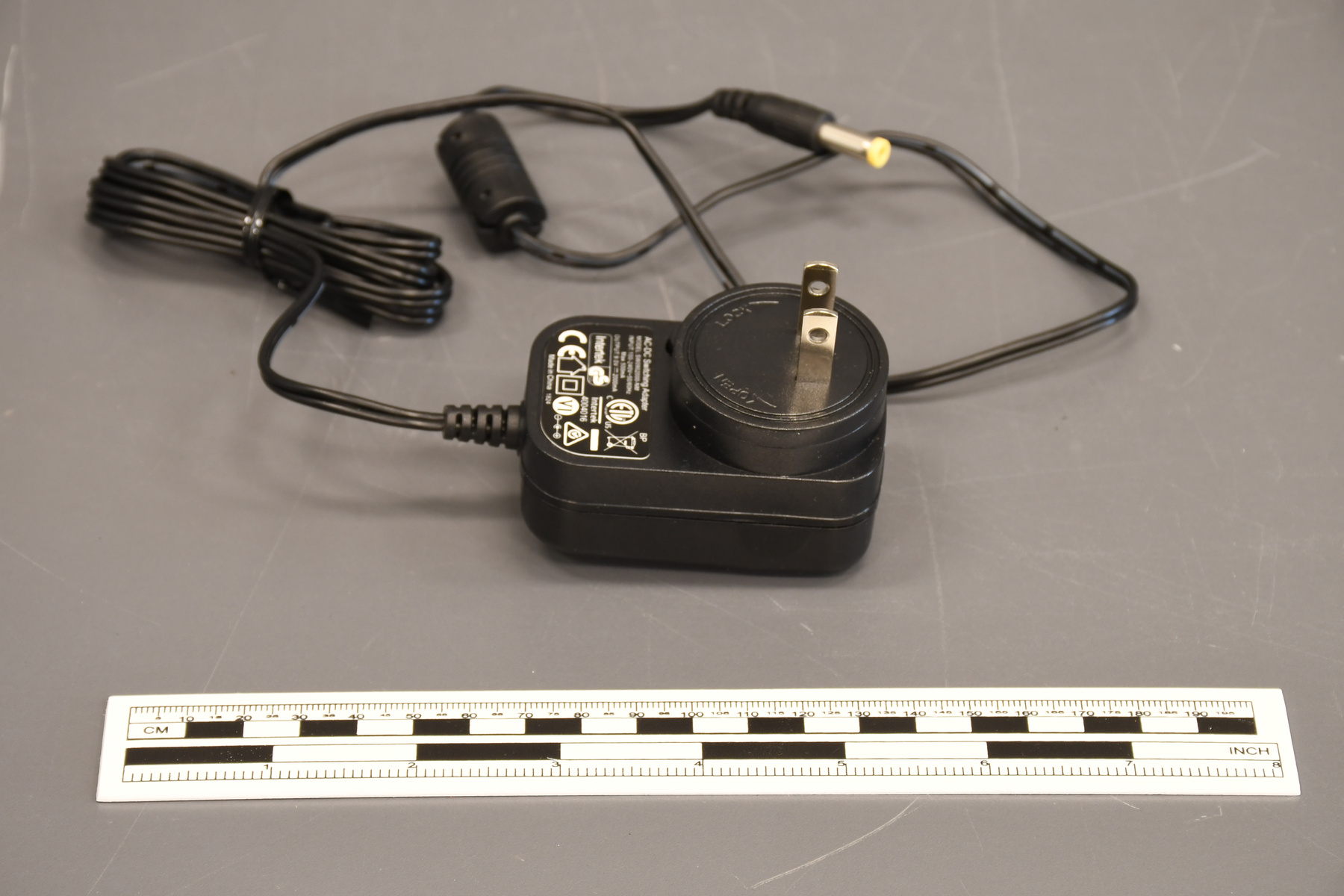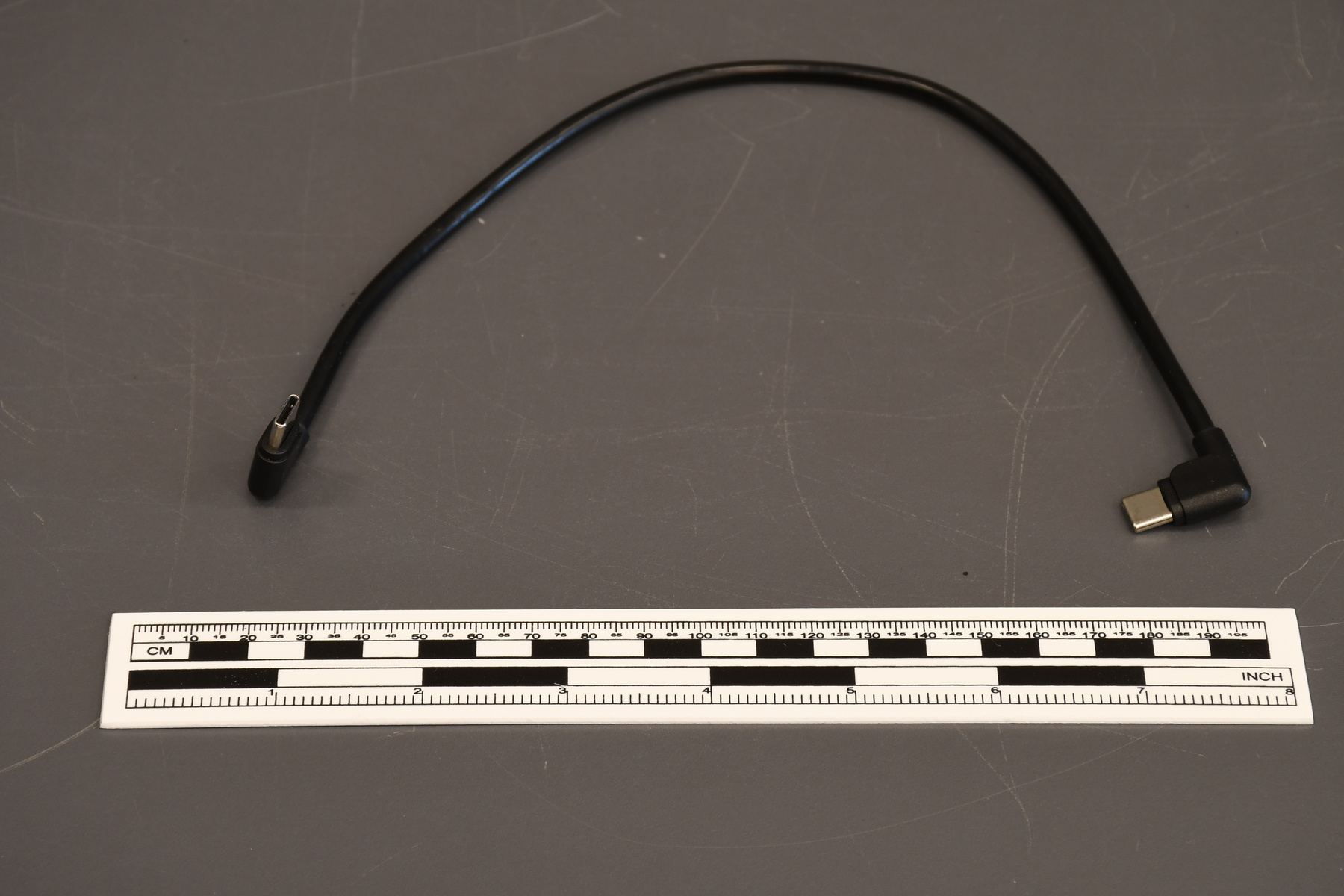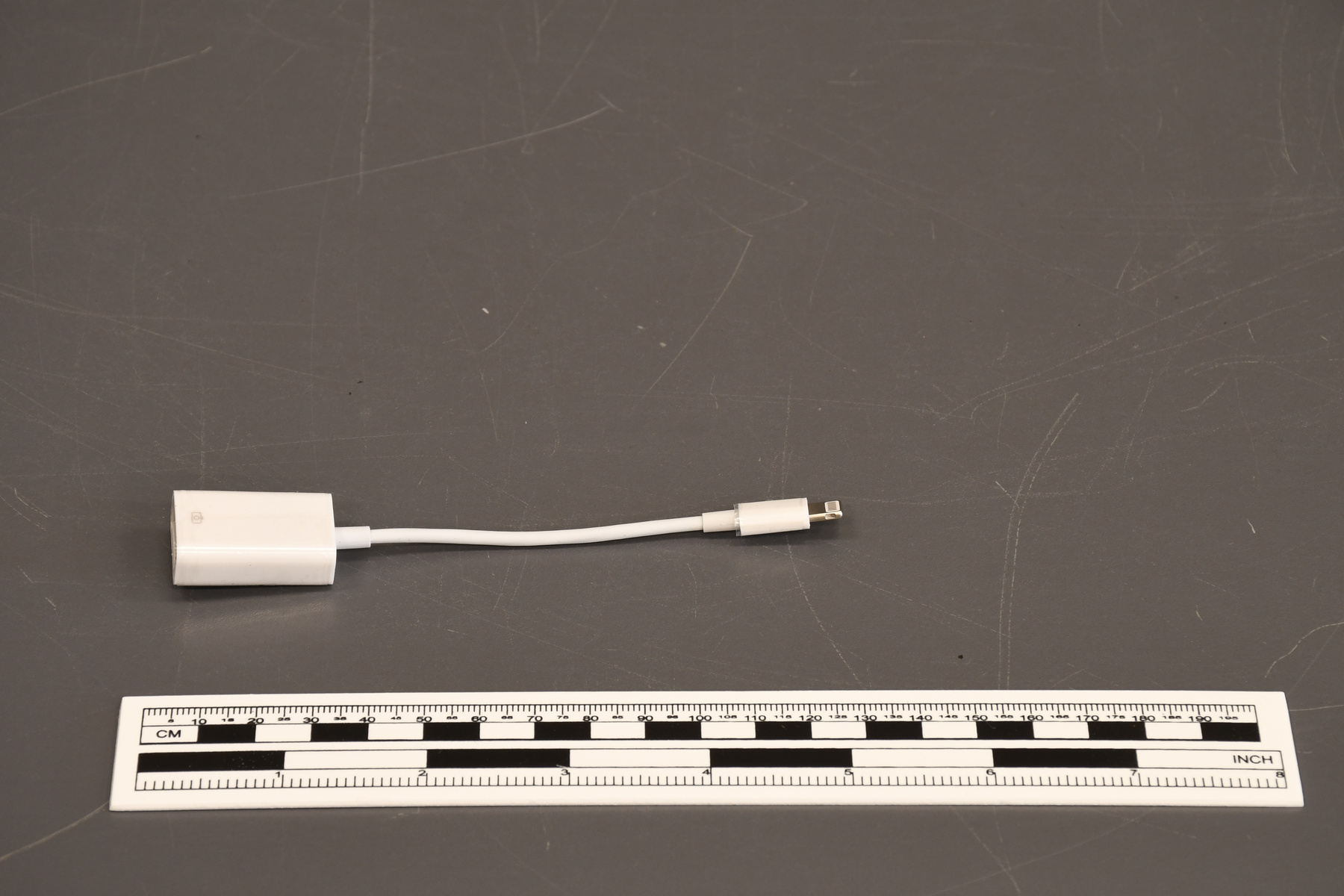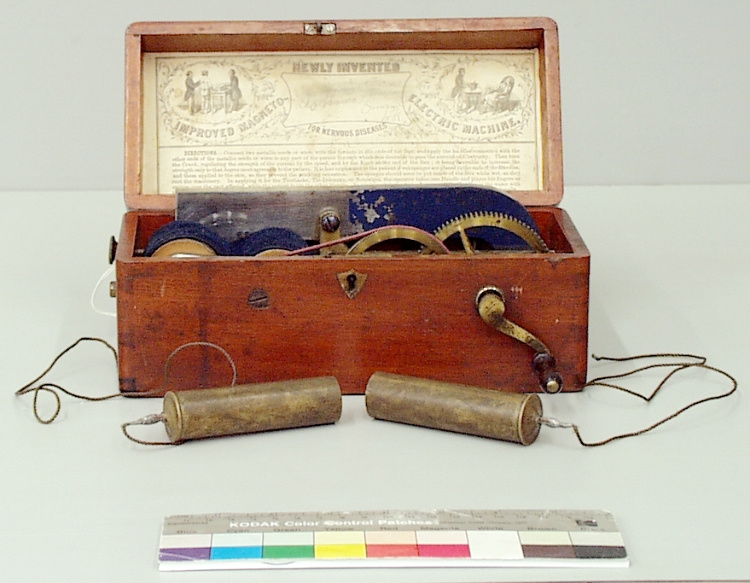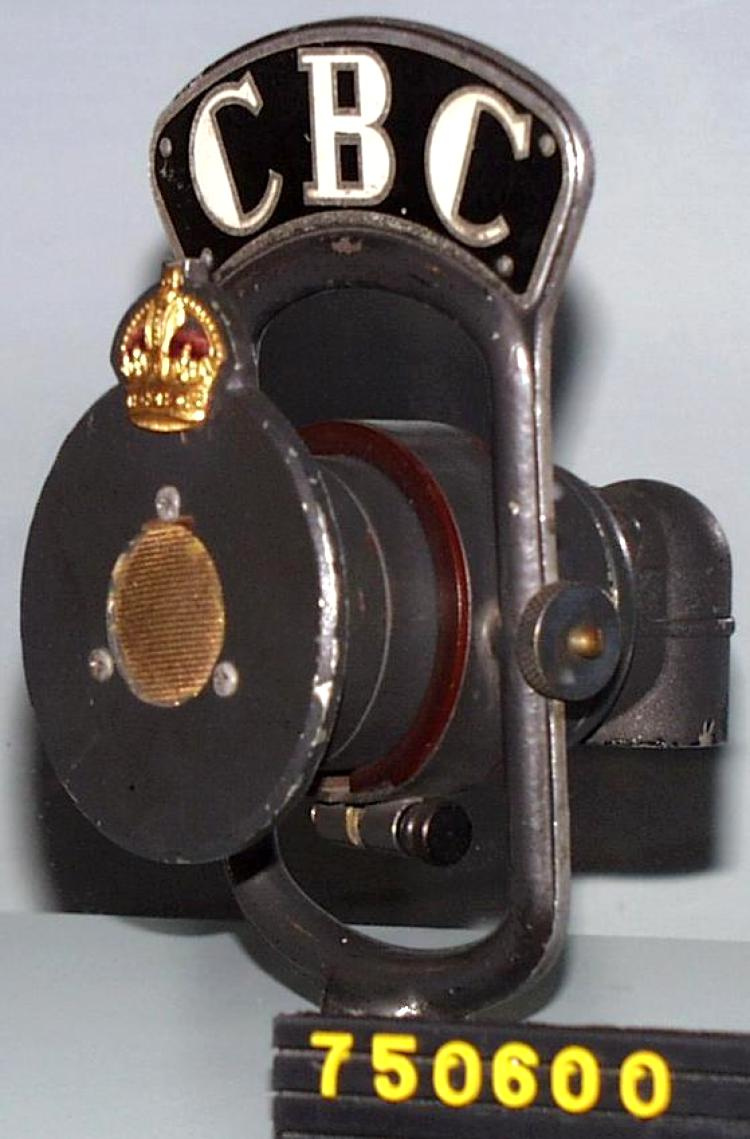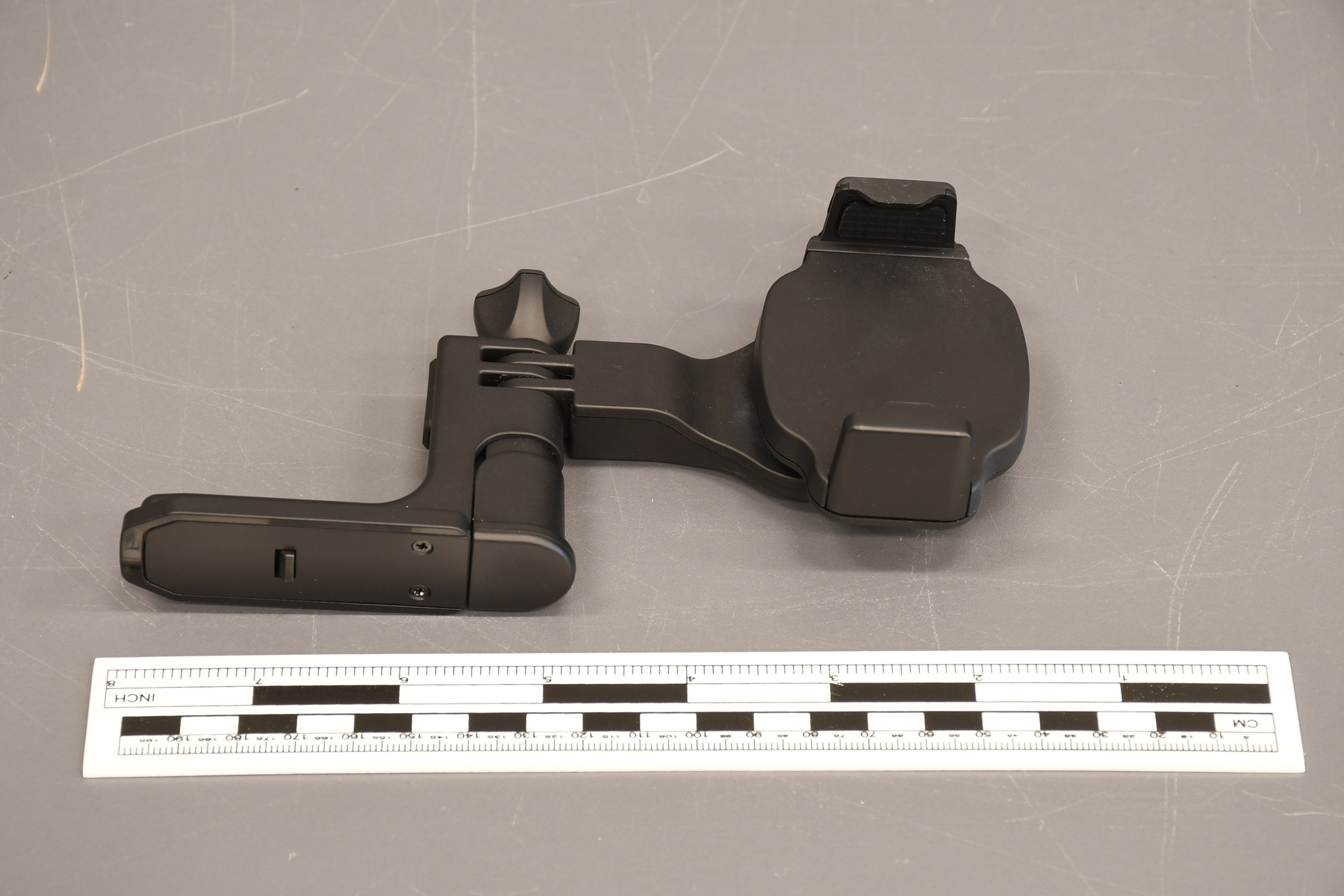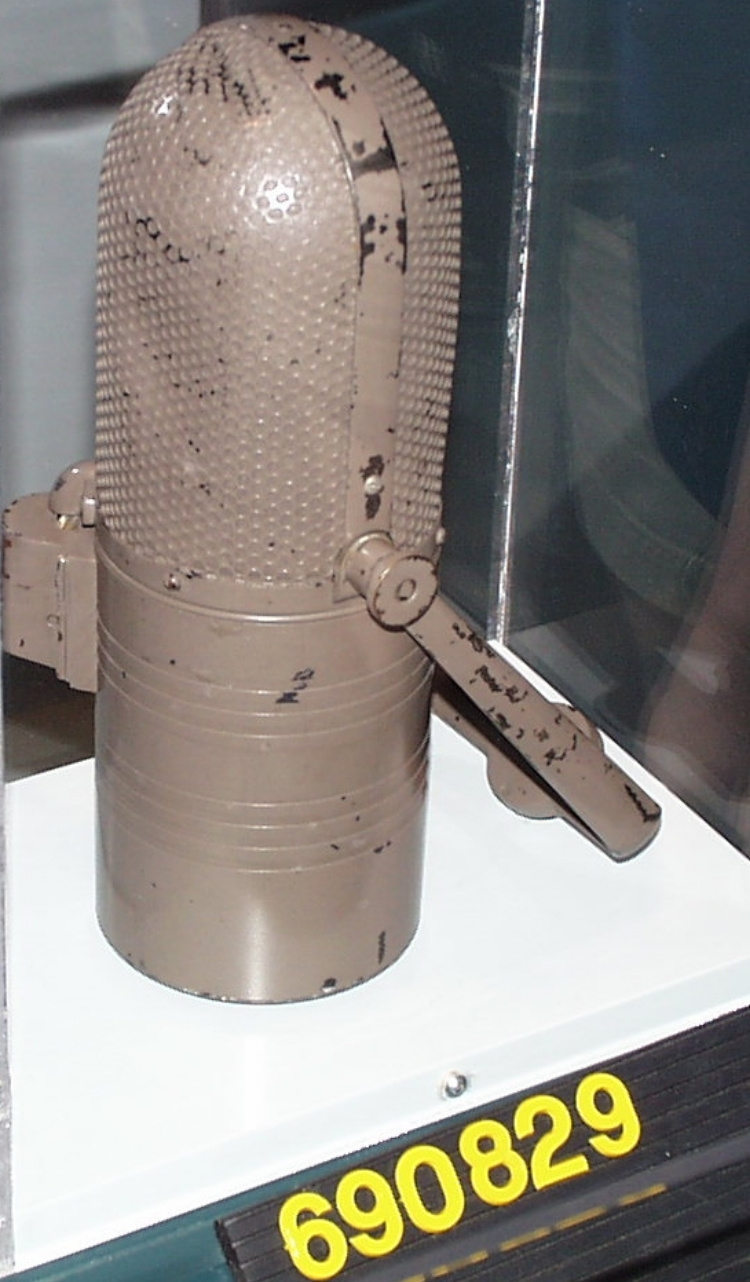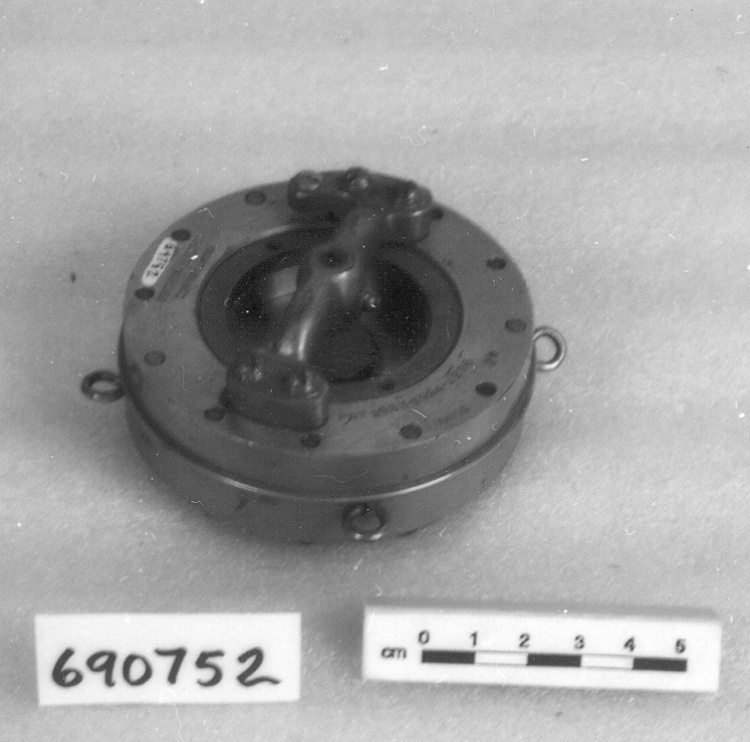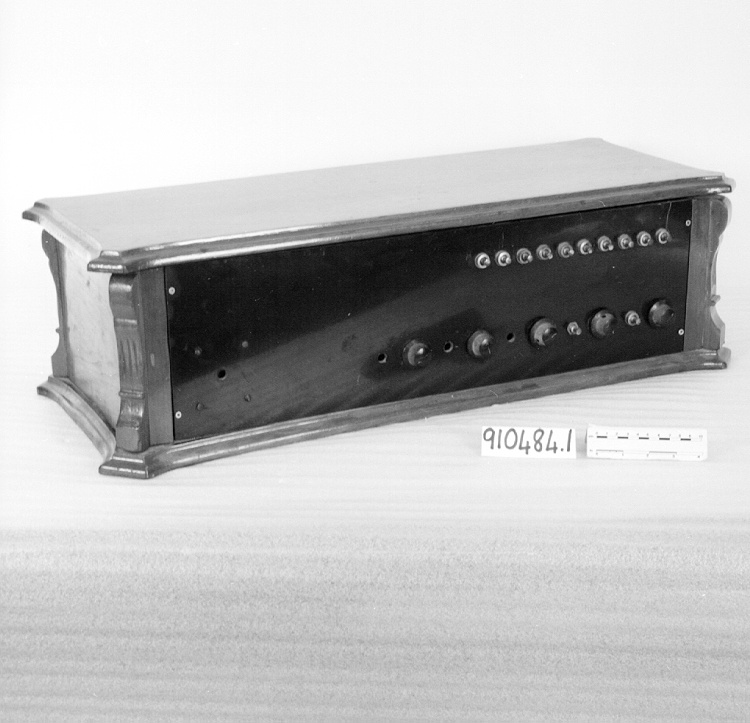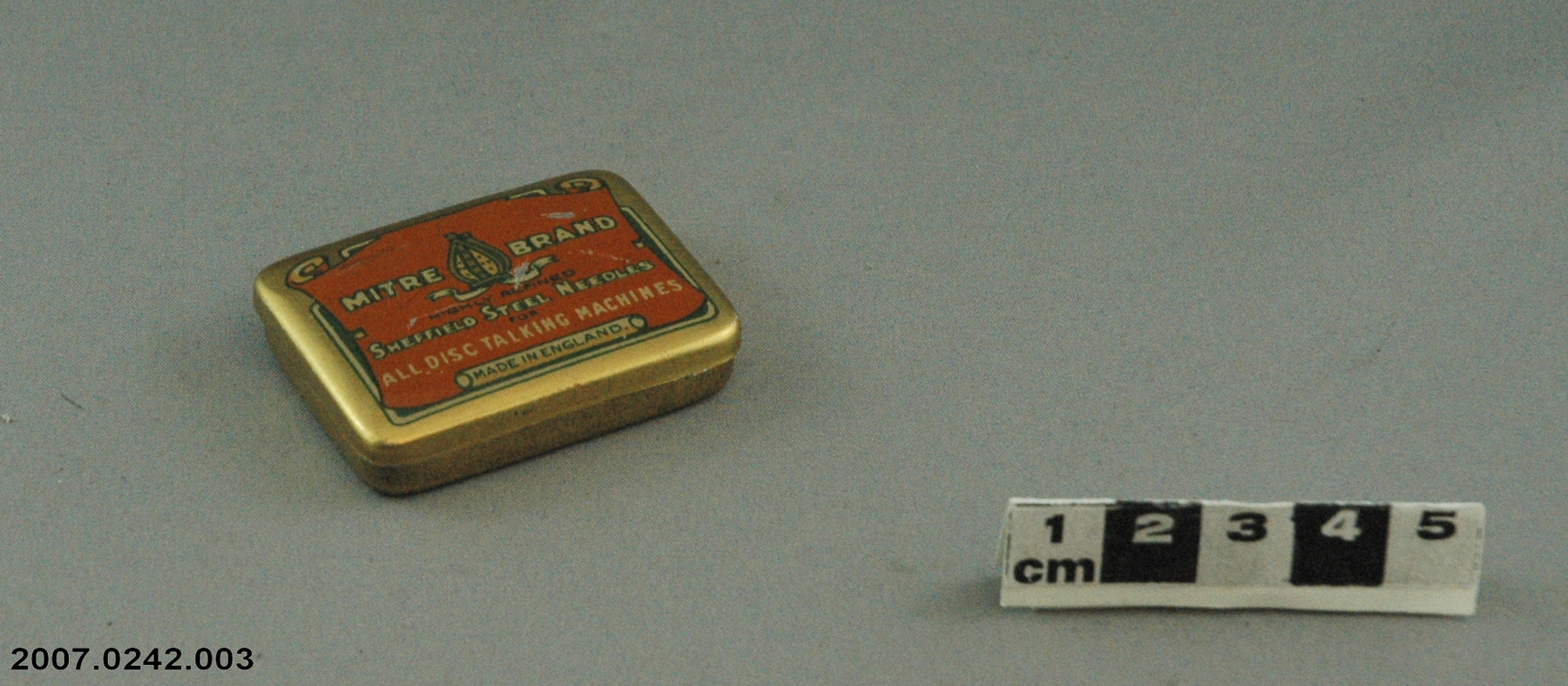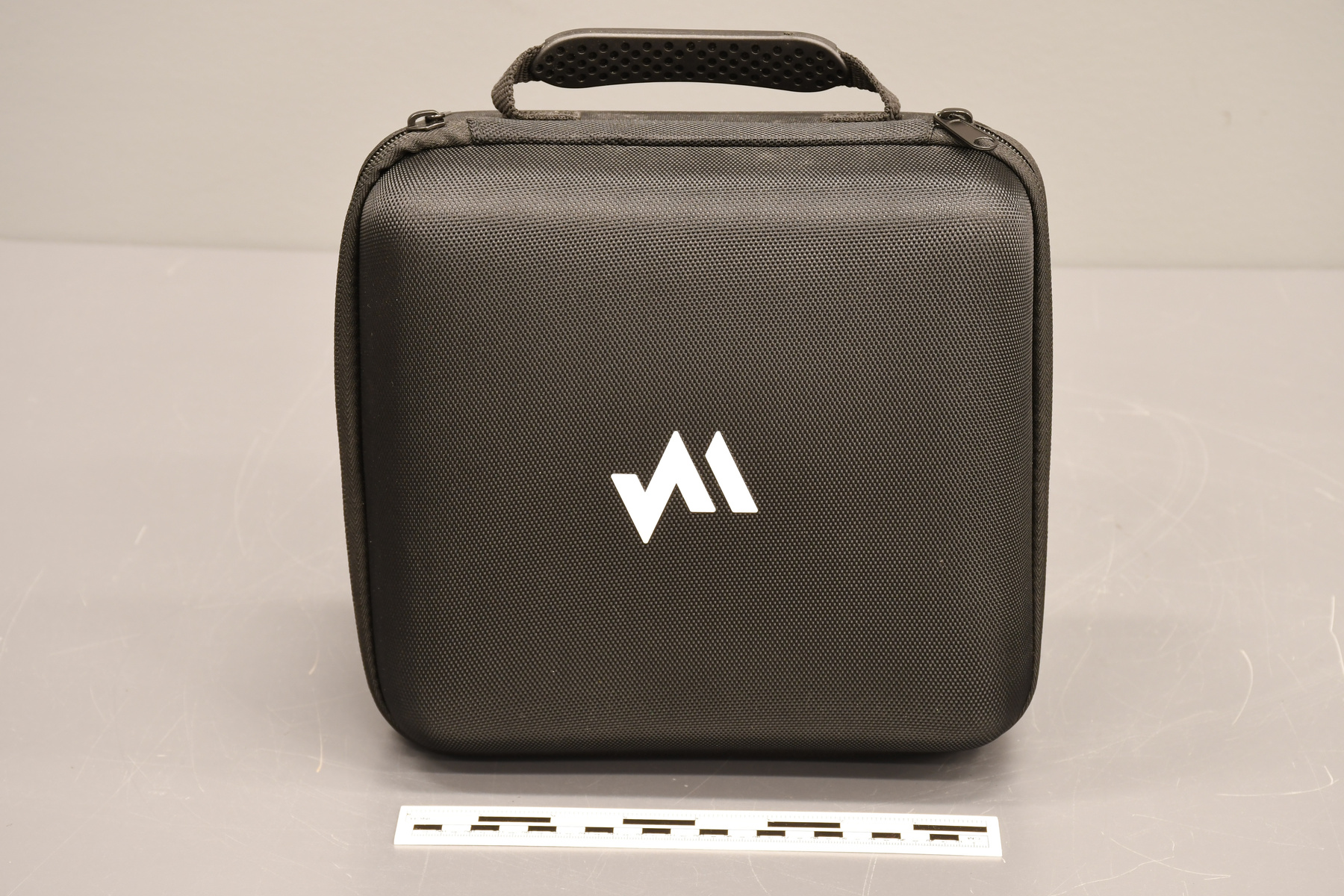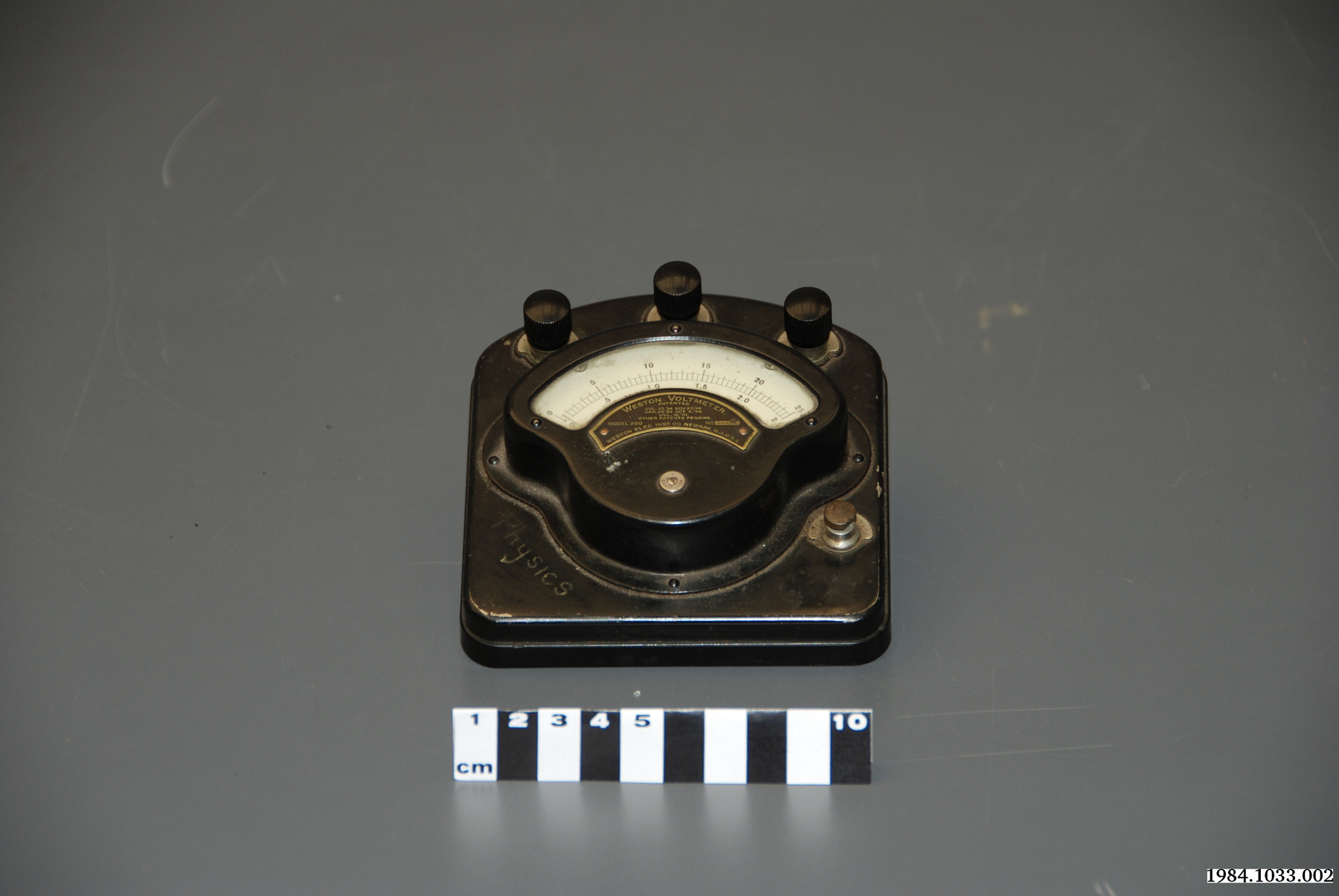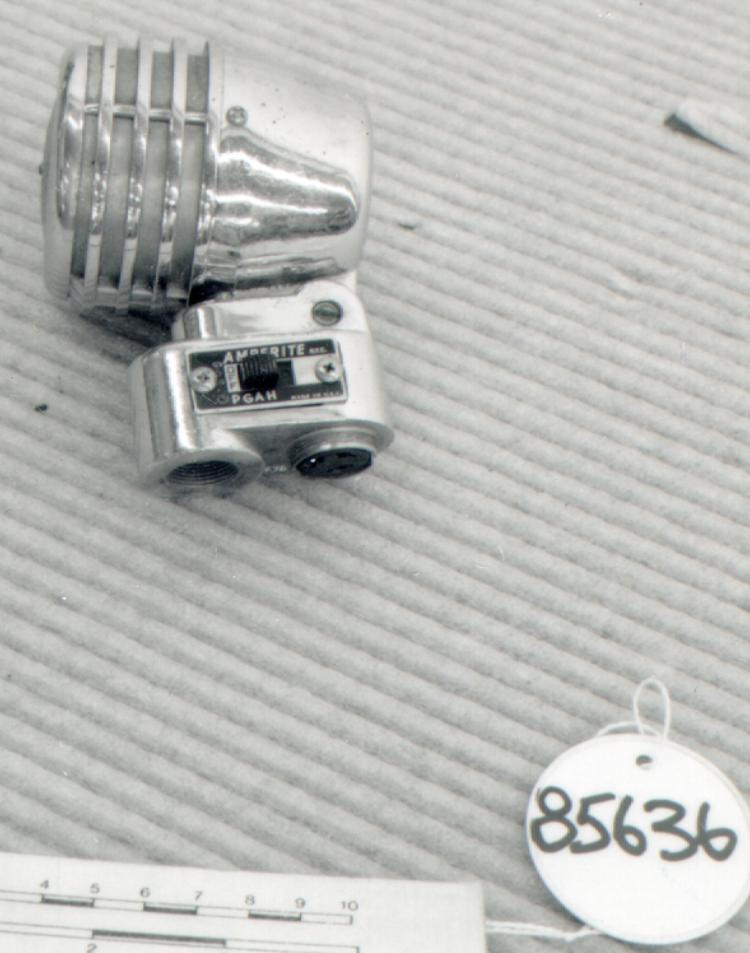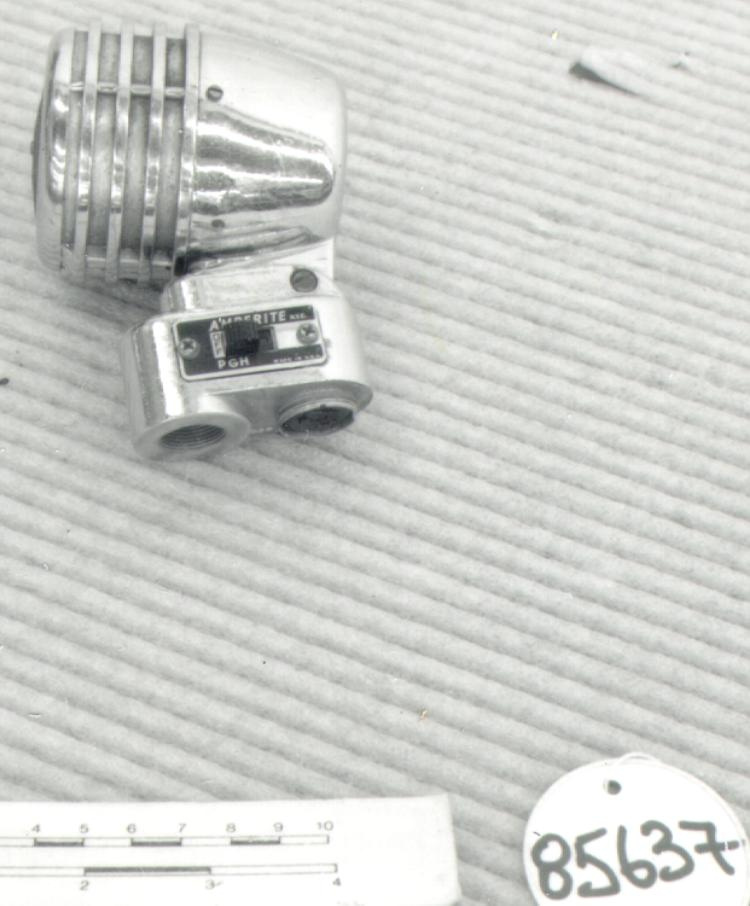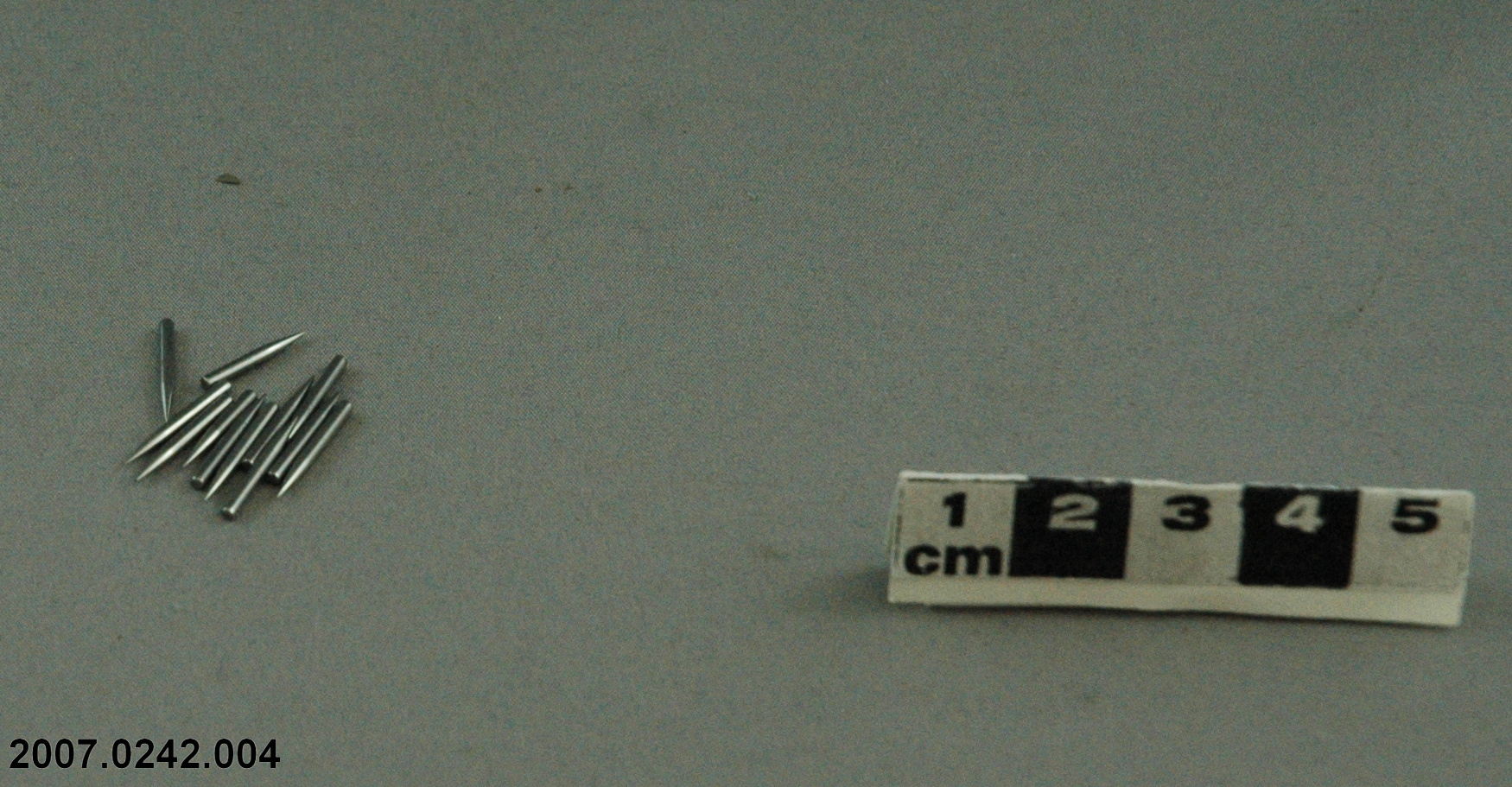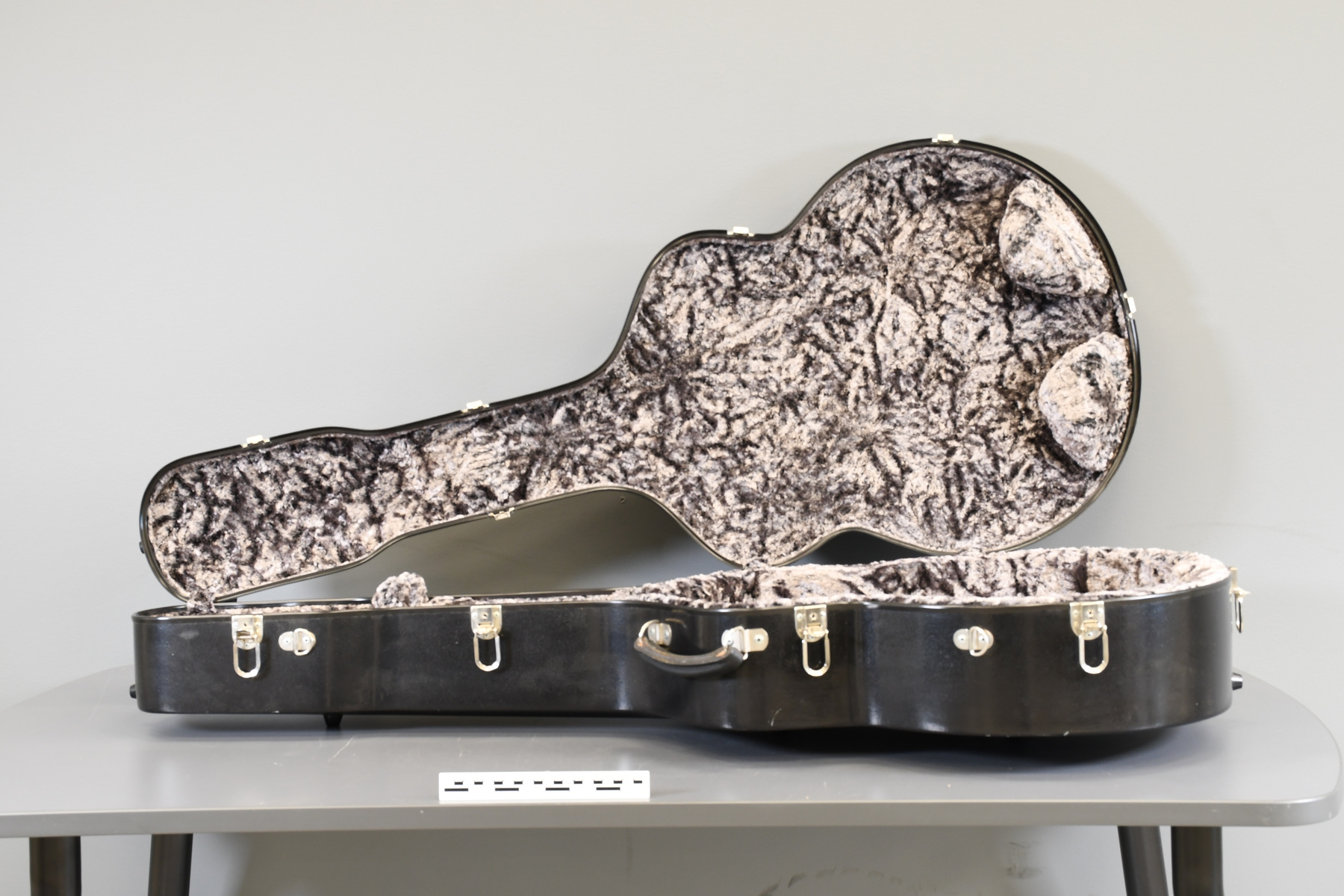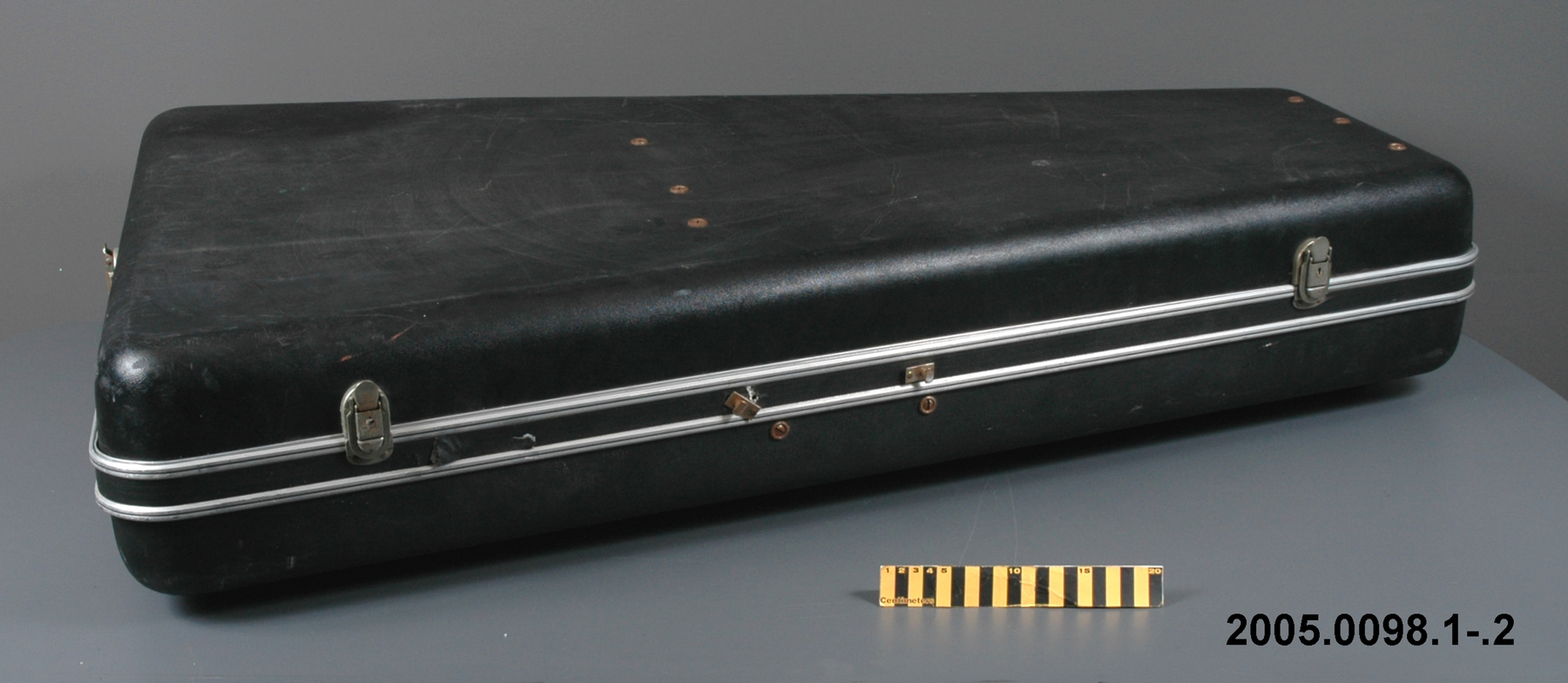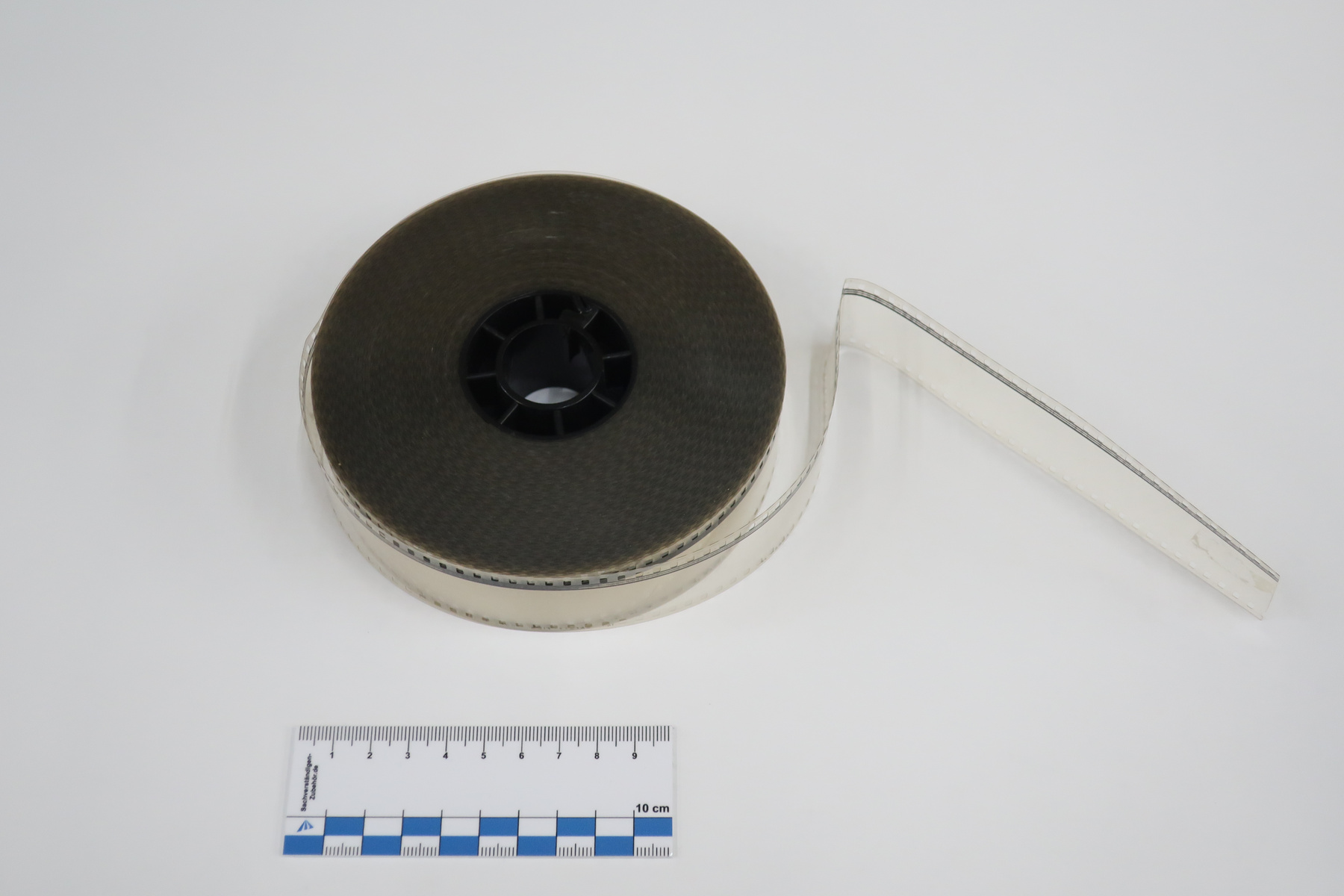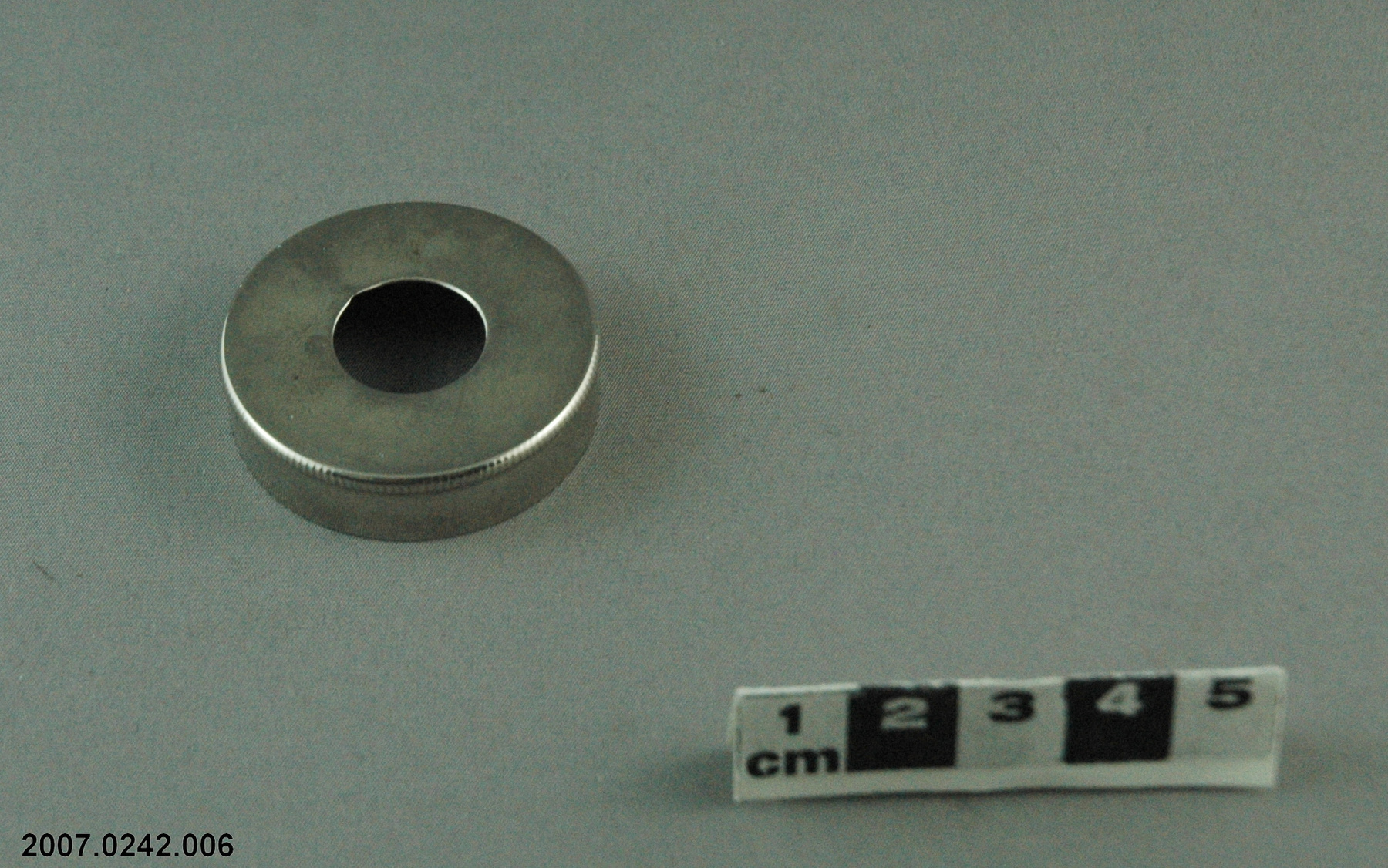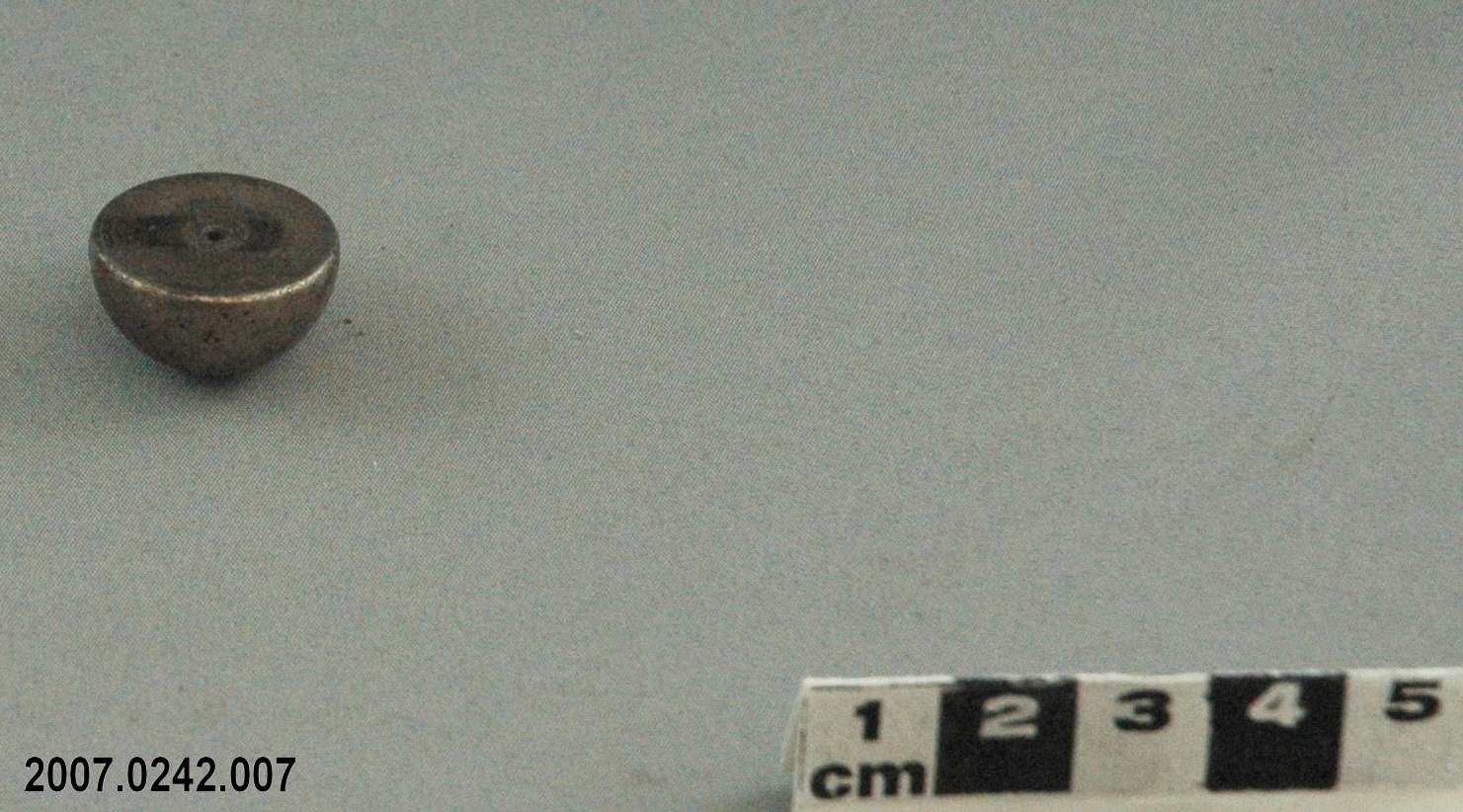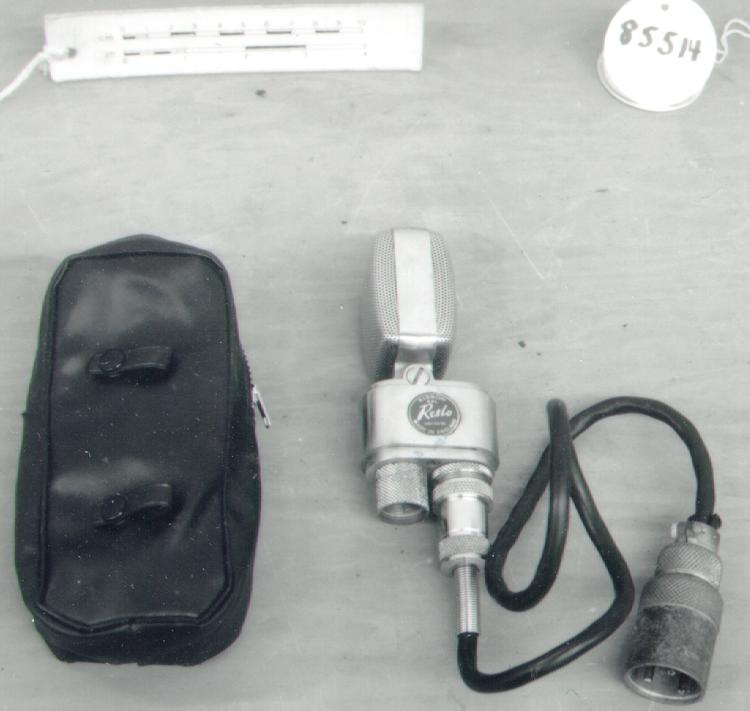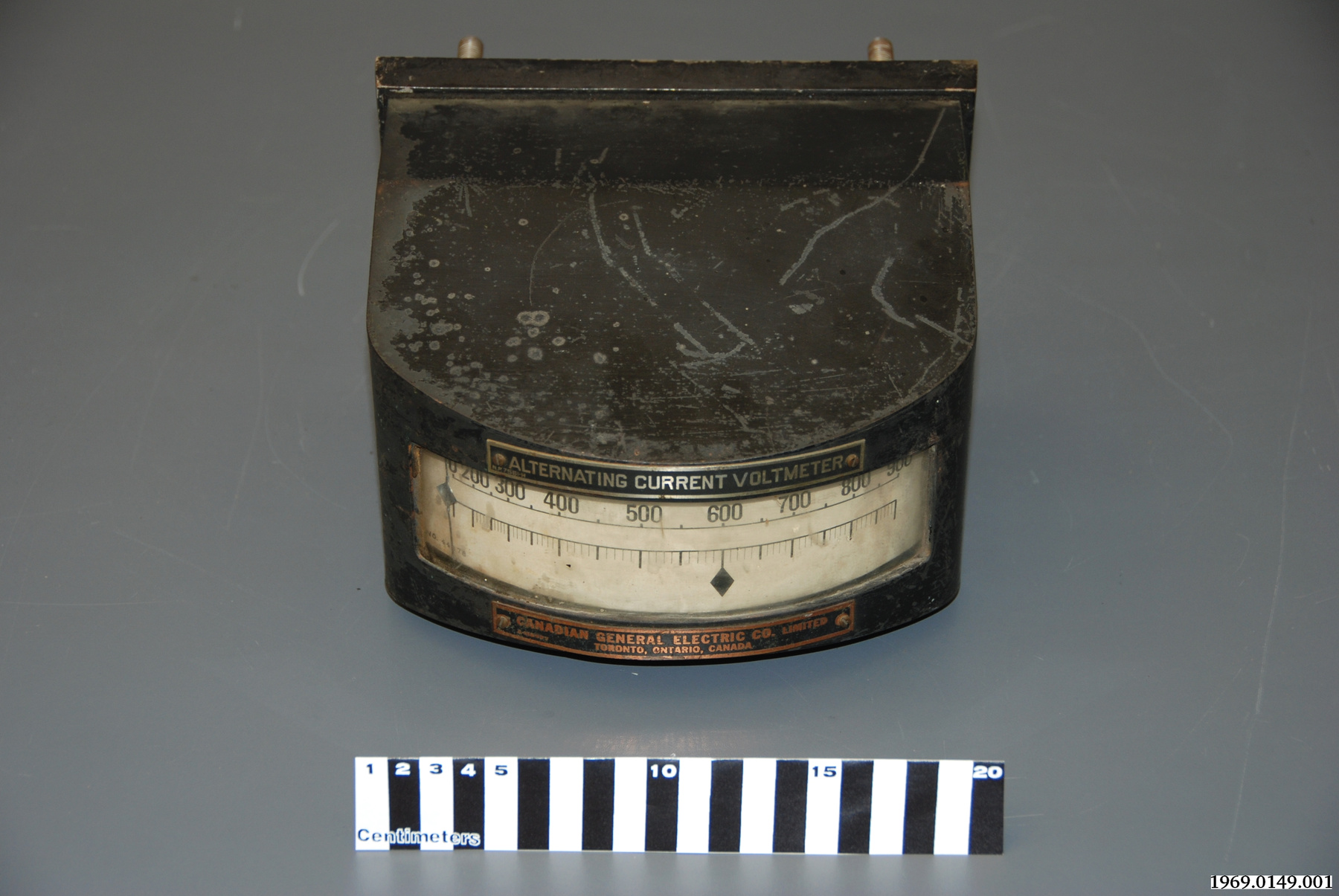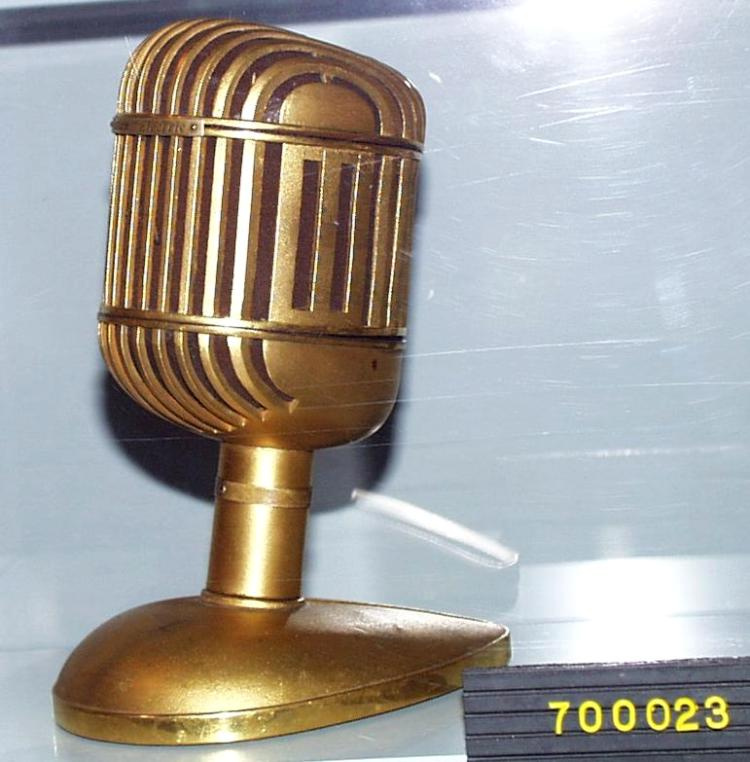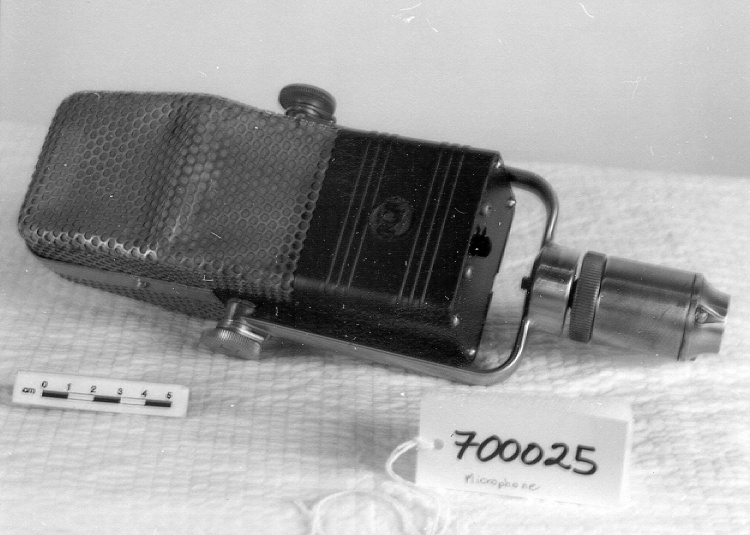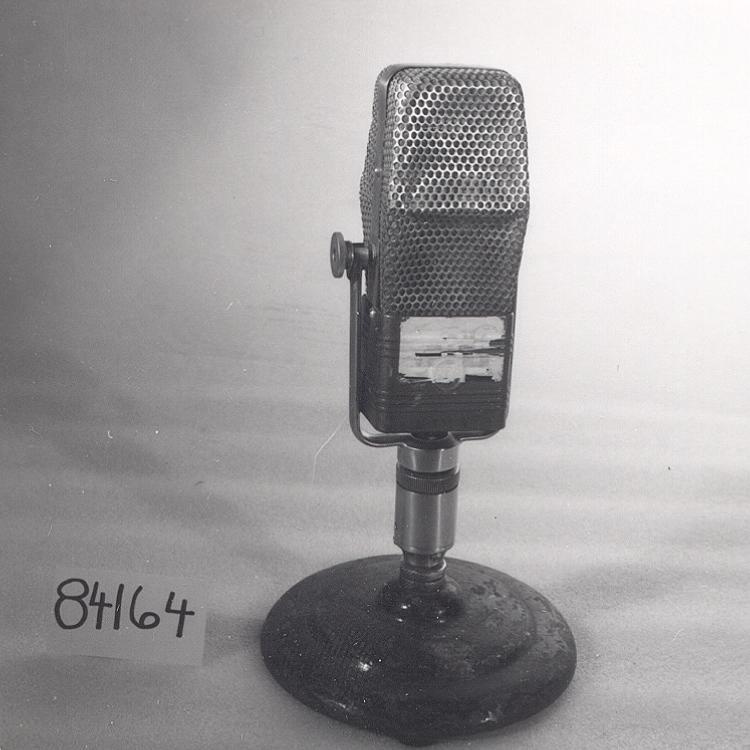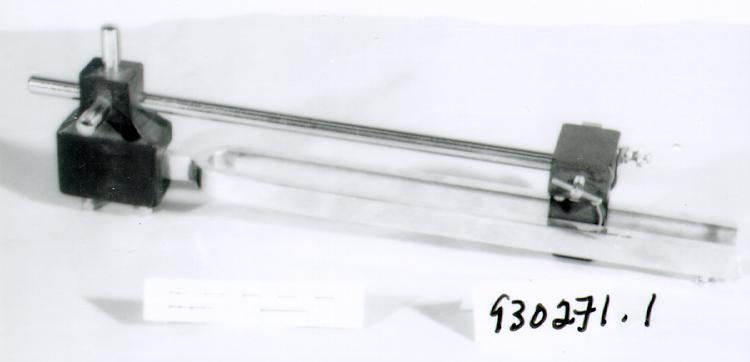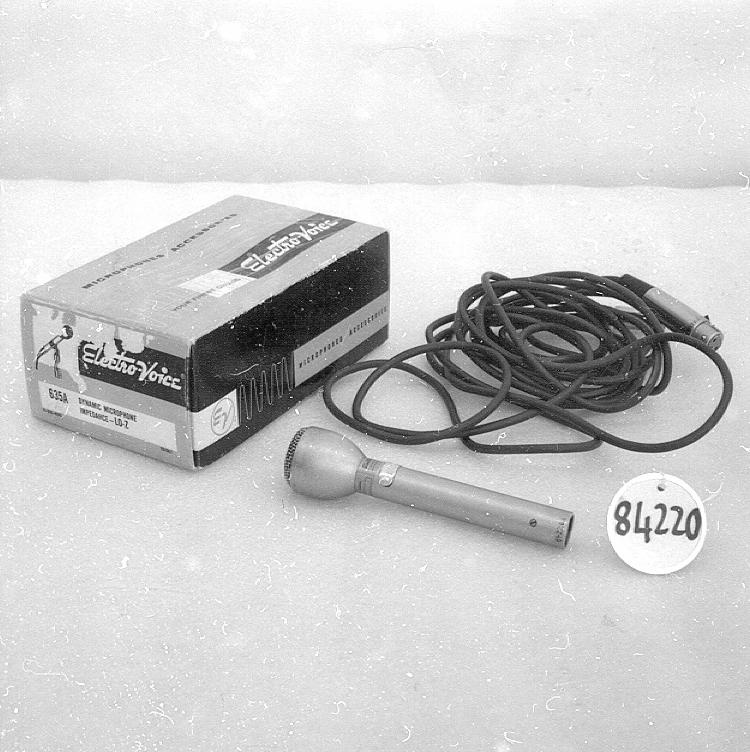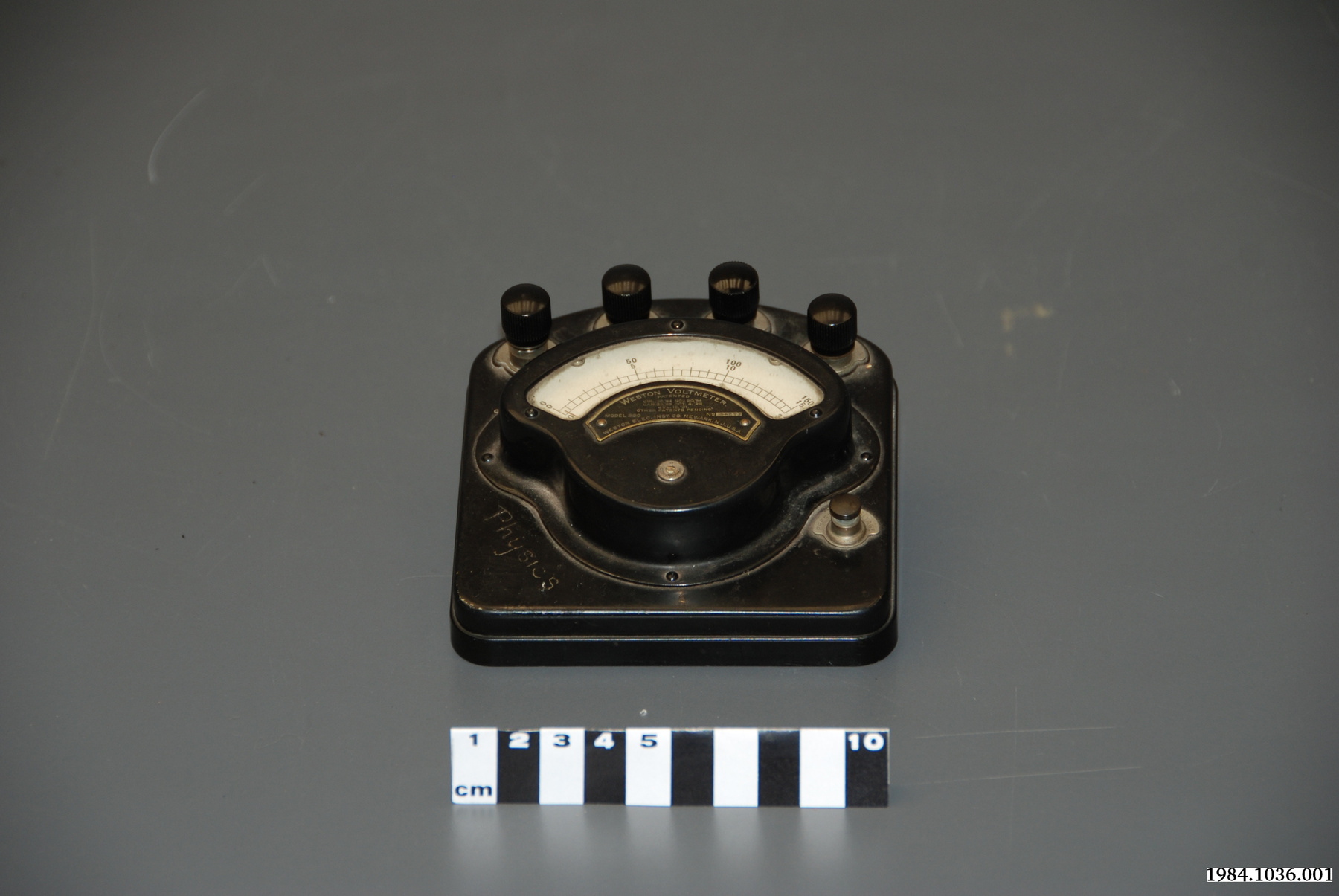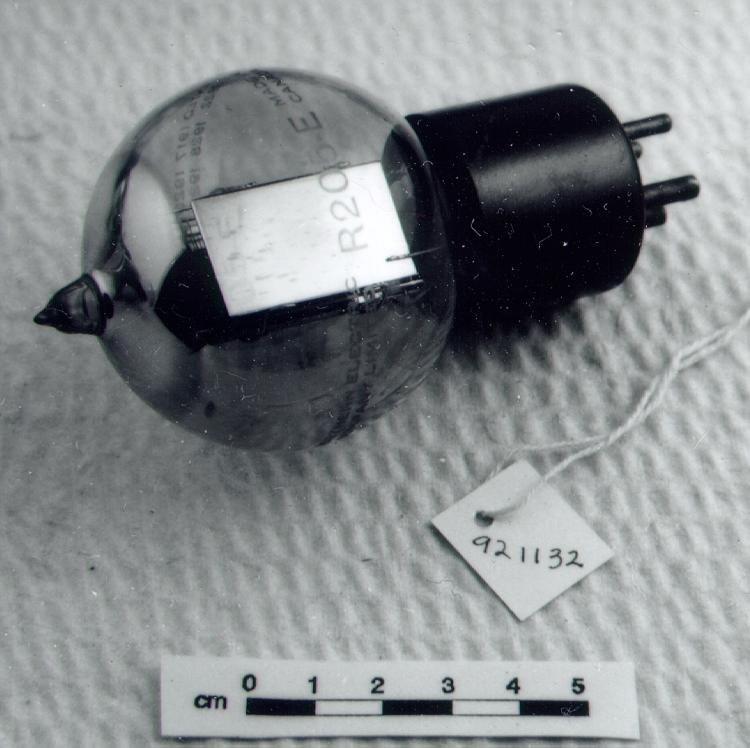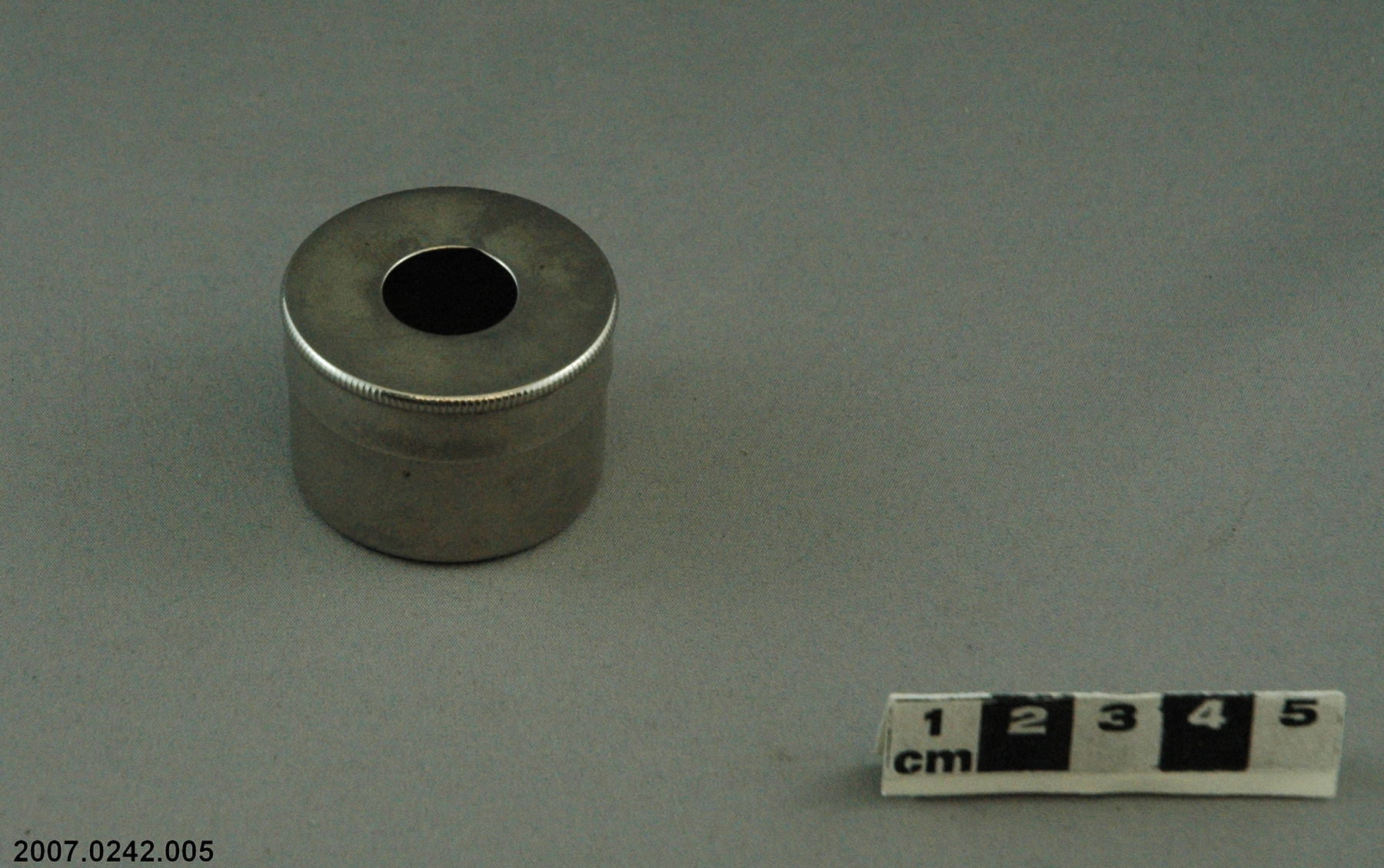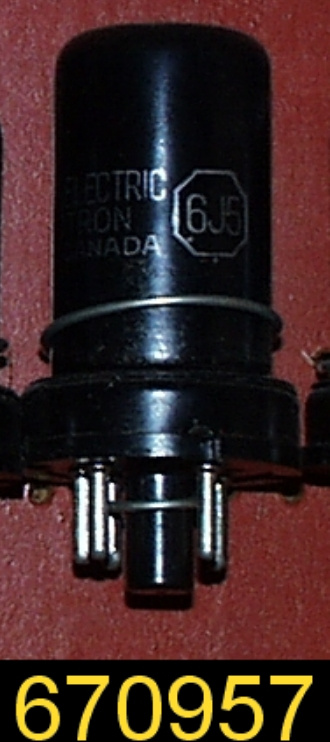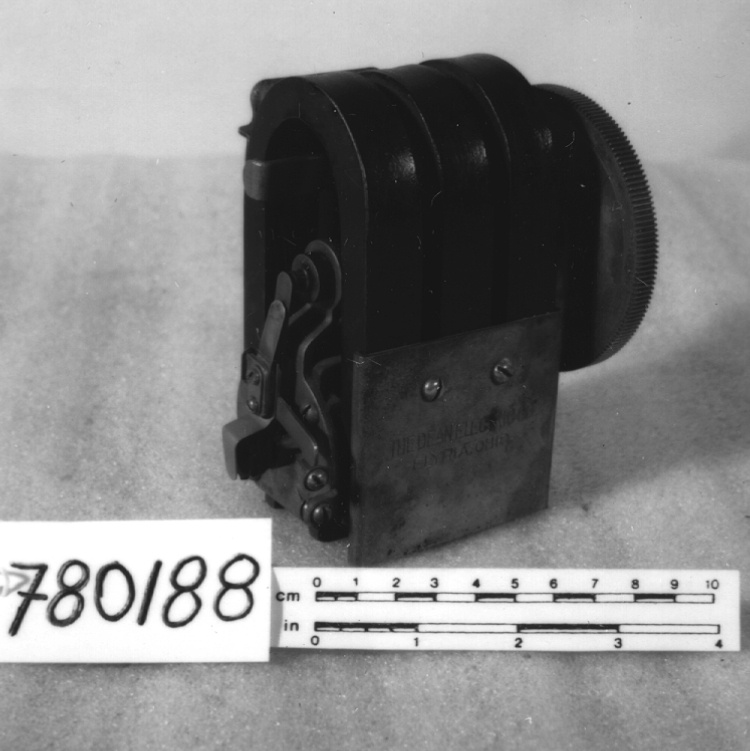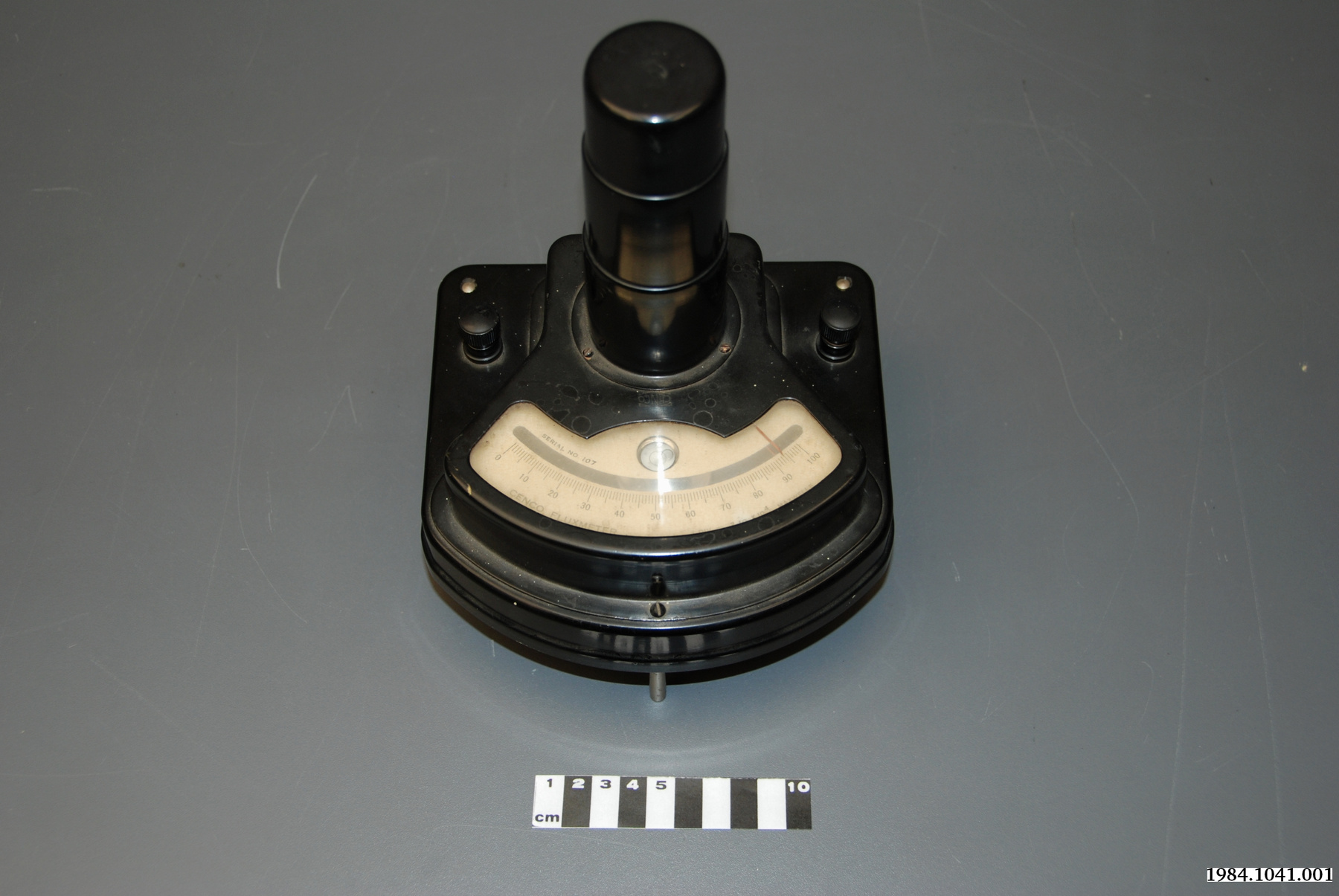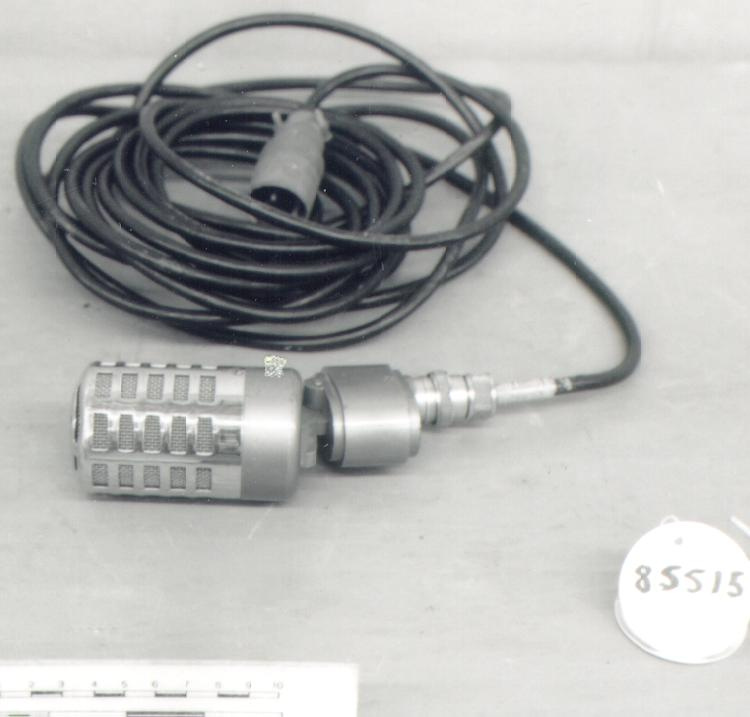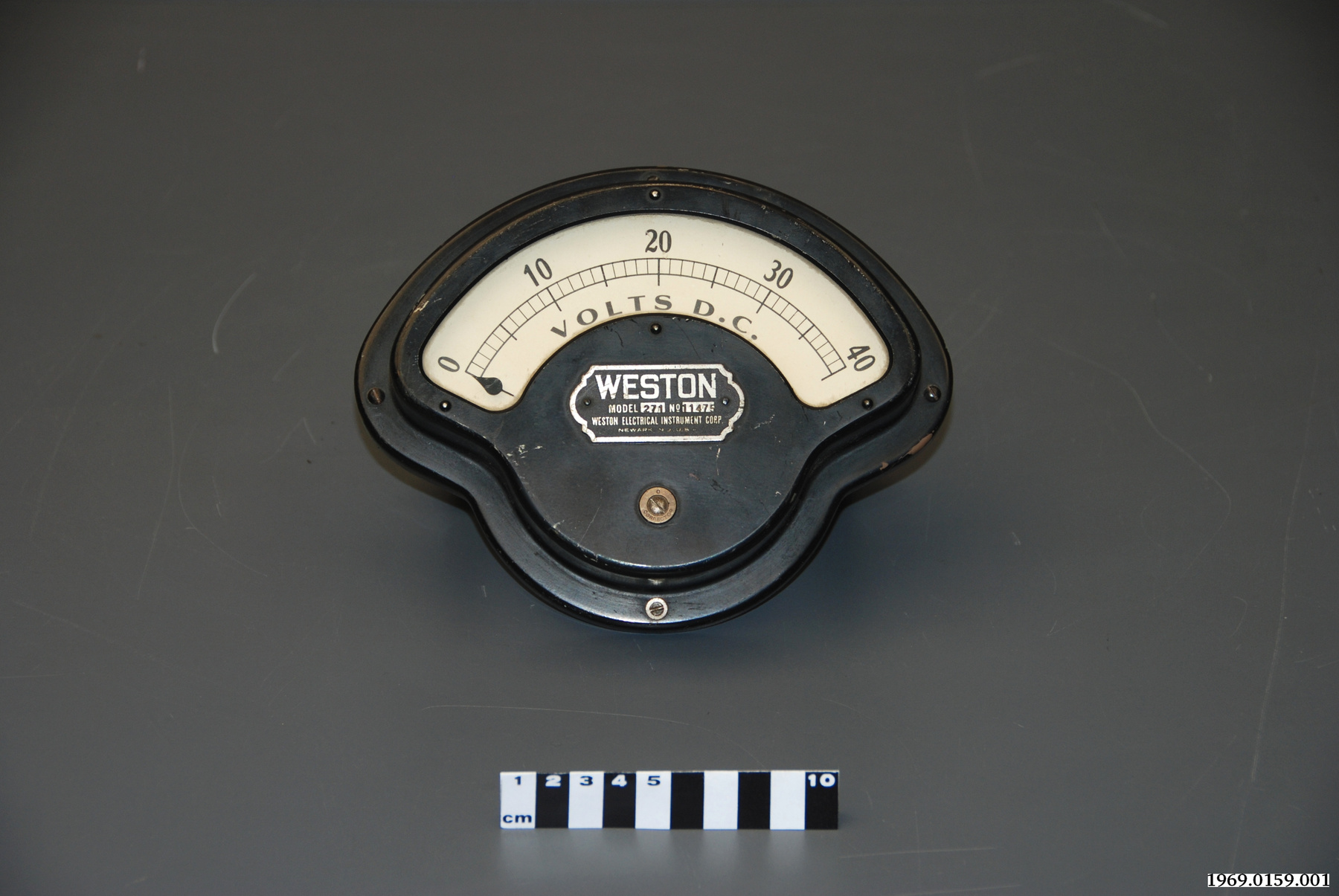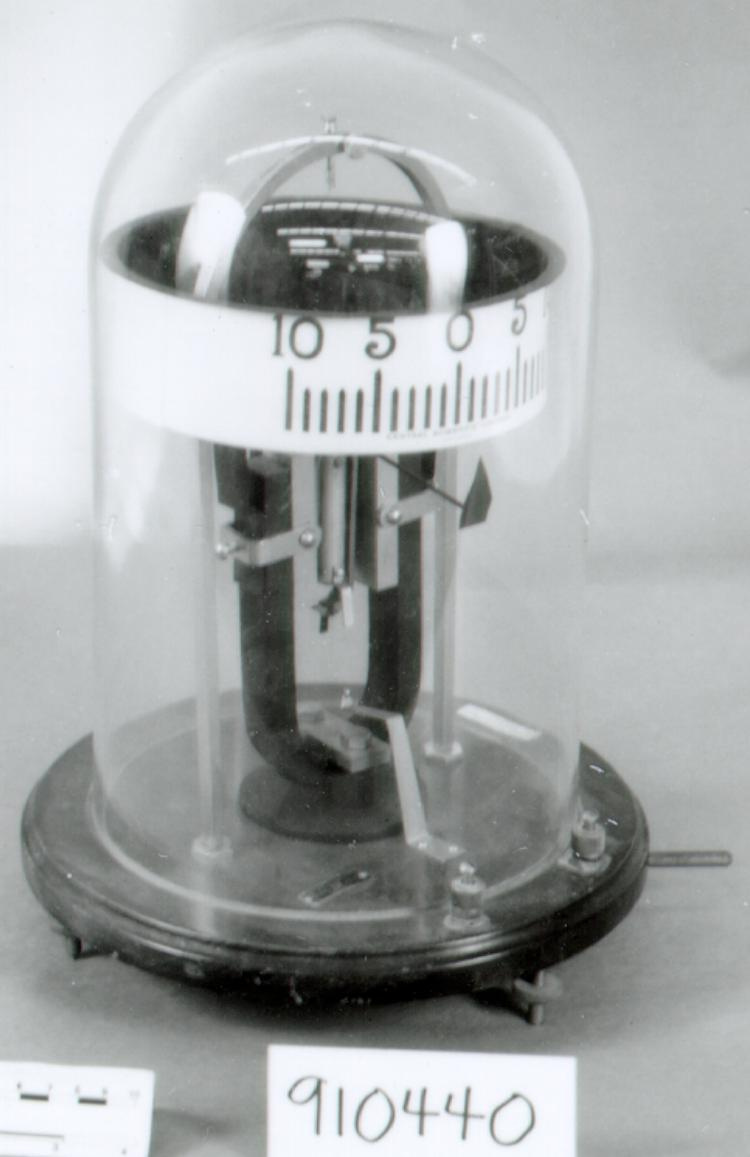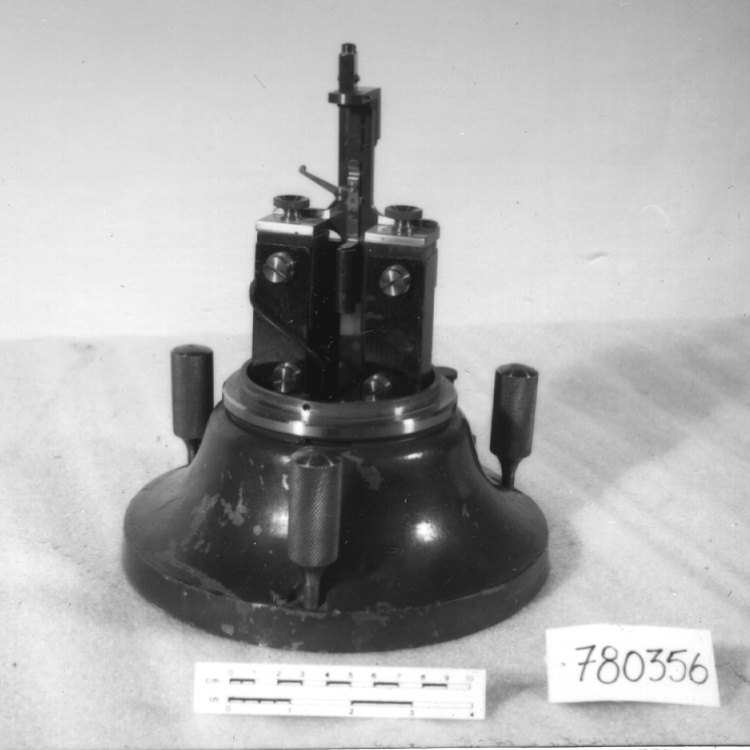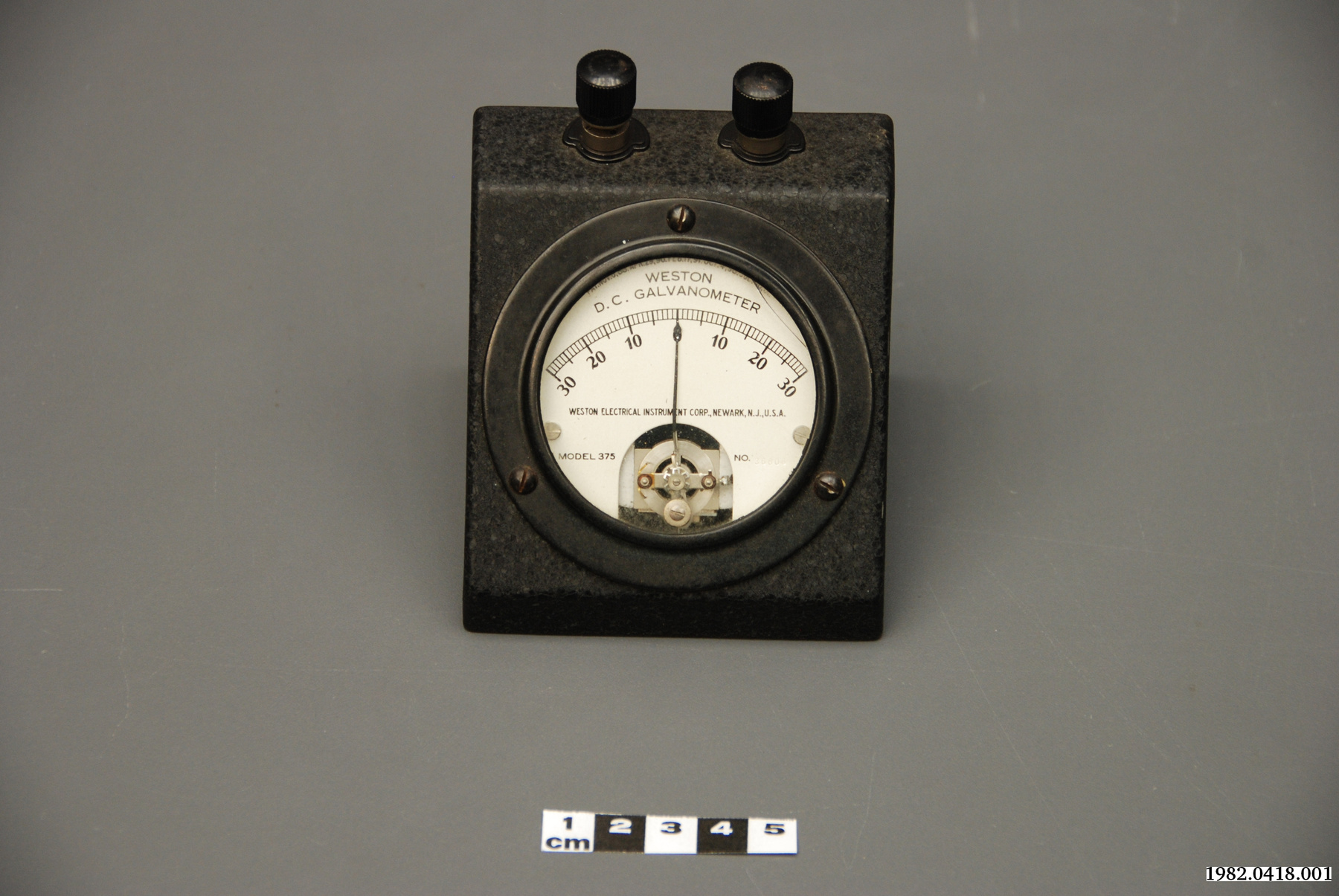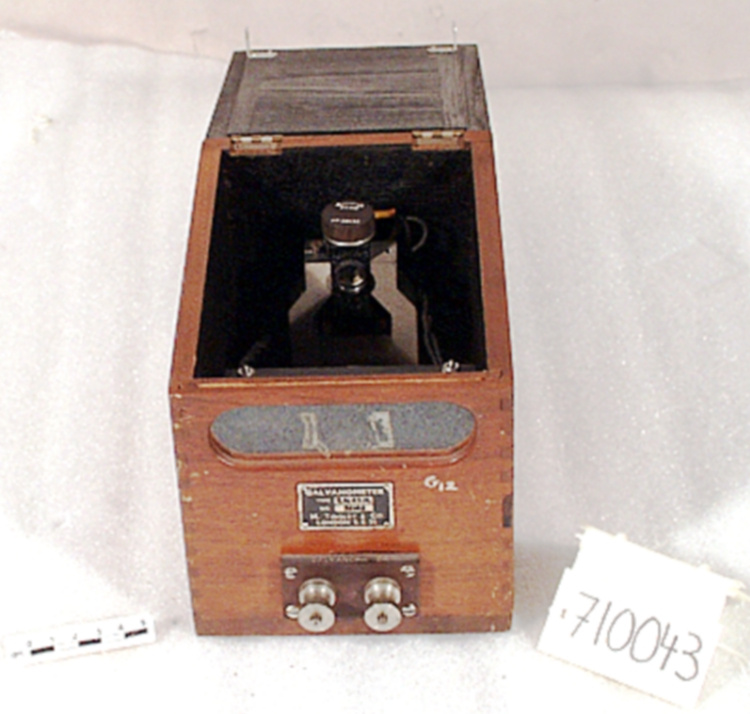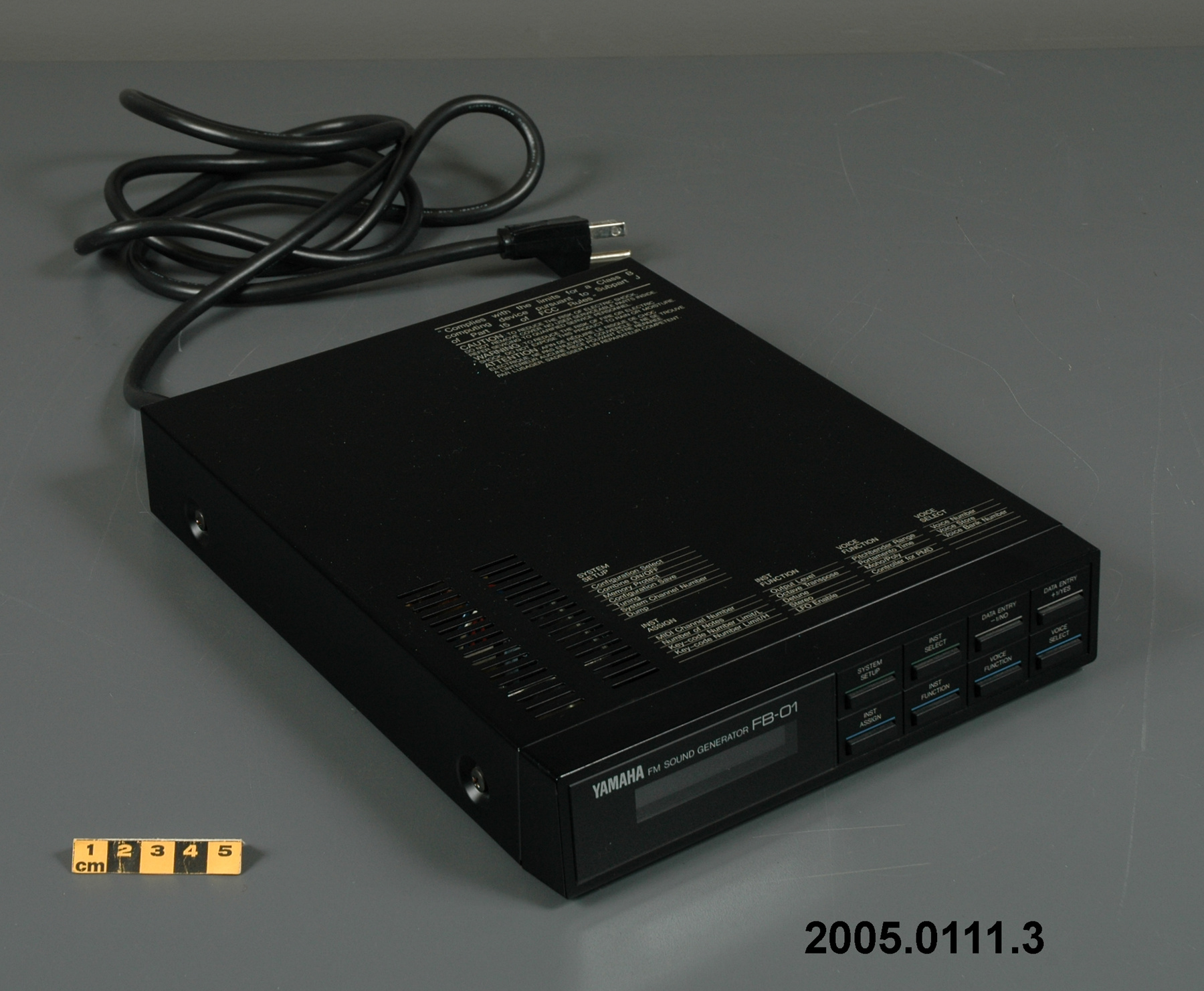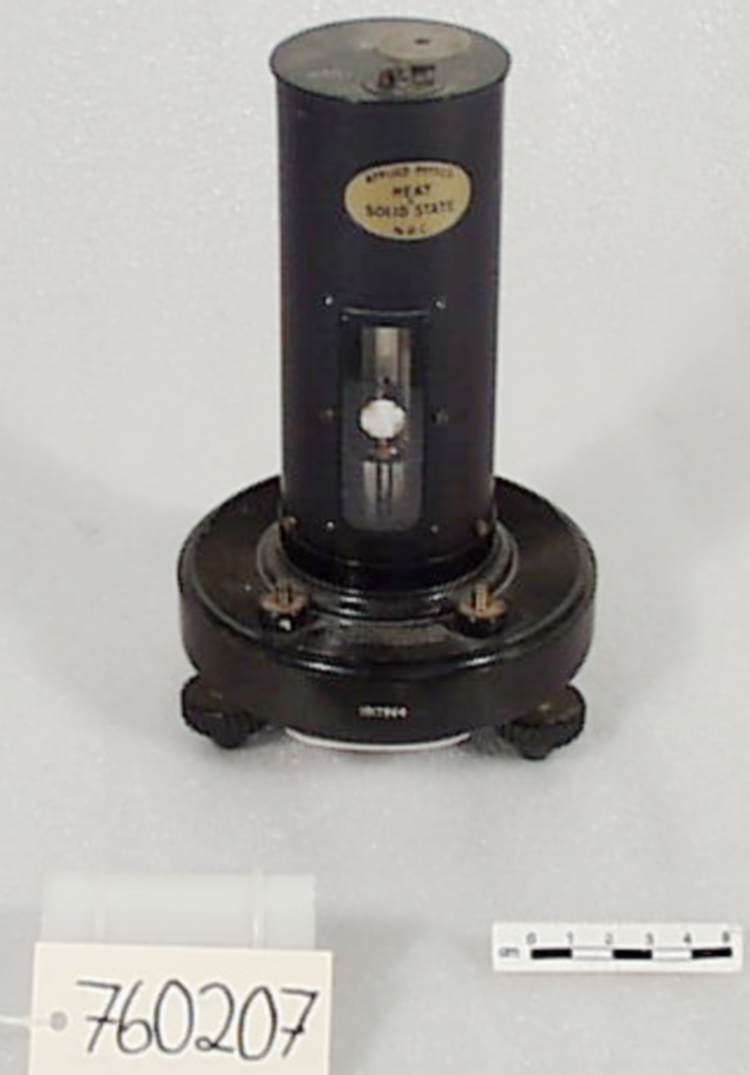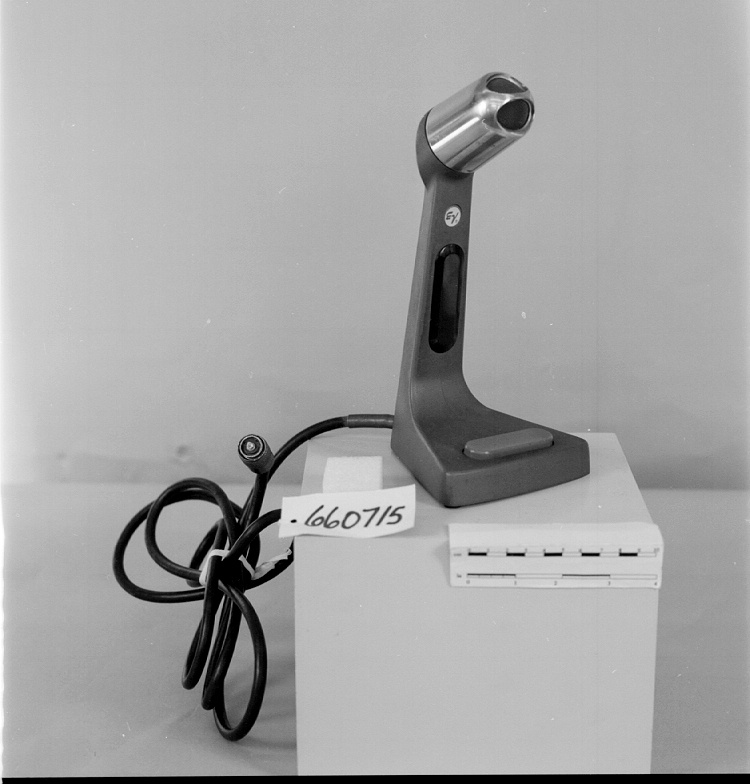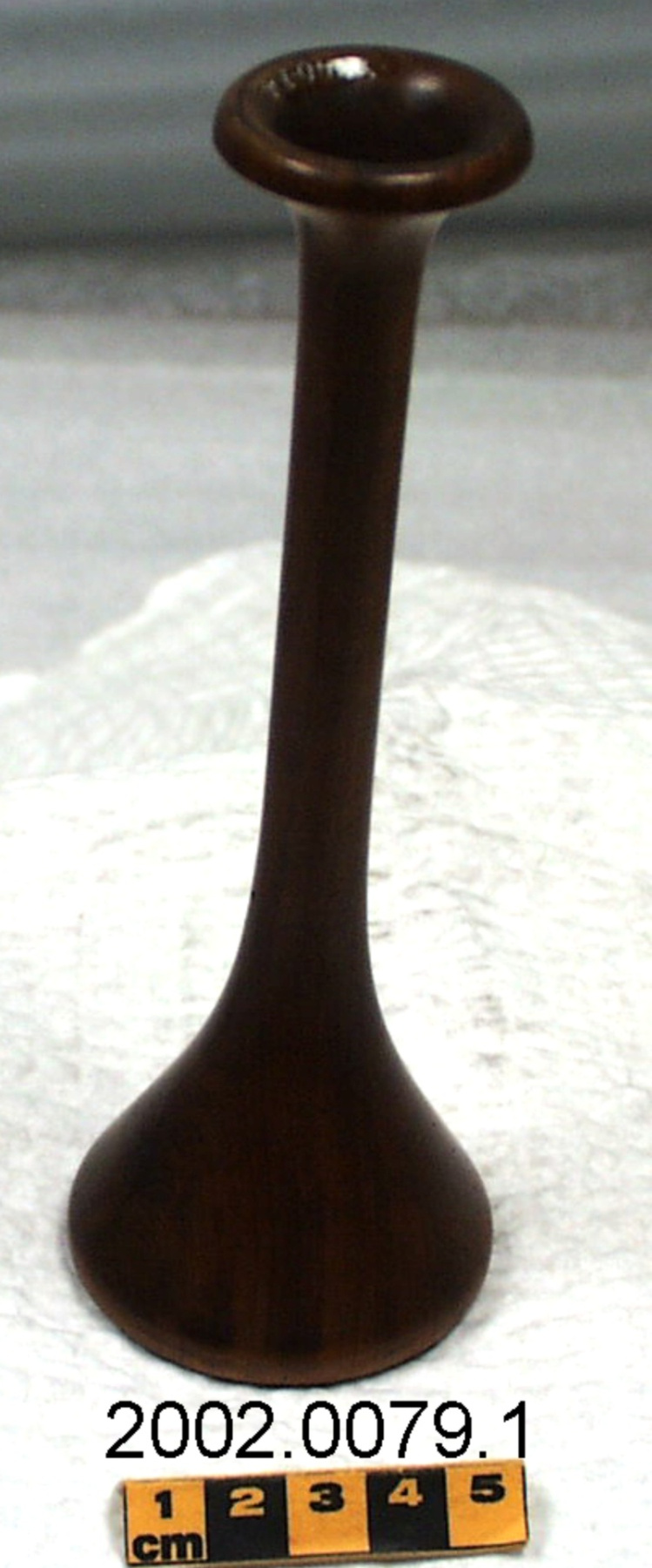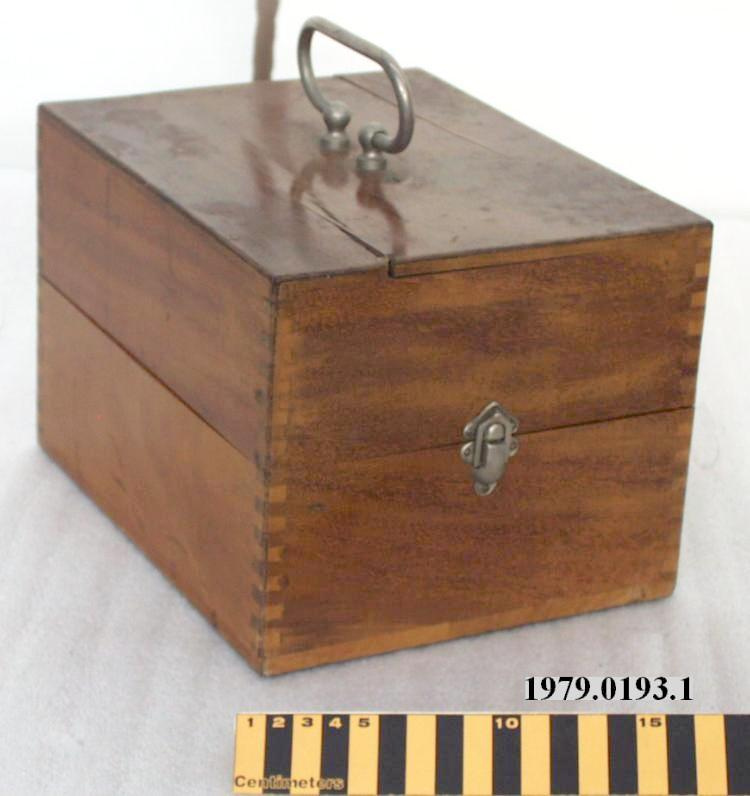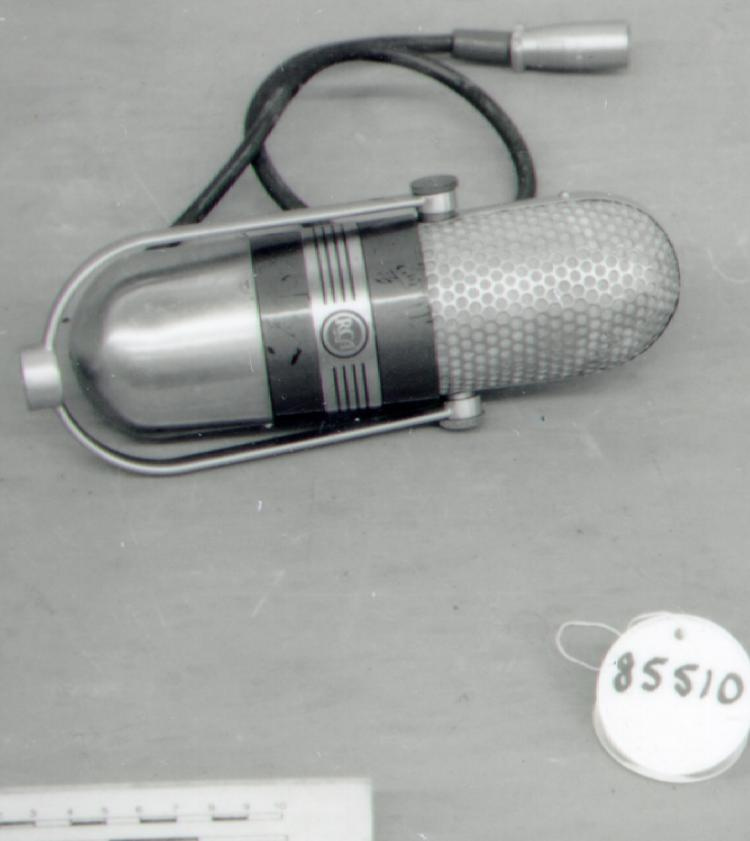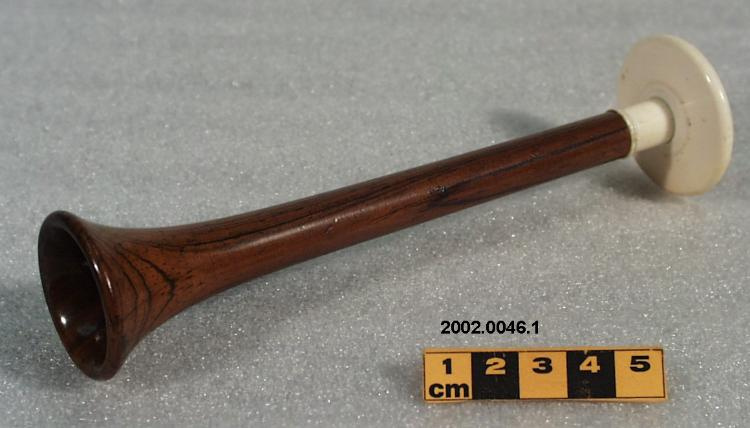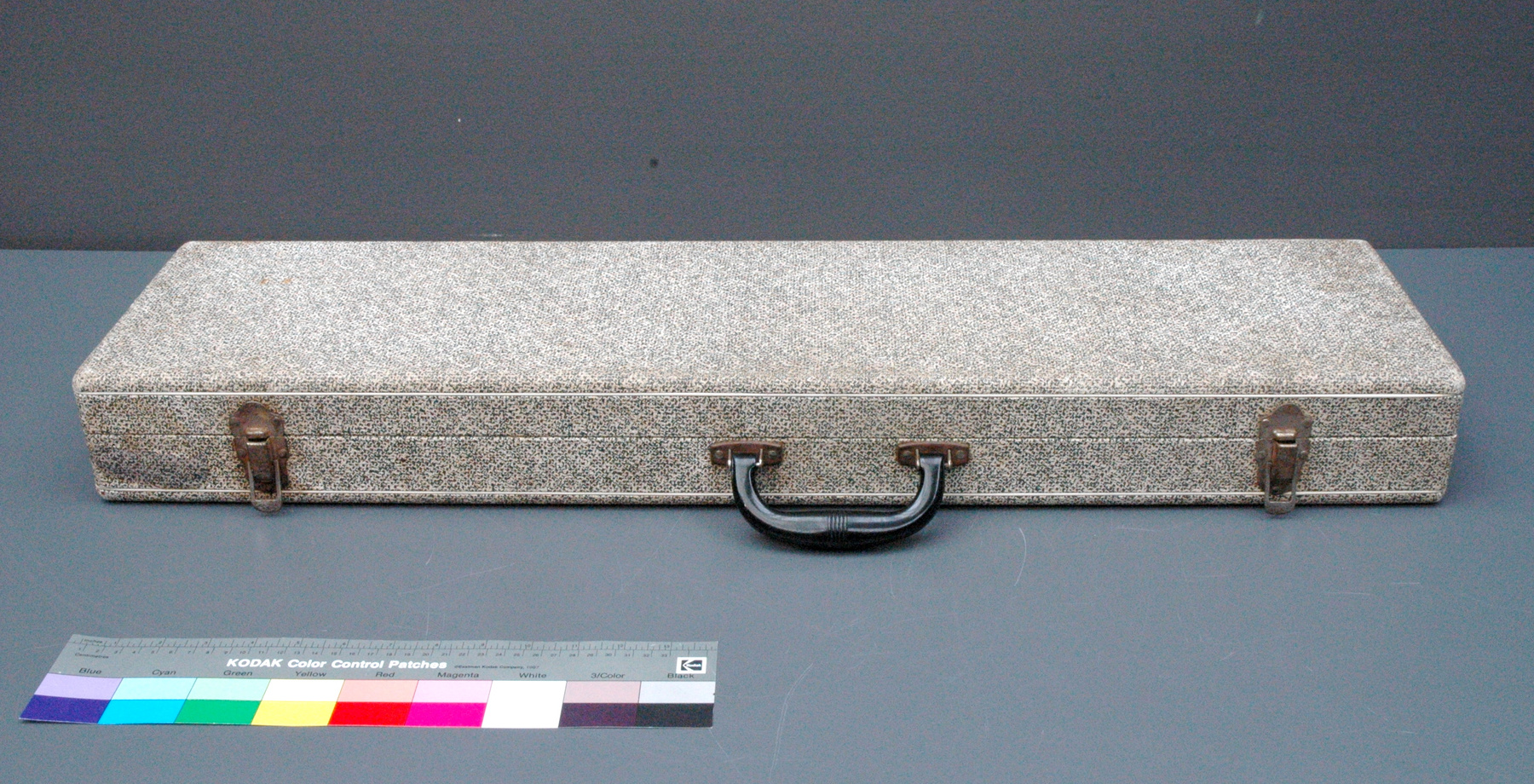Boîte à instruments
Utiliser cette image
Puis-je réutiliser cette image sans autorisation? Oui
Les images sur le portail de la collection d’Ingenium ont la licence Creative Commons suivante :
Copyright Ingenium / CC BY-NC-ND (Attribution-NonCommercial 4.0 International (CC BY-NC 4.0)
ATTRIBUER CETTE IMAGE
Ingenium,
2011.0069.002
Permalien:
Ingenium diffuse cette image sous le cadre de licence Creative Commons et encourage son téléchargement et sa réutilisation à des fins non commerciales. Veuillez mentionner Ingenium et citer le numéro de l’artefact.
TÉLÉCHARGER L’IMAGEACHETER CETTE IMAGE
Cette image peut être utilisée gratuitement pour des fins non commerciales.
Pour un usage commercial, veuillez consulter nos frais de reproduction et communiquer avec nous pour acheter l’image.
- TYPE D’OBJET
- guitar
- DATE
- 1960
- NUMÉRO DE L’ARTEFACT
- 2011.0069.002
- FABRICANT
- Inconnu
- MODÈLE
- Inconnu
- EMPLACEMENT
- Unknown
Plus d’information
Renseignements généraux
- Nº de série
- S/O
- Nº de partie
- 2
- Nombre total de parties
- 2
- Ou
- S/O
- Brevets
- S/O
- Description générale
- Wood body and lid; fabric exterior covering and interior lining; metal hinges, clasps, handle brackets; plastic handle
Dimensions
Remarque : Cette information reflète la taille générale pour l’entreposage et ne représente pas nécessairement les véritables dimensions de l’objet.
- Longueur
- 84,7 cm
- Largeur
- 28,2 cm
- Hauteur
- 9,0 cm
- Épaisseur
- S/O
- Poids
- S/O
- Diamètre
- S/O
- Volume
- S/O
Lexique
- Groupe
- Communications
- Catégorie
- Musique
- Sous-catégorie
- S/O
Fabricant
- Ou
- Inconnu
- Pays
- Inconnu
- État/province
- Inconnu
- Ville
- Inconnu
Contexte
- Pays
- Inconnu
- État/province
- Inconnu
- Période
- Inconnu
- Canada
-
Little is known about the provenance of this lap steel. Mr. Pilote acquired the guitar around 2007 in St. Catherines. This acquisition may well represent the first manufacturer of electric guitars and amplifiers in Canada. Information on the history of electric guitar manufacturing in Canada is almost non-existent. The Galt company may have been making lap steels and amps as early as the mid-1950s. In 1962 Glenn McDougall began building small numbers of electric guitars (though not lap steels) in Saskatoon, but guitar and amplifier making in general did not become well established in Canada until the late 1960s and early 1970s. Among the electric guitar manufacturers still active today is Godin Guitars, Montreal, a high volume manufacturer of instruments for the mass market. In the field of amplifiers, both Garnet (Winnipeg) and Traynor (Toronto) began in the late1960s, with Traynor still in business today. The lap steel guitar is associated with tow musical genres of cultural significance in Canada: Hawaiian music and country music. Hawaiian music burst onto the North American music scene in 1915 as a result of the wild popularity of performances at the Hawaiian pavilion of the Panama-Pacific International Exposition in San Francisco. Canada shared in the craze which continued into the 1940s; Hawaiian singer-guitarist Ben Hokea lived in Toronto and Montreal for many years performing, teaching and recording for the Compo and HMV labels. From Hawaiian music, the use of the lap steel spread to country and western music. Country music, of course, has had a huge impact in Canada, with major radio and recording artists like Hank Snow and Wilf Carter emerging in the 1930s. The genre has had enduring popularity, initially in rural areas of Atlantic Canada, Quebec, western Ontario and the prairies but increasingly in cities as well. The slide style of playing, though rarely the lap steel itself, was also taken up by blues musicians. (Taken from the Acquisition Proposal) - Fonction
-
Carrying and storage case for an electric lap steel guitar. - Technique
-
Manufacturers began electrifying fretted string instruments on an experimental basis in the 1920s. The first commercially successful electric guitar in the modern sense was a lap steel, or Hawaiian, guitar, which was introduced in 1932. The Ro-Pat-In company's Electro (later Rickenbacker Electro) was a complete departure from acoustical conventions. The pickup consisted of a coil that encircled six small magnets, one for each of the instrument's six steel strings. This assembly was surrounded by a pair of larger horseshoe magnets. Vibrations by the plucked strings caused changes in the pickup's magnetic field, inducing a varying electrical signal in the coil that was then amplified and fed to a loudspeaker. With such an electromagnetic pickup the amplifying capacity of a hollow-bodied wooden instrument became largely irrelevant. In fact, the first Electro Hawaiian guitars were made of solid cast aluminum. Later Hawaiian models were made of Bakelite, chrome-plated brass, painted sheet metal or solid wood. The Electro guitars soon found imitators among established instrument makers, like National and Gibson, and, after the end of the Second World War, by newcomers like Fender. The lap steel guitar is so-called because the guitars hold the instrument on the lap and uses a steel bar to fret the strings. This style of playing calls for an "open tuning" of the strings, so that chords are played on open (i.e.unfretted) strings or by placing the bar across all strings of a single fret. A further development of the lap steel is the console steel guitar, which consists of multiple necks to allow for multiple tunings, and the pedal steel, which in addition to the multiple necks also uses pedals and knee levers to alter string pitch. Even more than the other electrics, the body of the lap steel becomes a simple non-resonant platform for the strings and pickups. Typically also, lap steels have not frets per se. These are replaced by simple reference marks on the neck. In 1950 Leo Fender introduced a solid body Spanish guitar that transformed the electric guitar landscape. Fender's Esquire proved surprisingly popular, as did its successors the Broadcaster (later Telecaster) and Stratocaster. In response to Fender's success, major manufacturers introduced their own solid body Spanish guitars. But perhaps Fender's greatest contribution was in taking the idea of the solid body electric guitar and applying mass production techniques to its fabrication, thus lowering the price and increasing its use among musicians. Largely as a result, the amplified electric guitar became the central instrument in the small music ensembles that developed and articulated a variety of blues-based popular musical genres over the next half century, including rhythm and blues, rockabilly, rock 'n roll, psychadelic, soul, funk, punk, disco, heavy metal and grunge. Despite the rise to mythic status of the solid-body Spanish guitars, the lap steel enjoyed an enduring popularity, both for Hawaiian-style instrumentals and for country and western music. The key electronic component on the electric guitar is the pickup. The single coil, associated with Fender, and the humbucker, associated with Gibson, are the two main types. A single coil pickup, which consists of copper wire around six slug magnets, produces a bright or crisp sound but is prone to interference. The humbucker consists of two single coil pickups wired in series. Because the winding of one coil is opposite the other, as is the polarit of teh magnets, hum is cancelled out. Because of the two coils, humbucker pickups are louder, and produce a full, rich sound. The position of the pickup is critical to the timbre of sound produced, and many guitars feature two or more pickups so that players may select their preferred sound. Control circuitry for electric guitars is simple, consisting of potentiometers to control volume and tone. The volume control shunts progressively more or less voltage to ground, thus altering the input to the amplifier. The tone control shunts to ground through a capacitor, whose resistance varies by frequency. (Taken from the Acquisition Proposal) - Notes sur la région
-
Inconnu
Détails
- Marques
- None
- Manque
- Appears complete.
- Fini
- Coated black and white fabric covering wood with a black plastic handle and silver coloured clasps and a violet cloth interior.
- Décoration
- S/O
FAIRE RÉFÉRENCE À CET OBJET
Si vous souhaitez publier de l’information sur cet objet de collection, veuillez indiquer ce qui suit :
Fabricant inconnu, Boîte à instruments, vers 1960, Numéro de l'artefact 2011.0069, Ingenium - Musées des sciences et de l'innovation du Canada, http://collection.ingeniumcanada.org/fr/id/2011.0069.002/
RÉTROACTION
Envoyer une question ou un commentaire sur cet artefact.
Plus comme ceci
